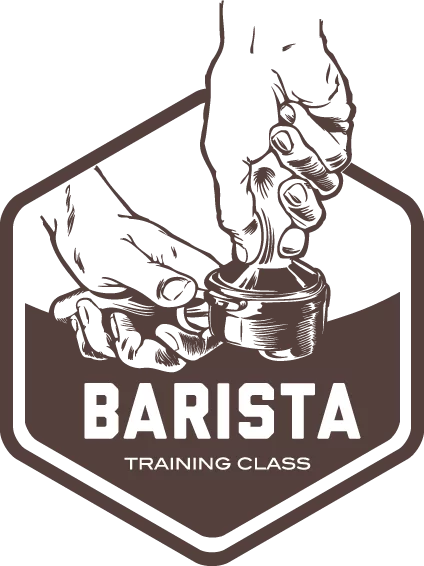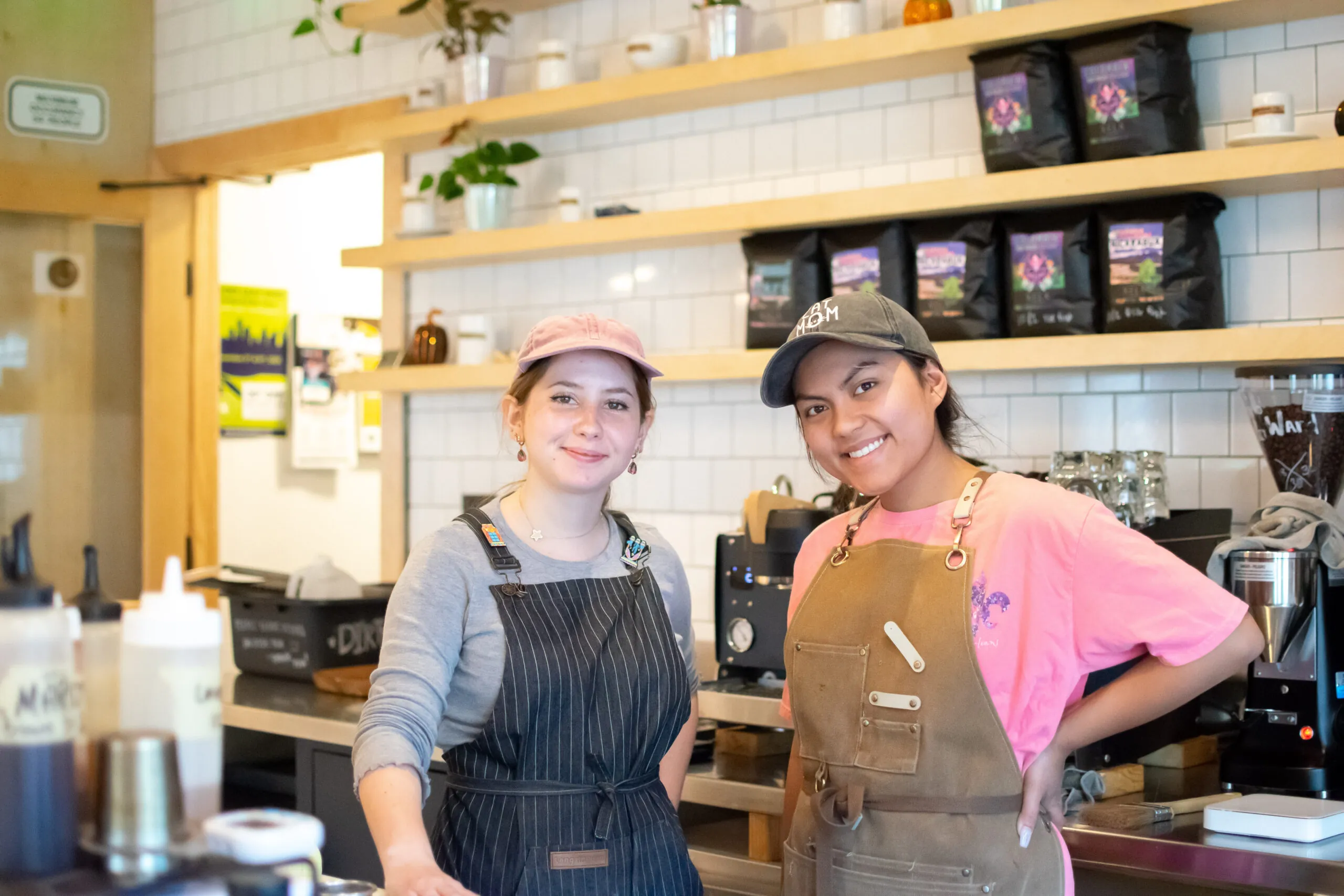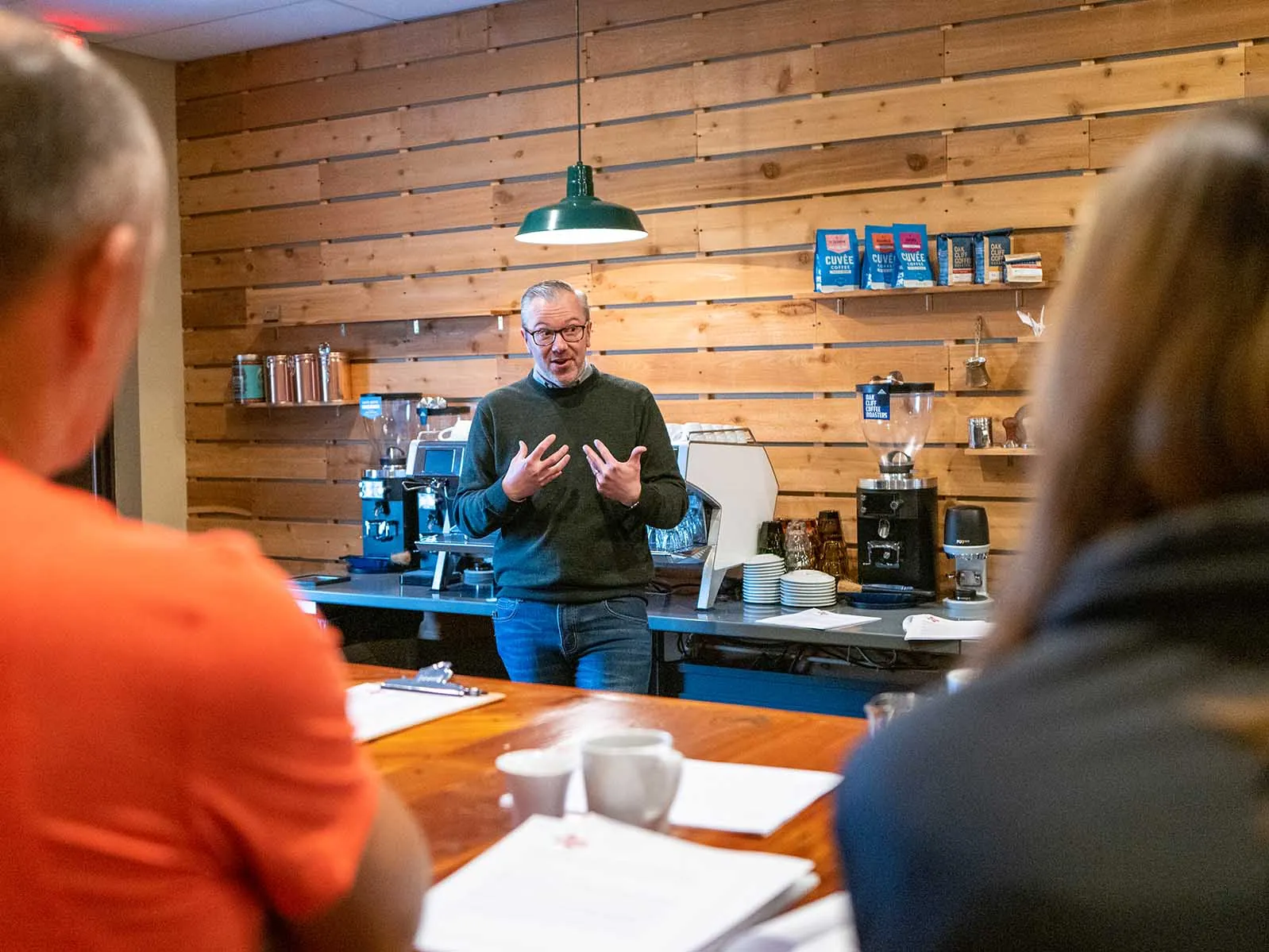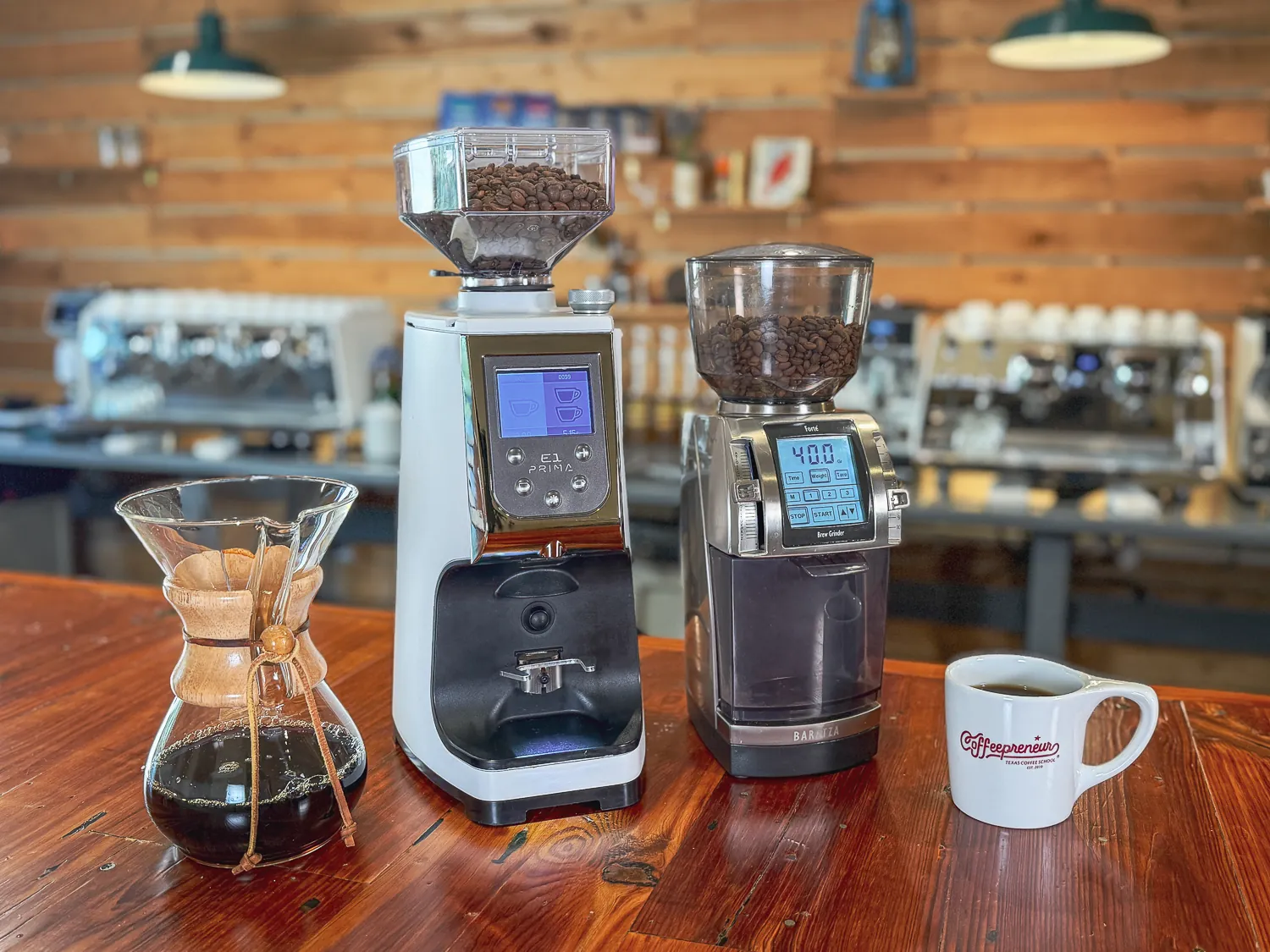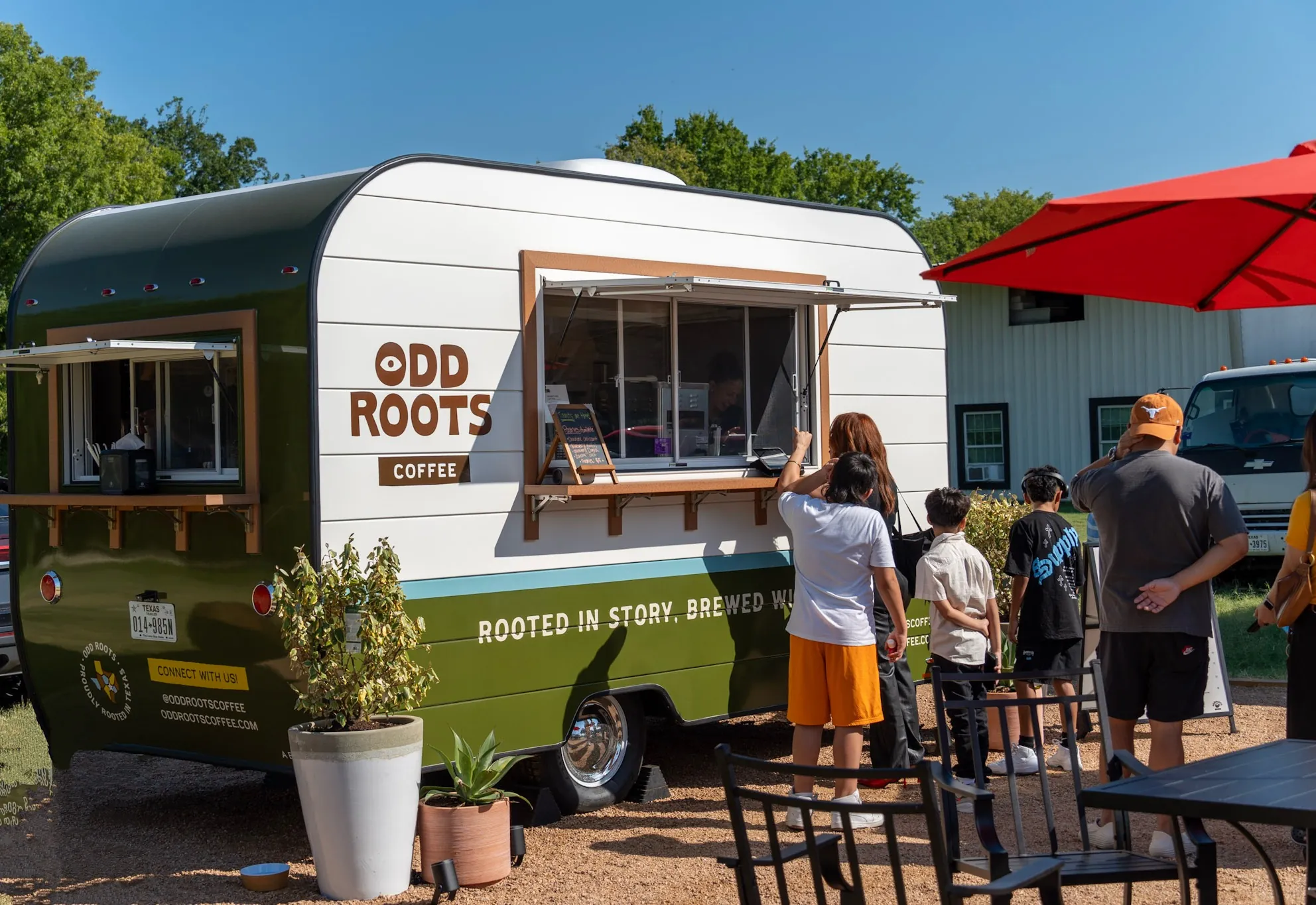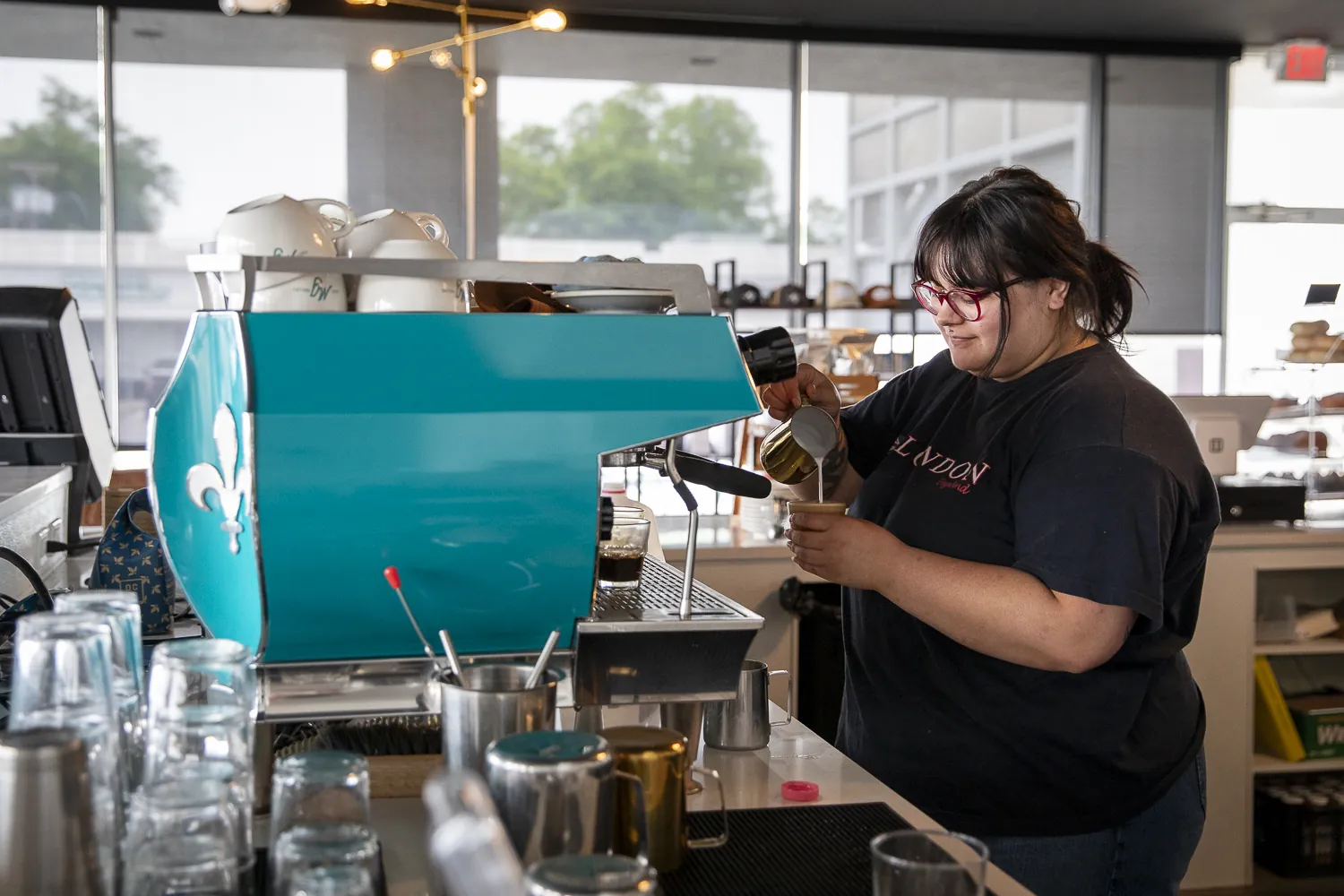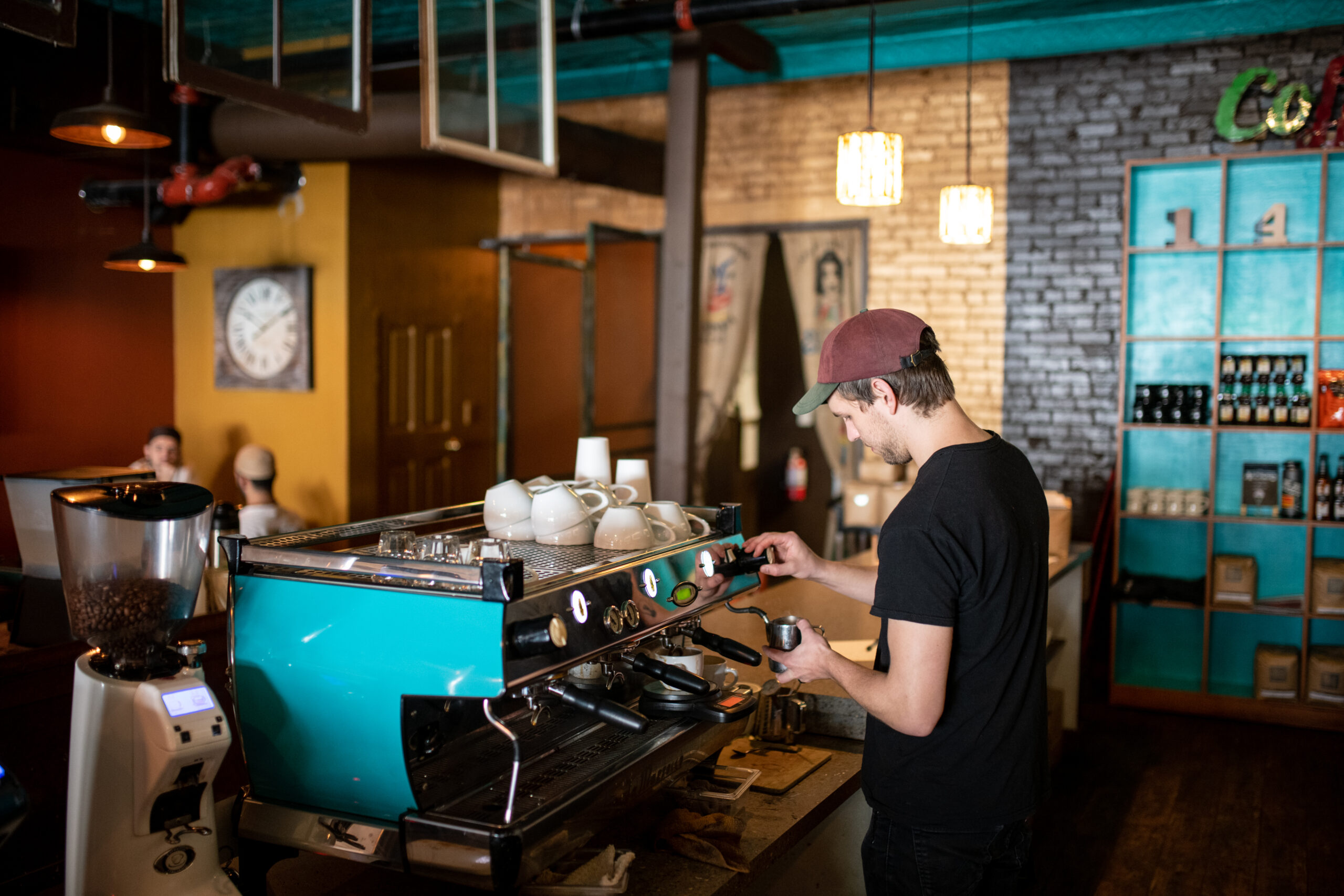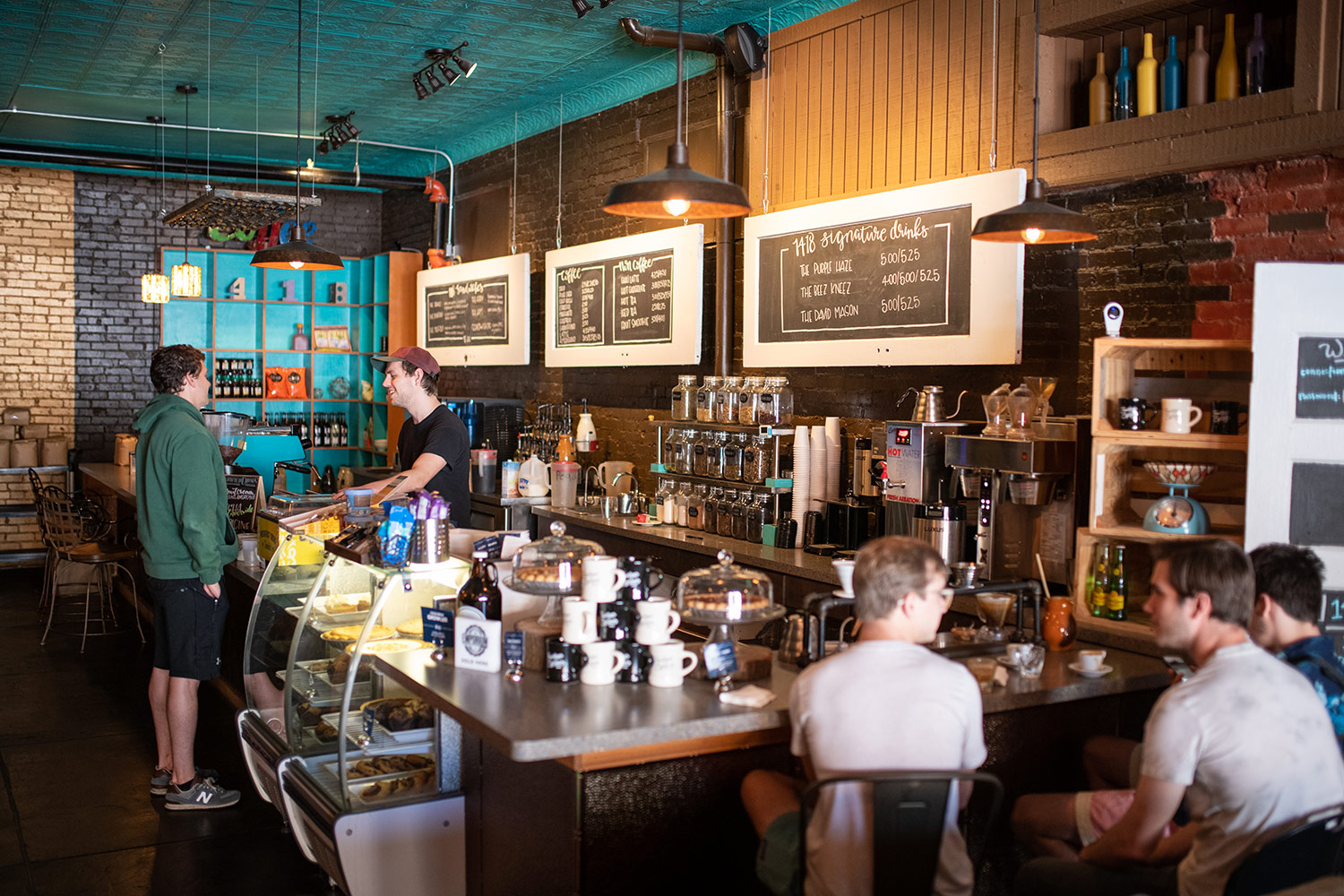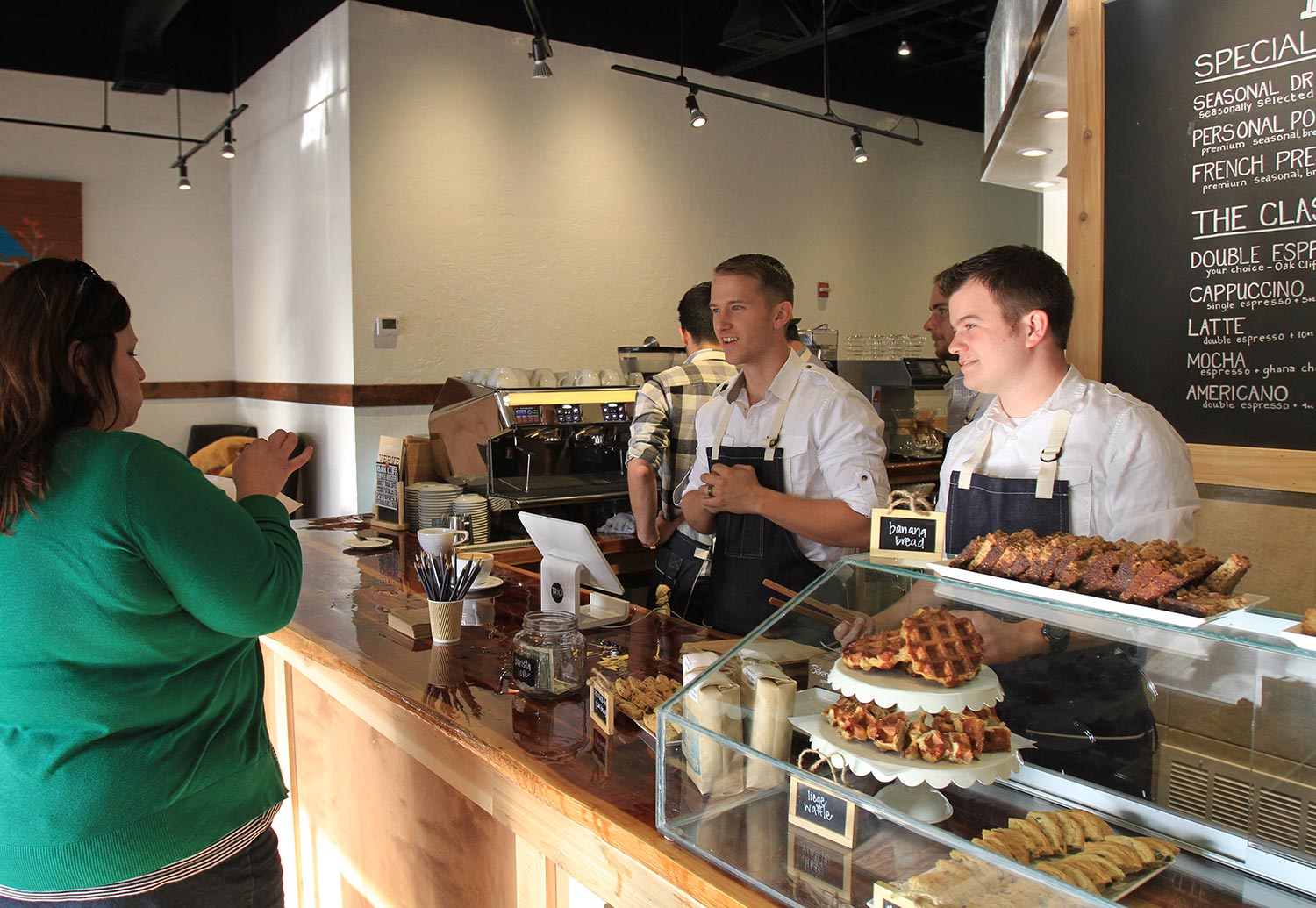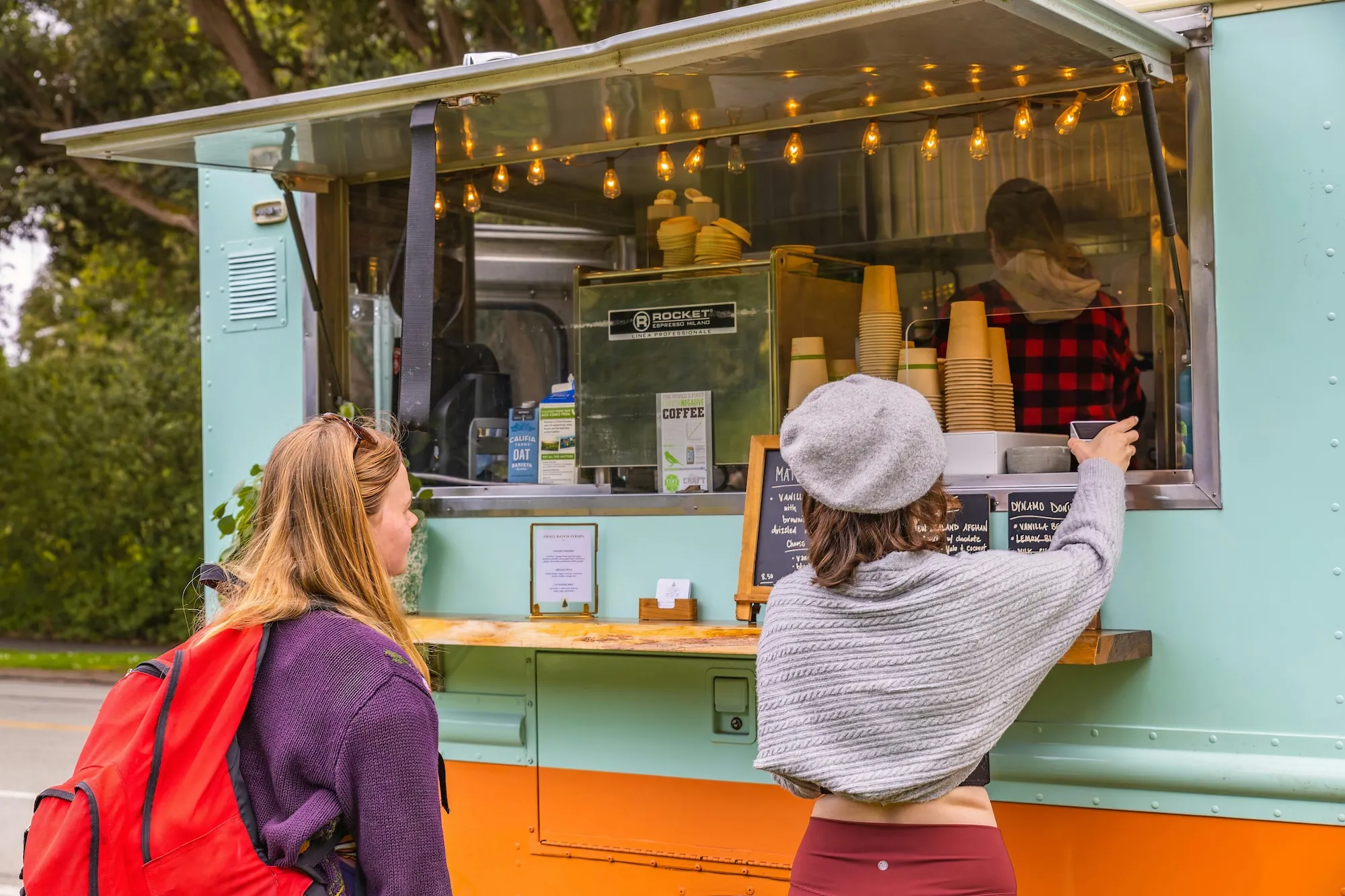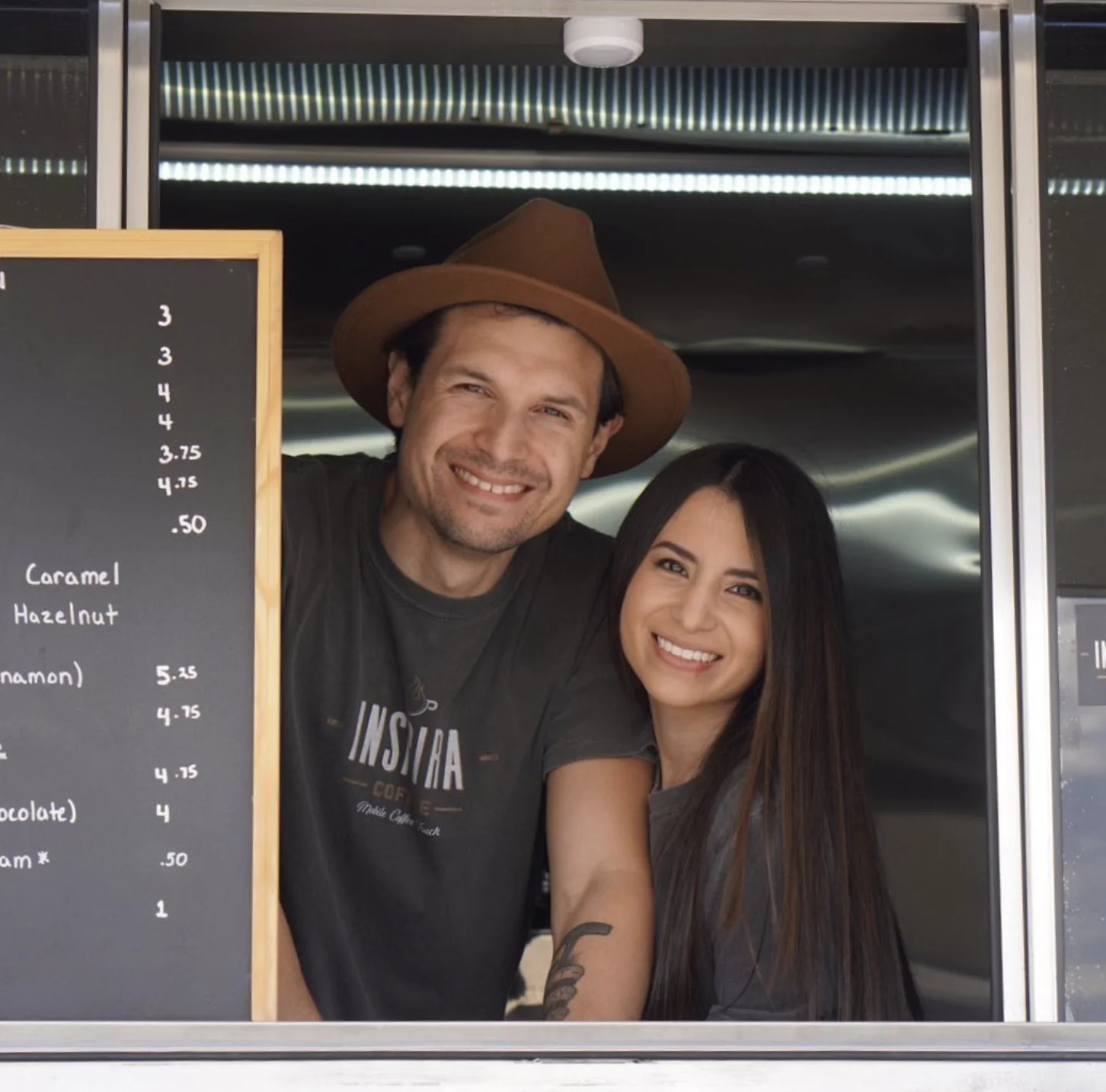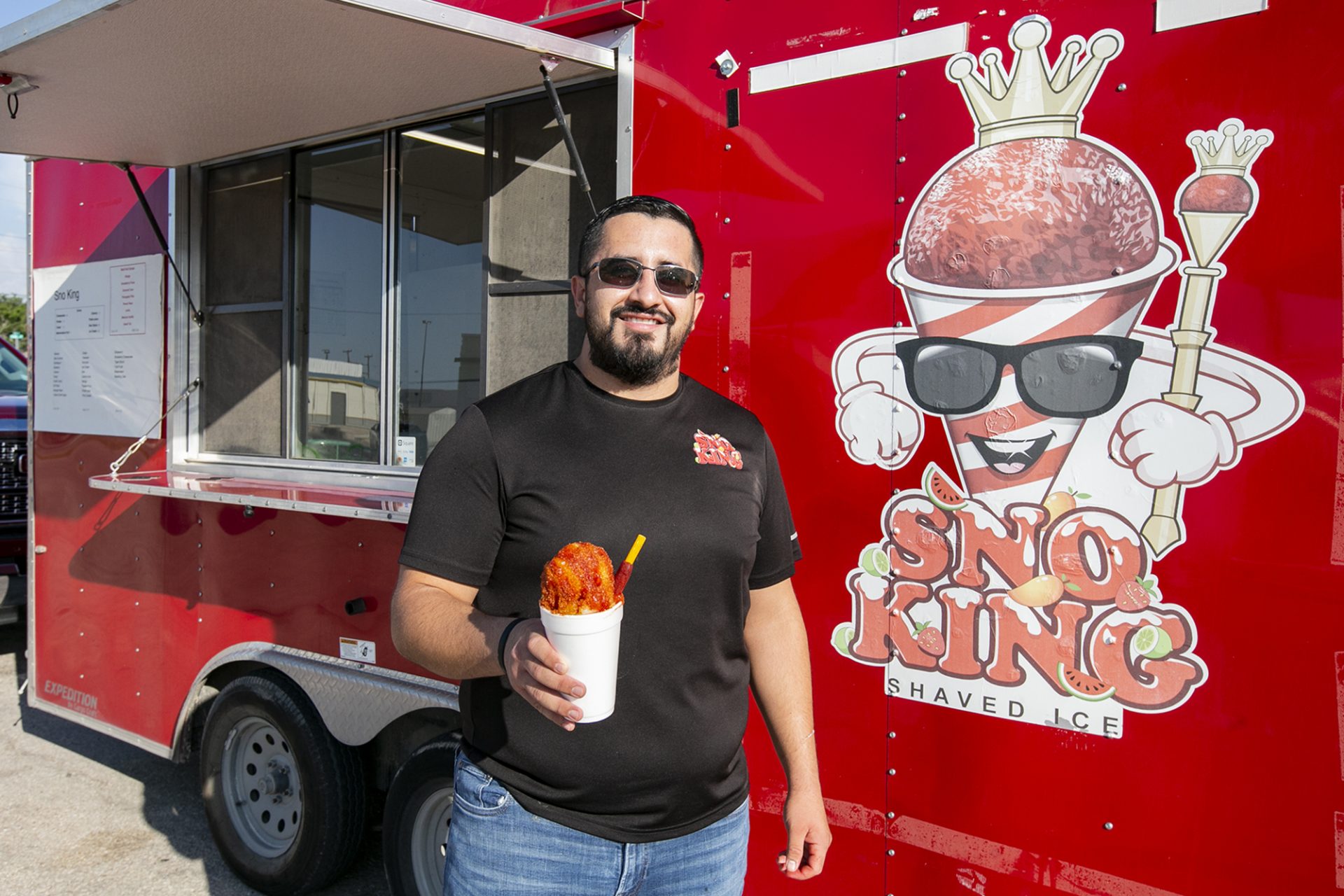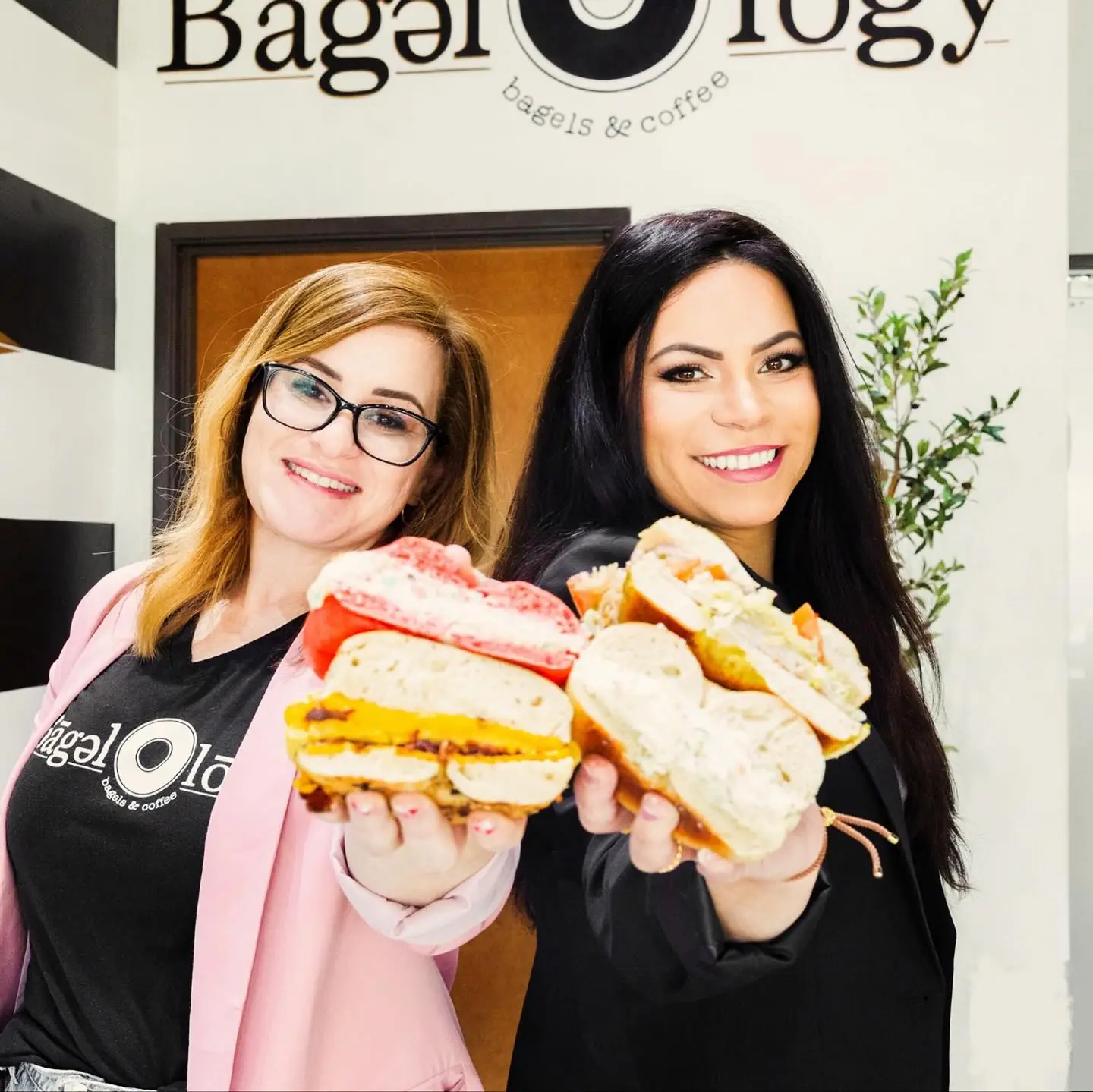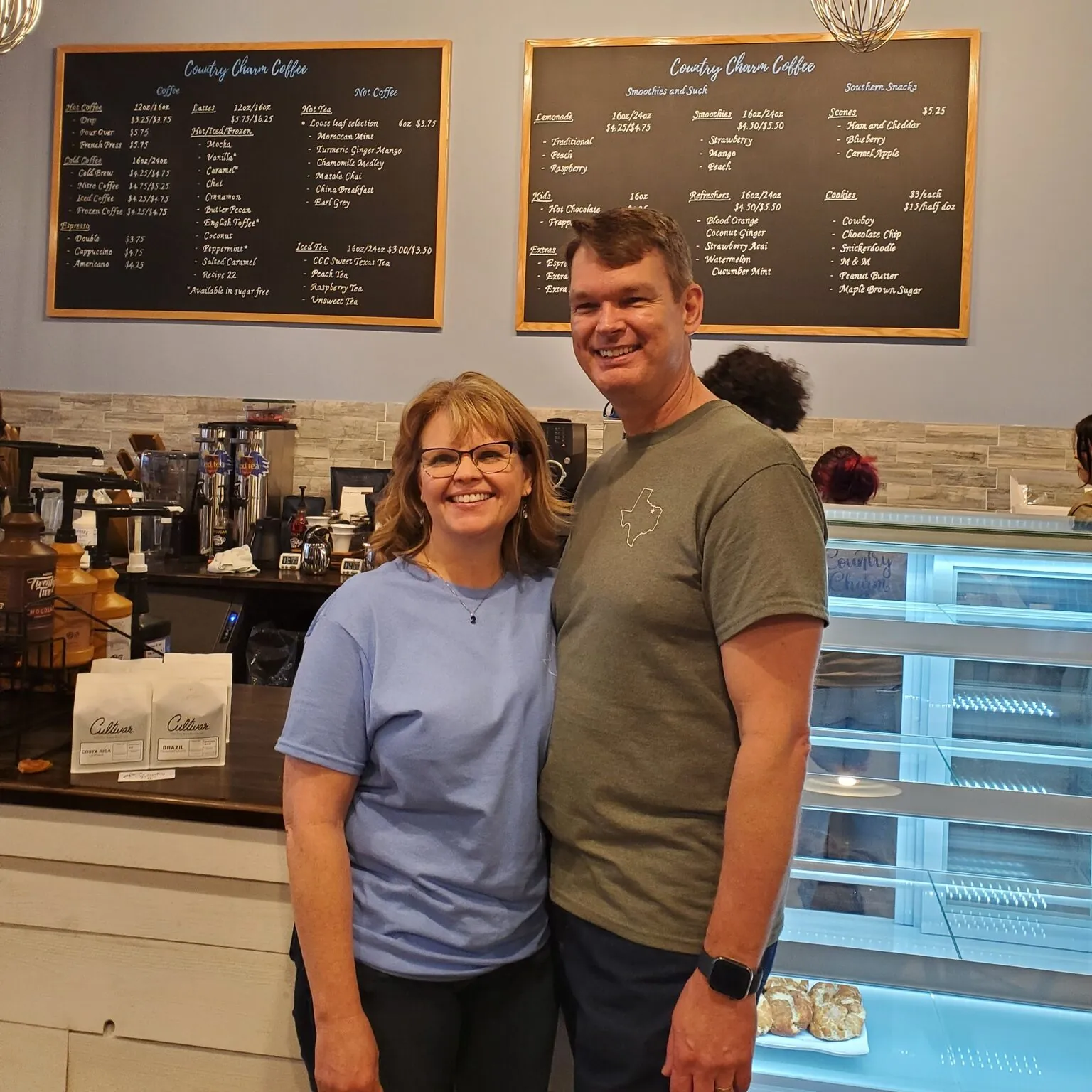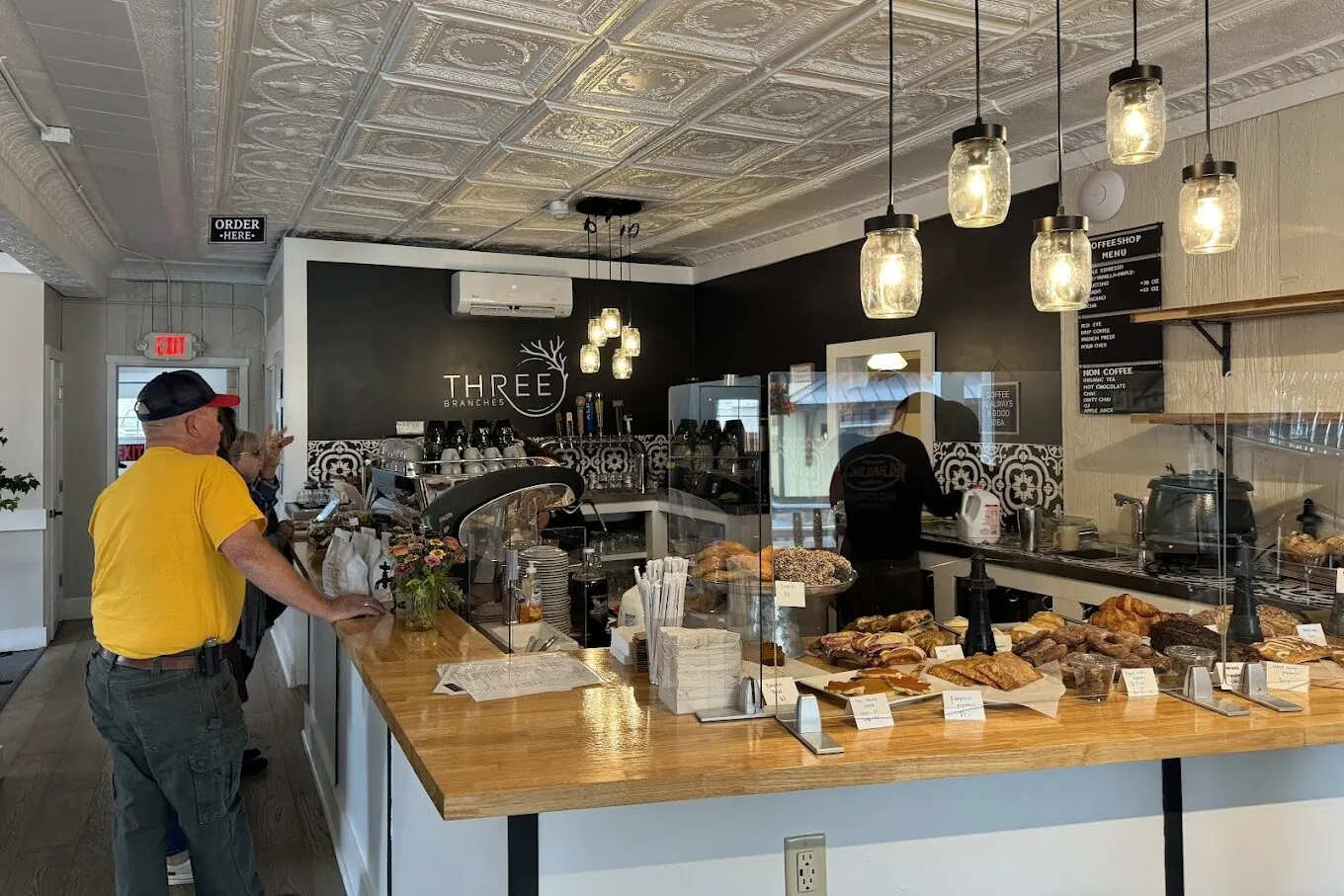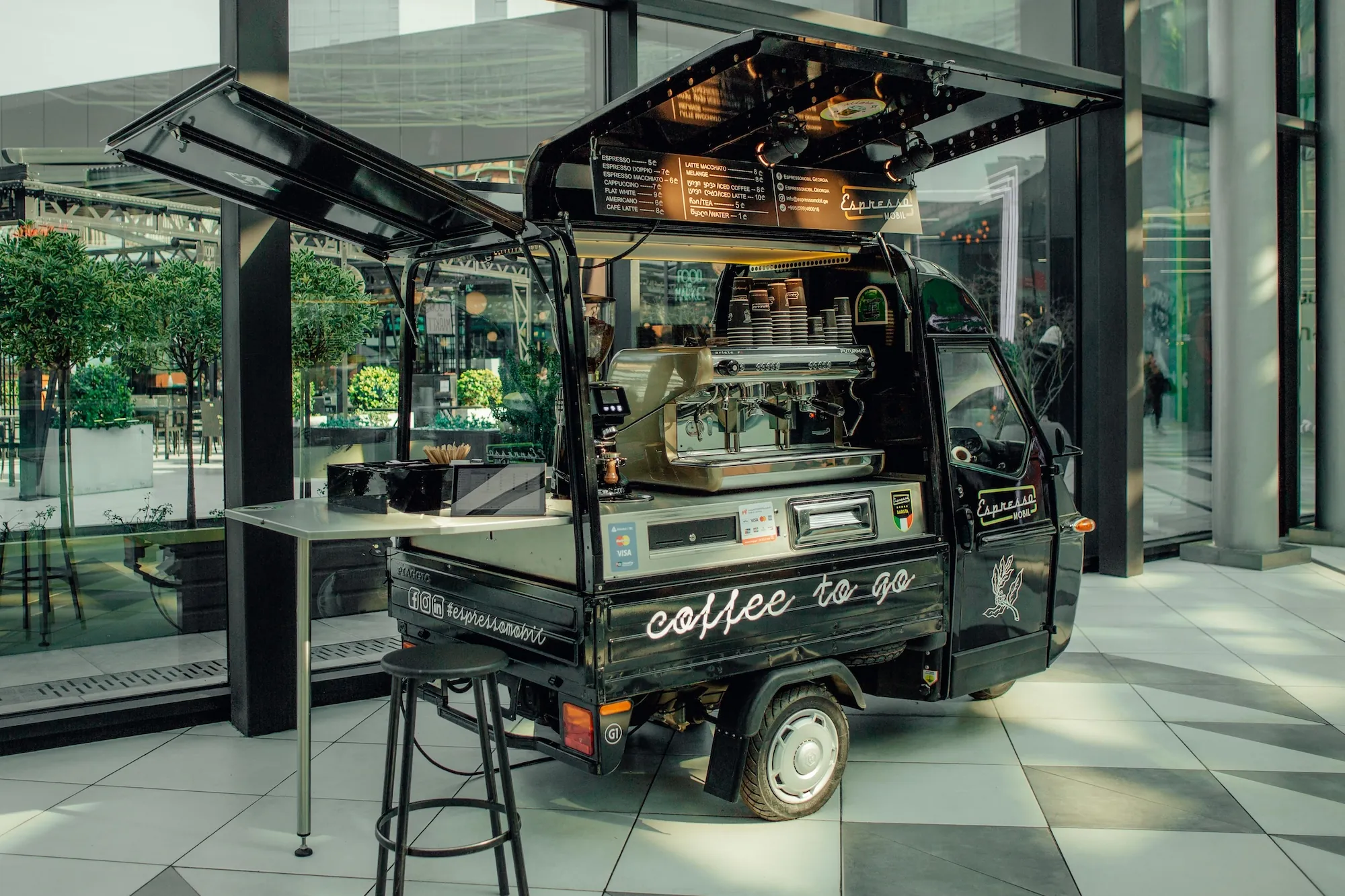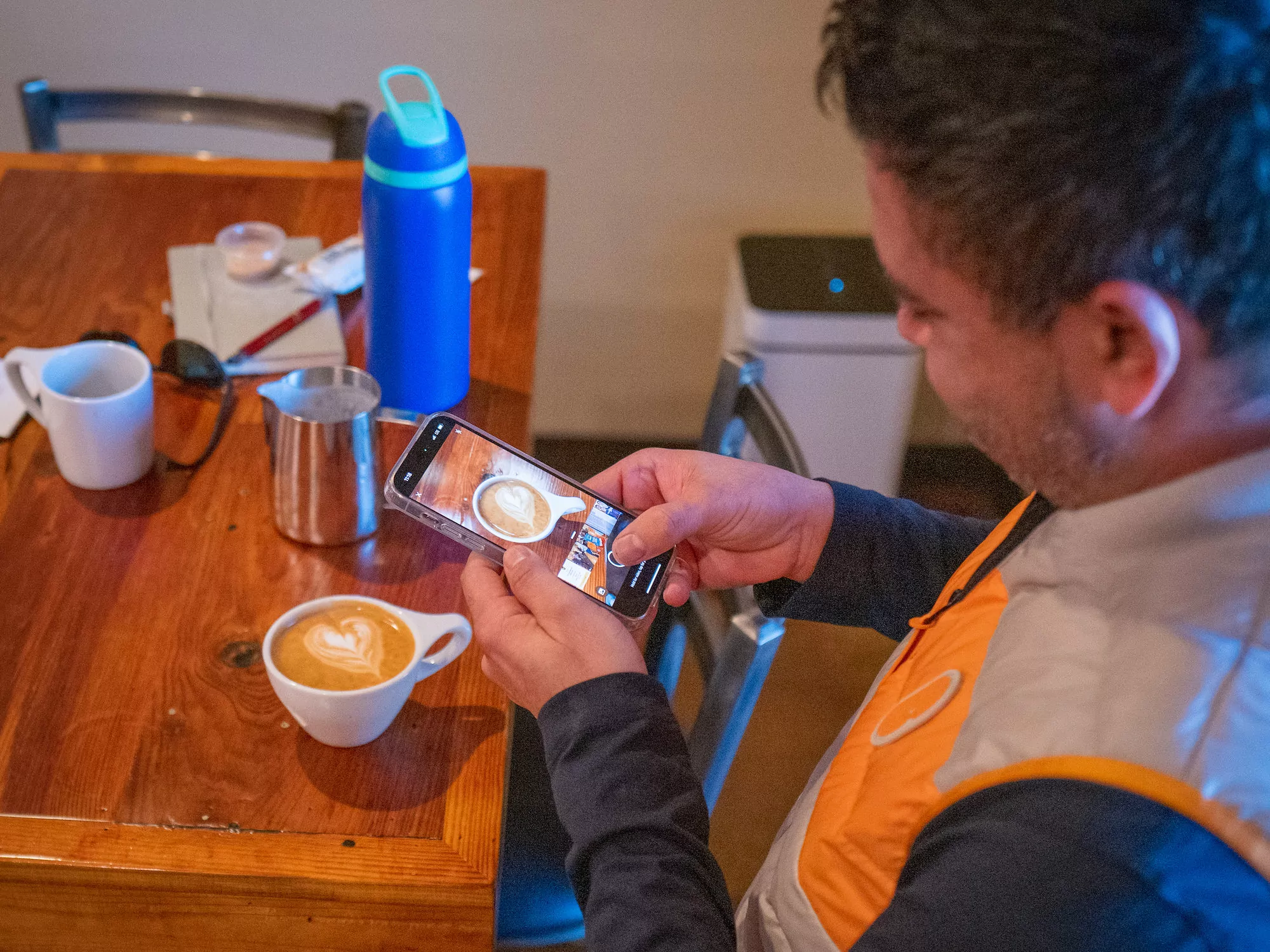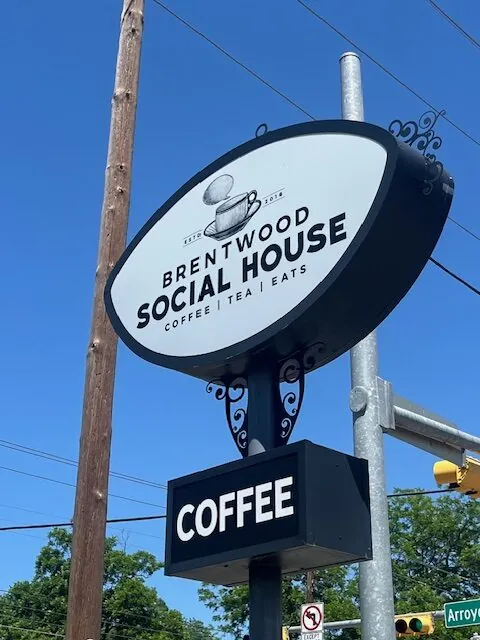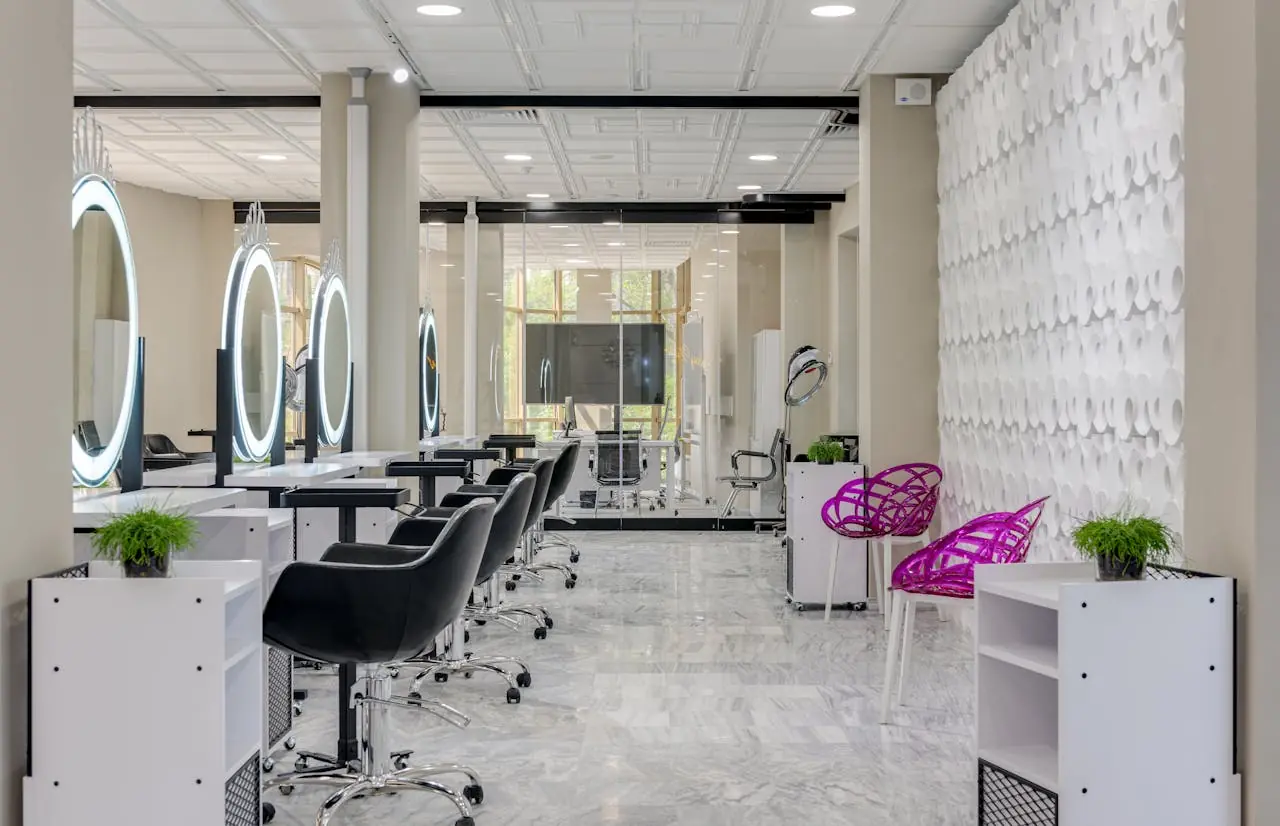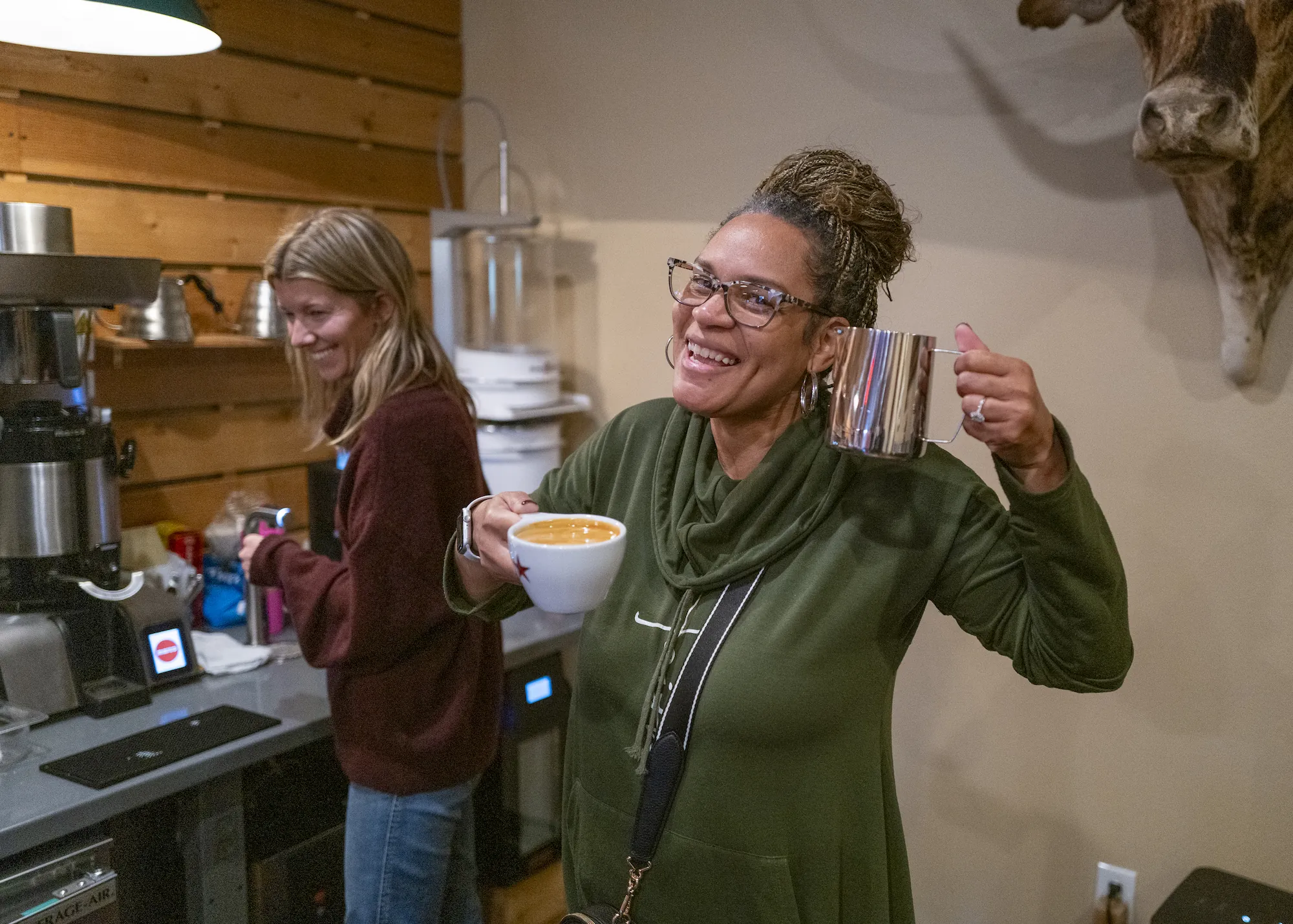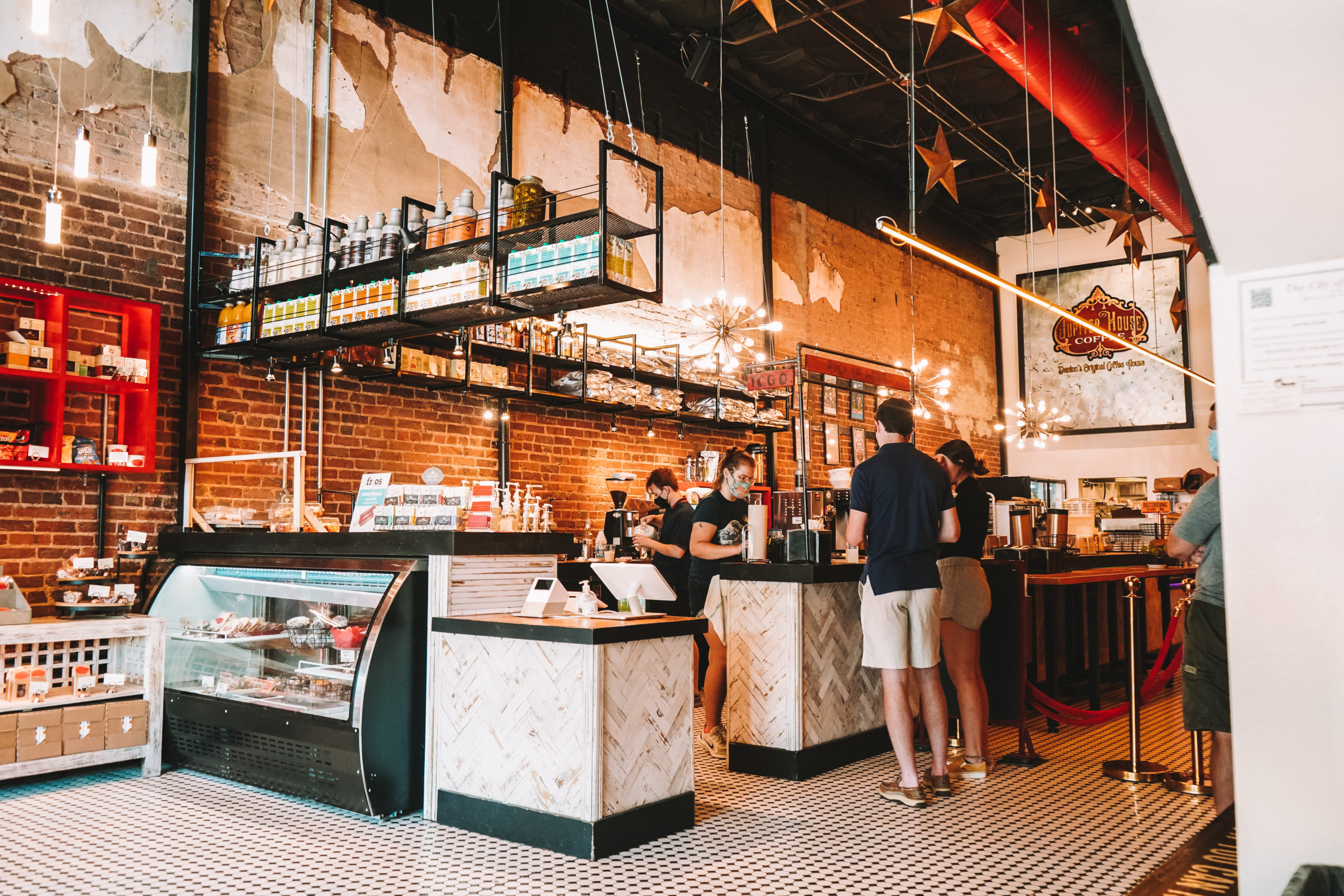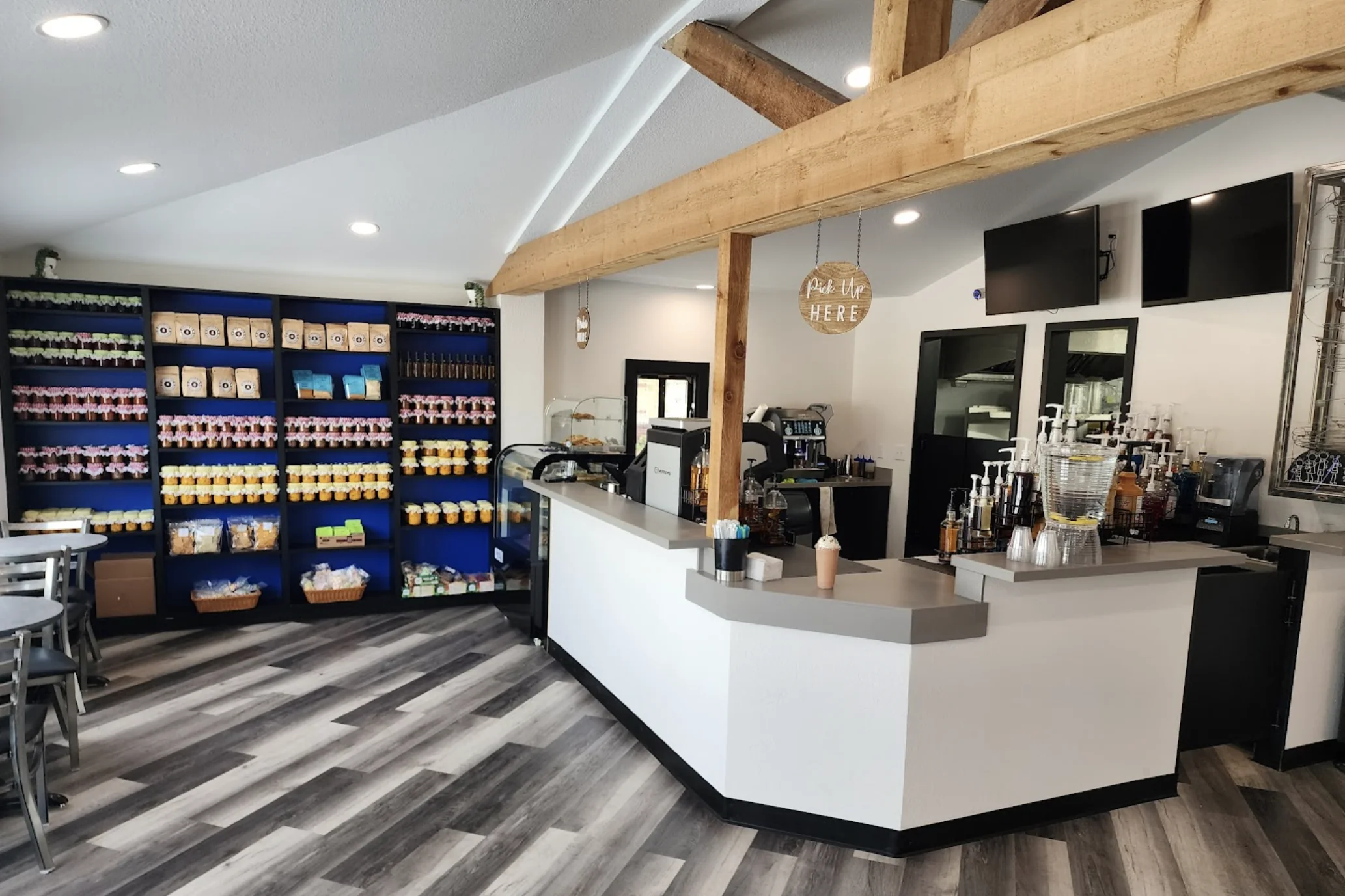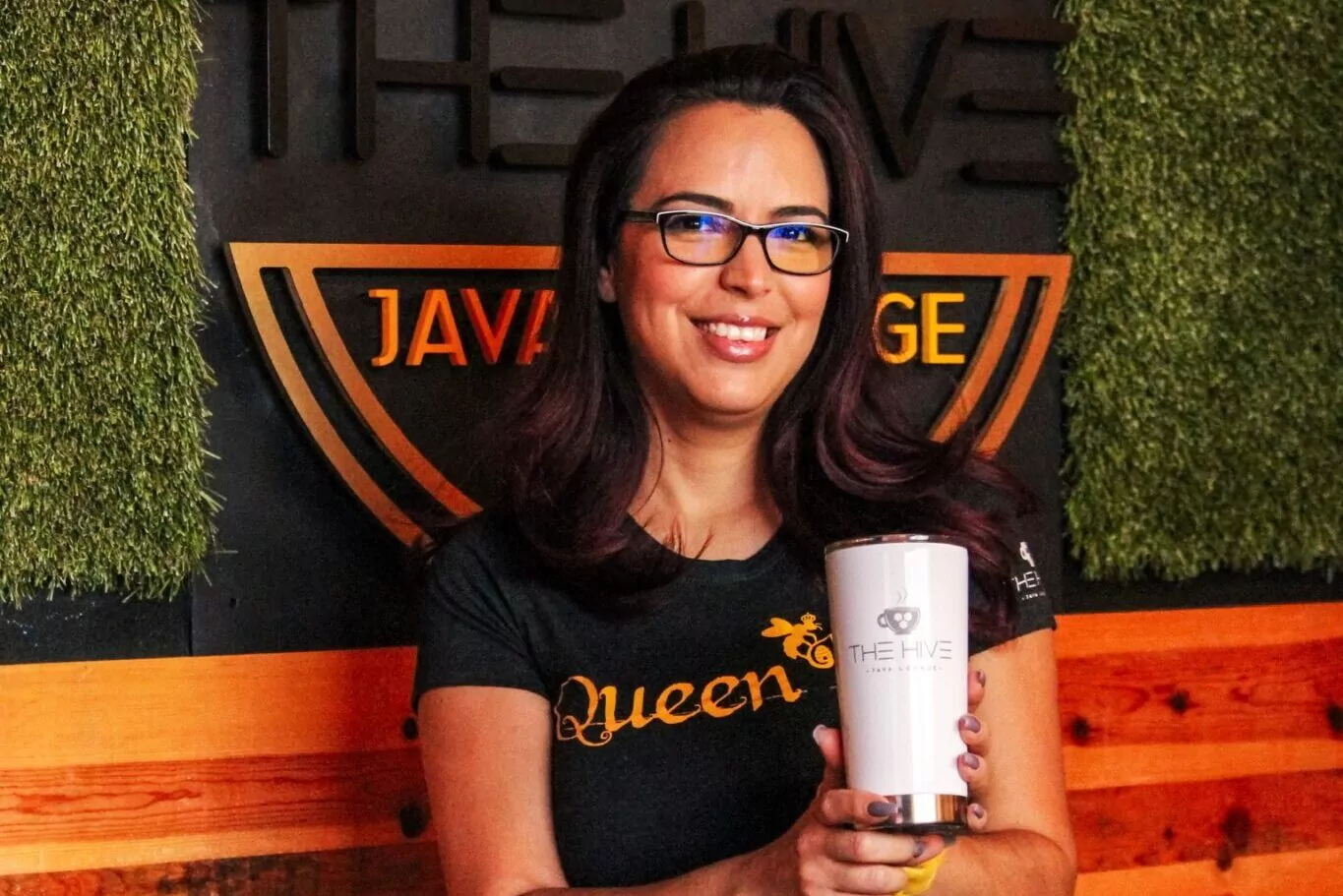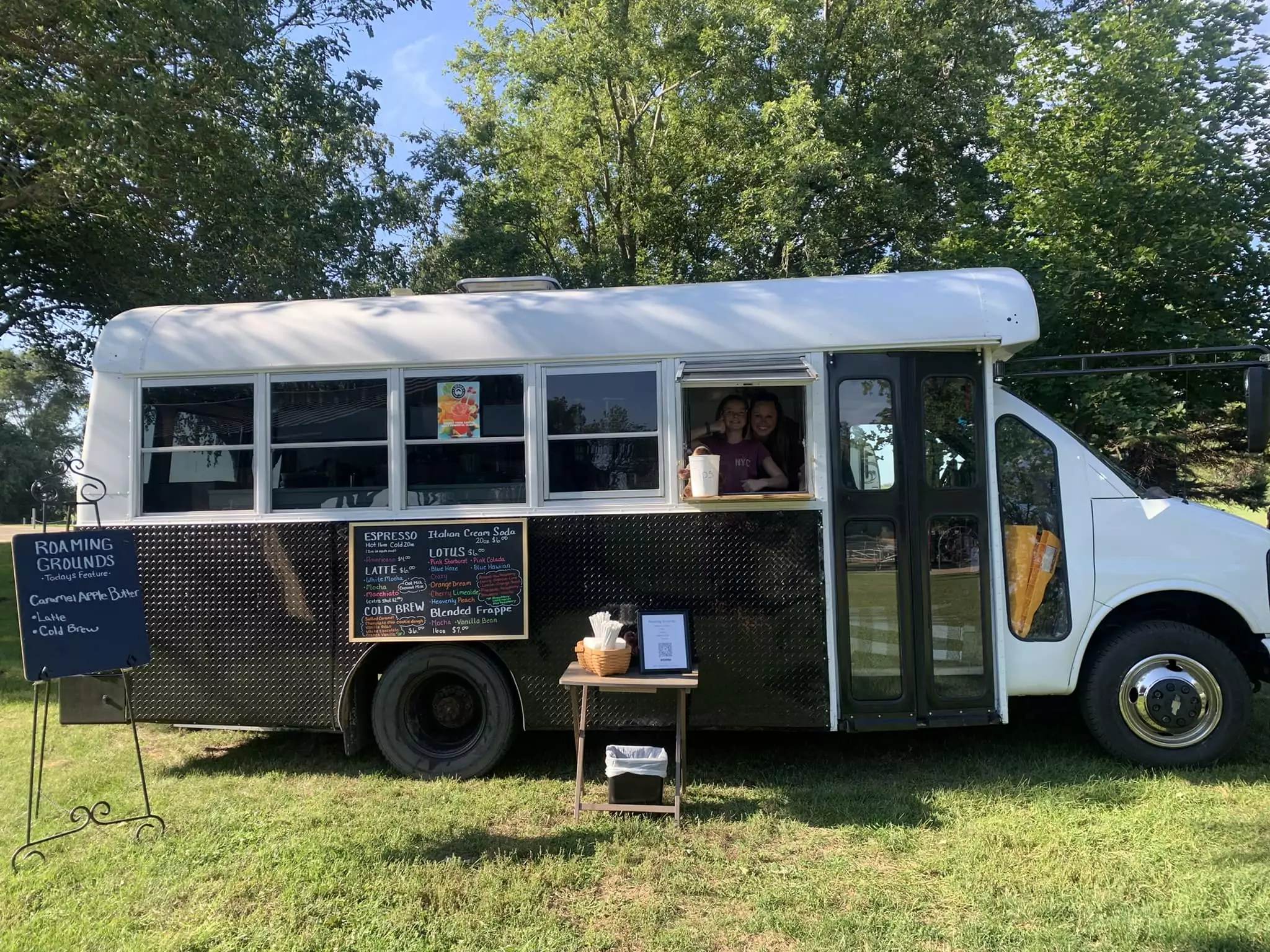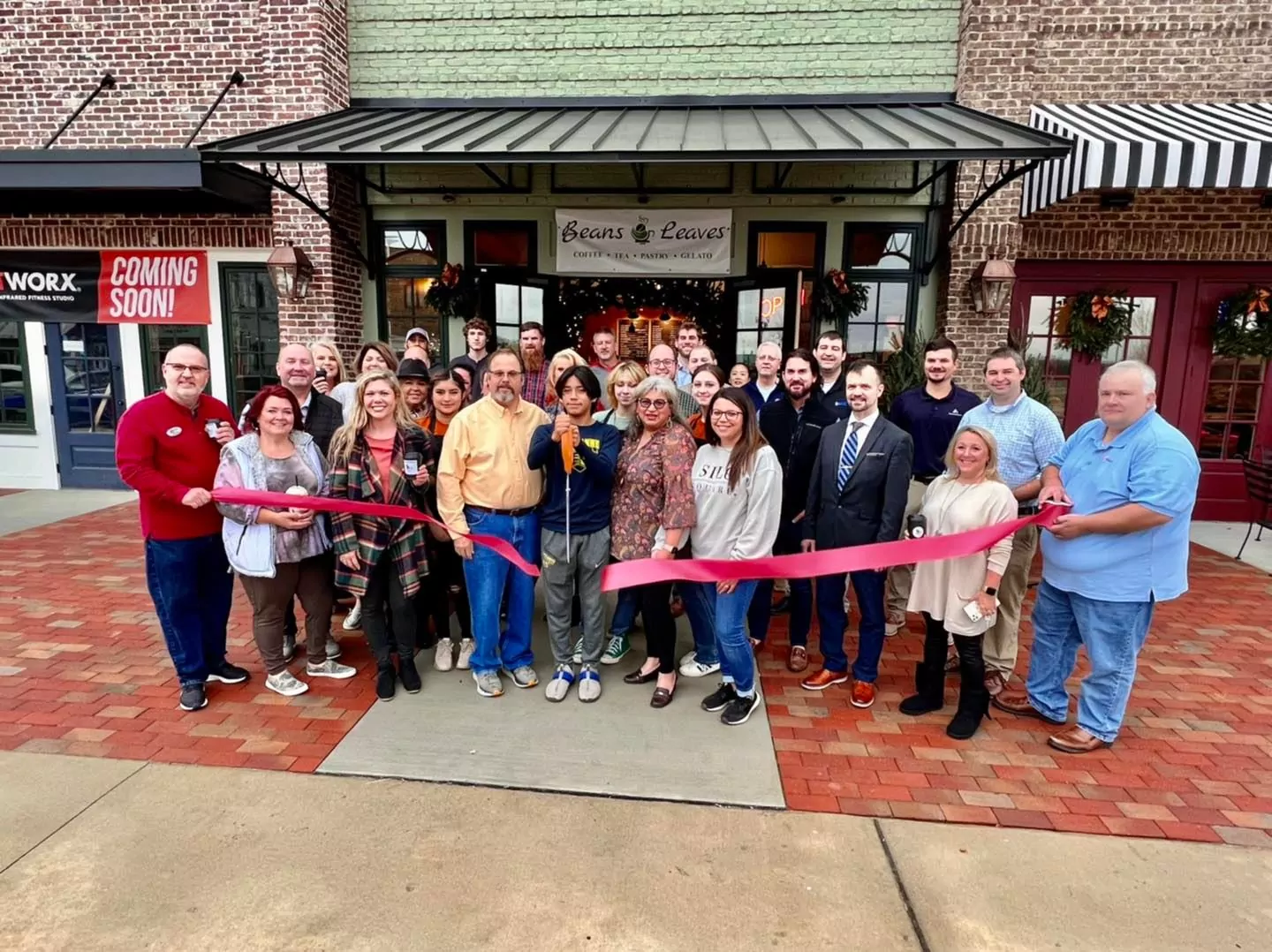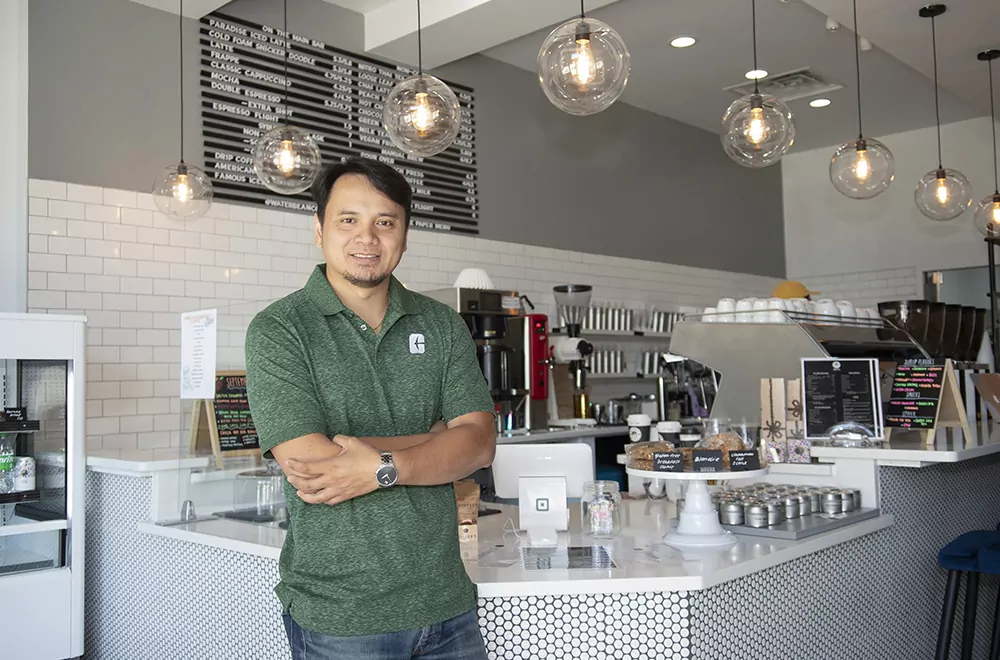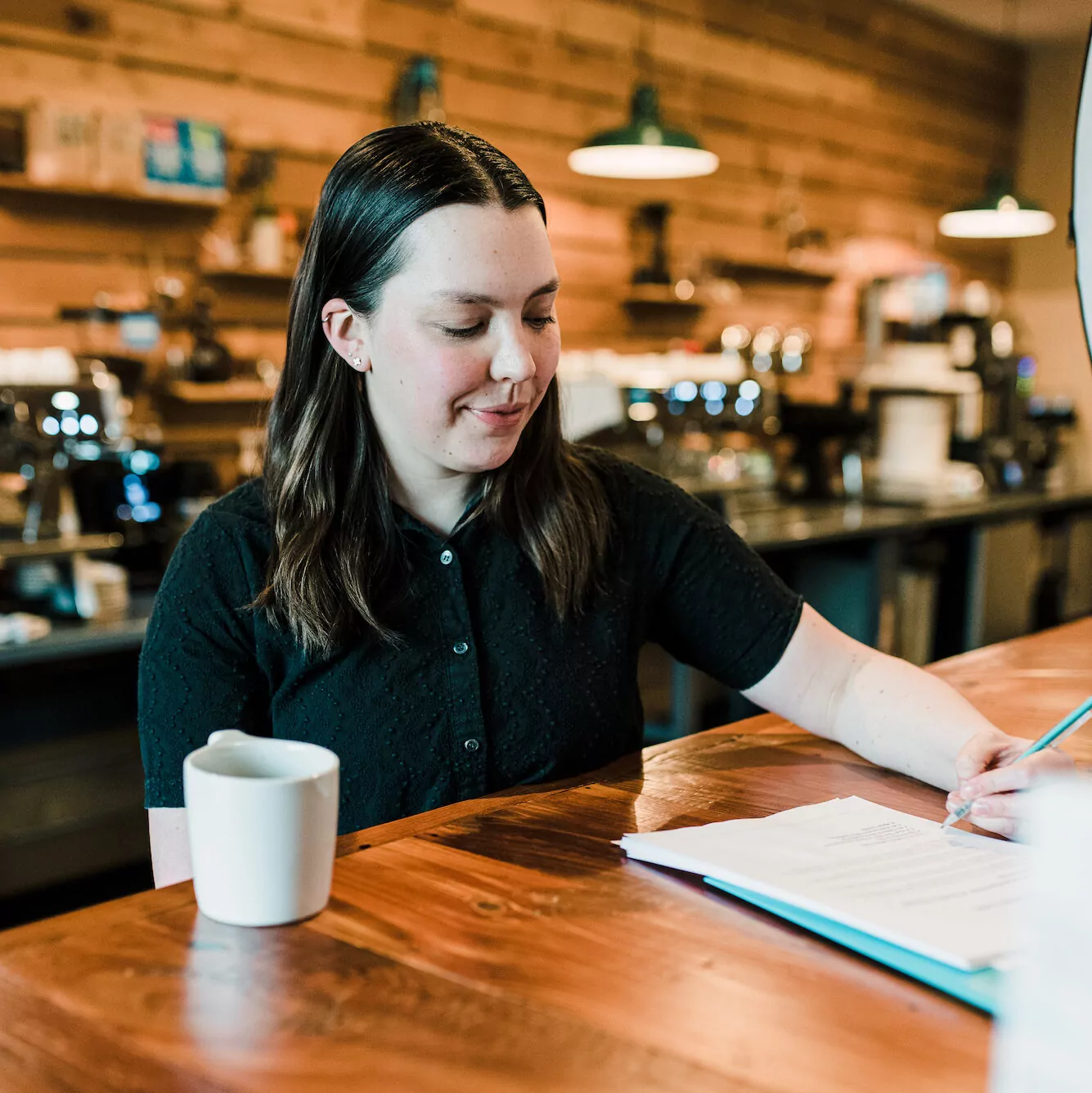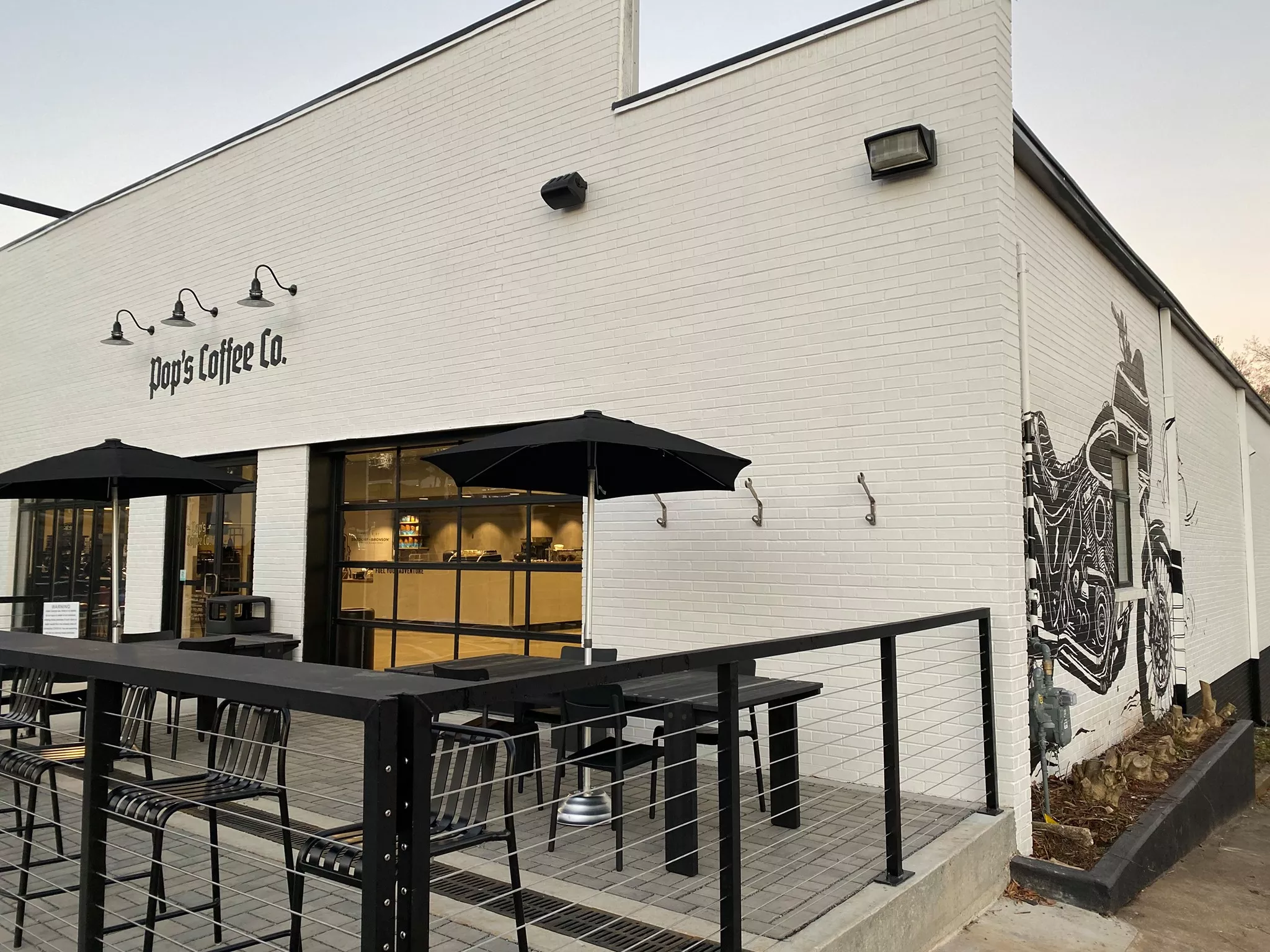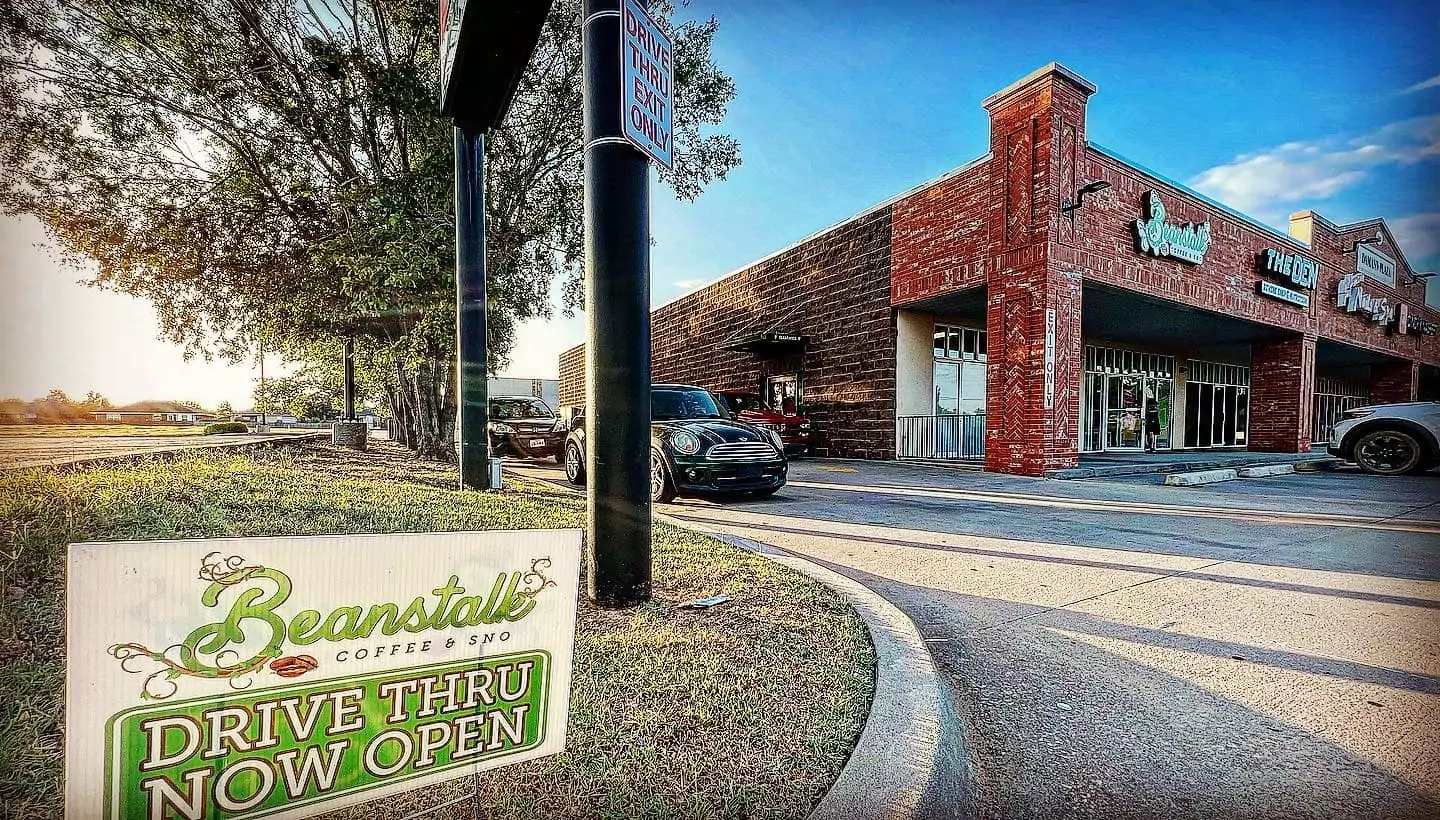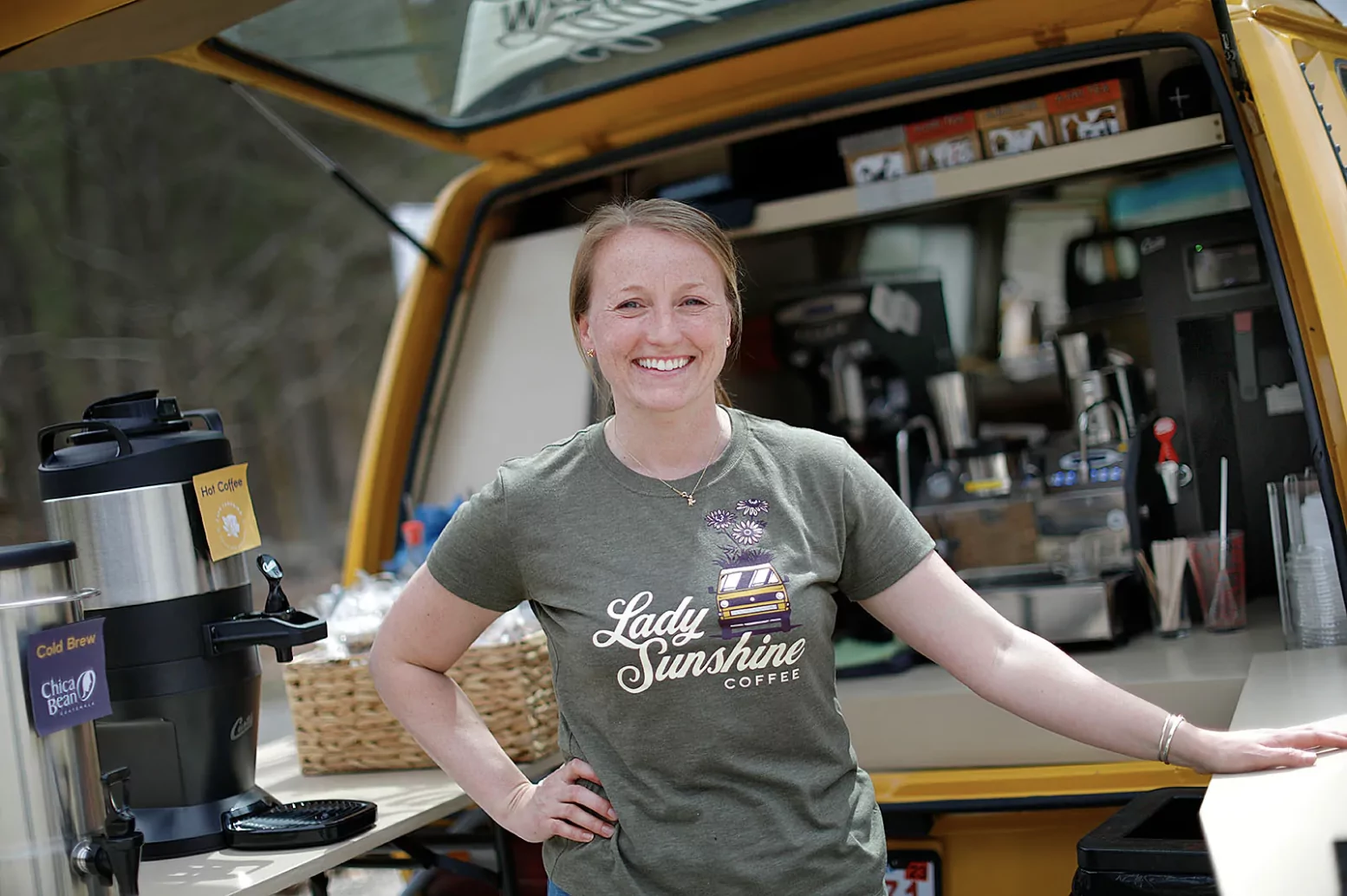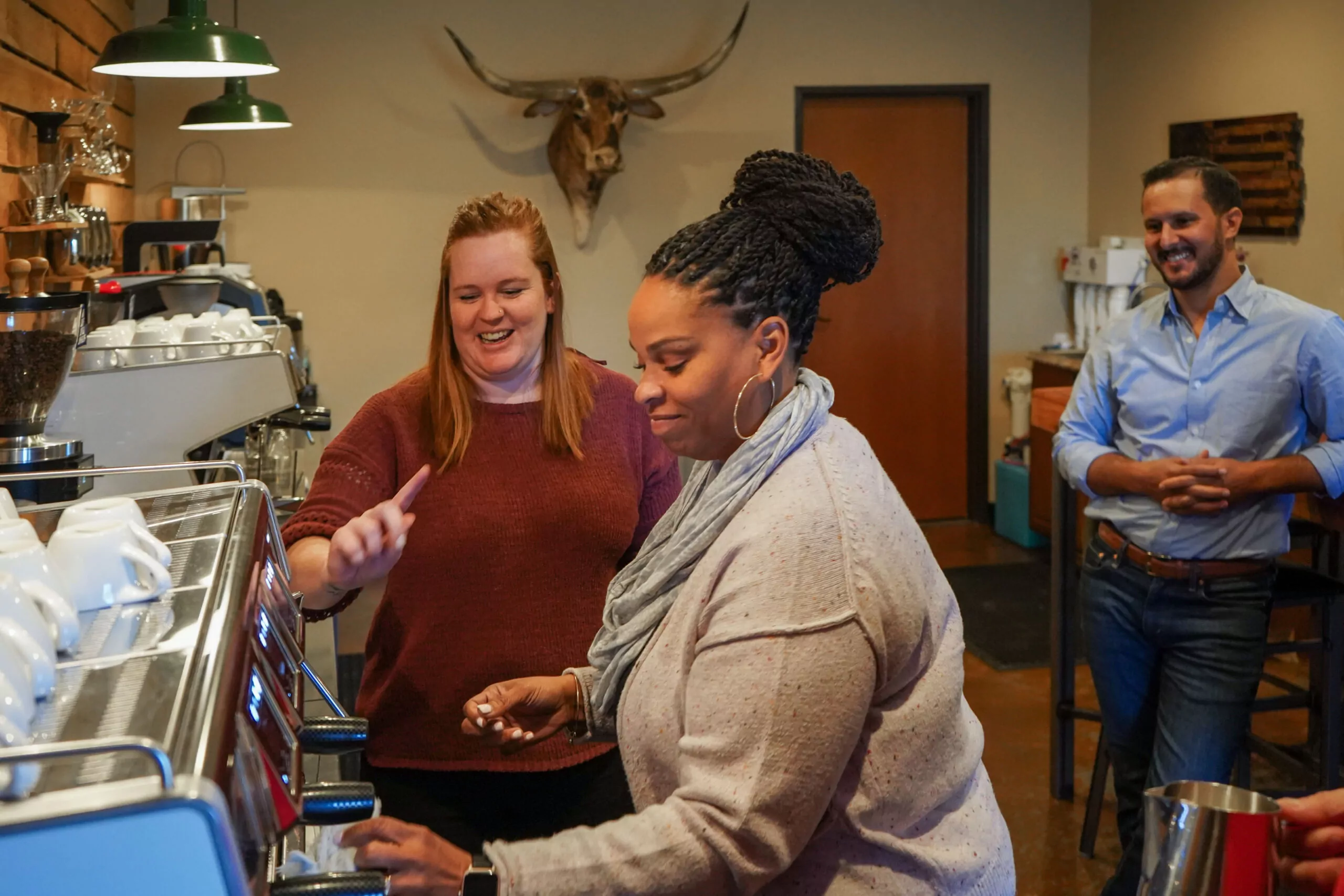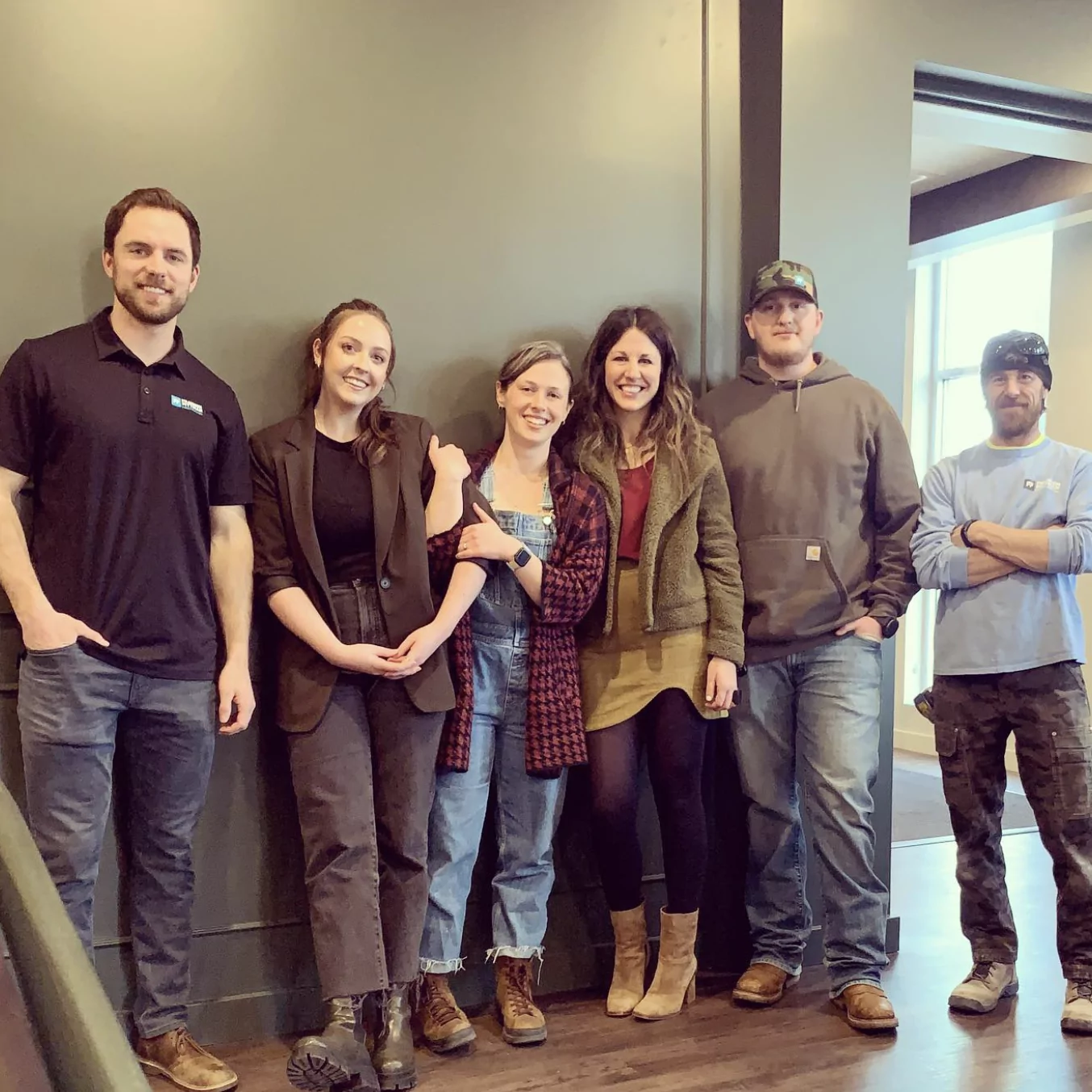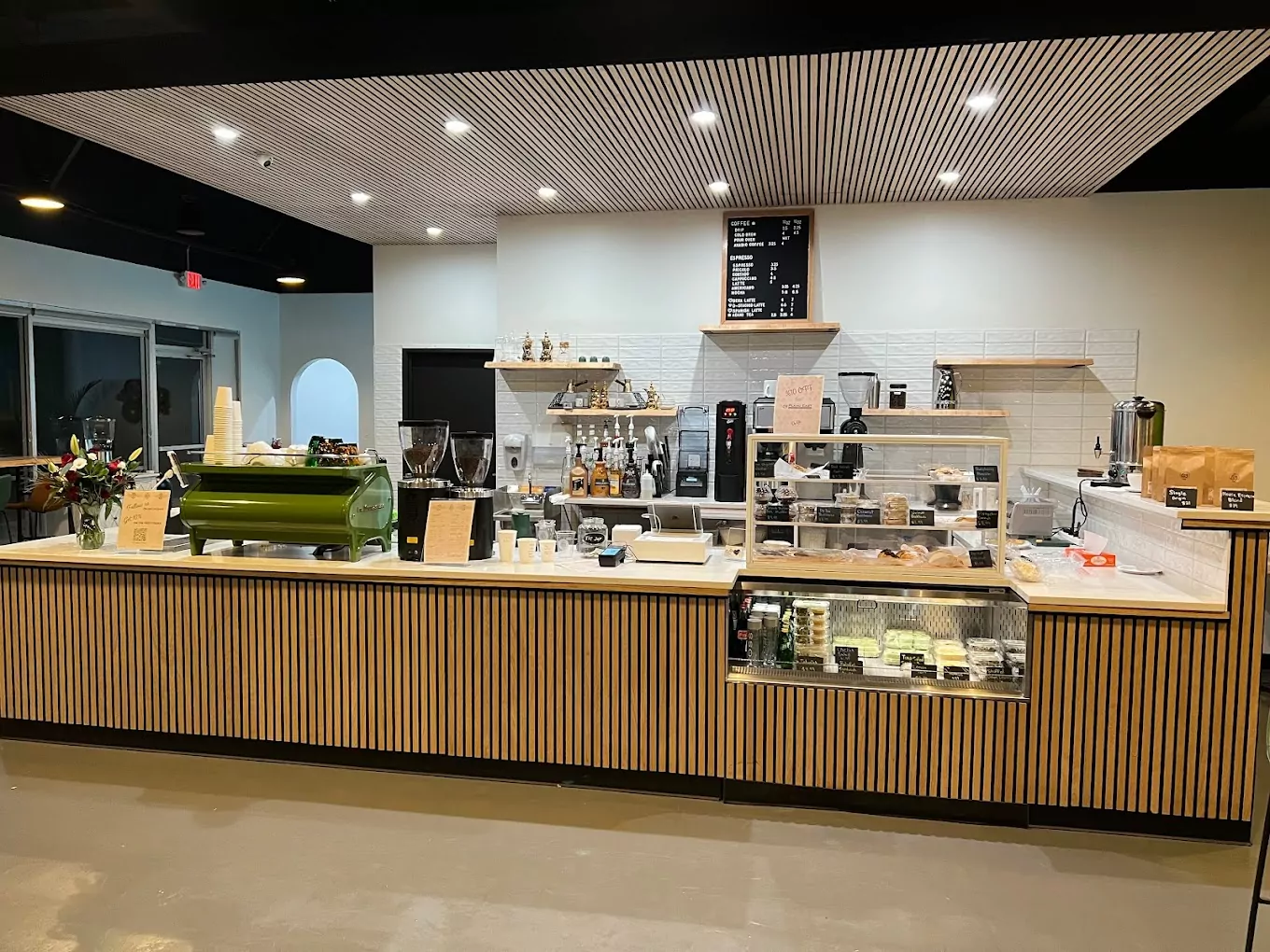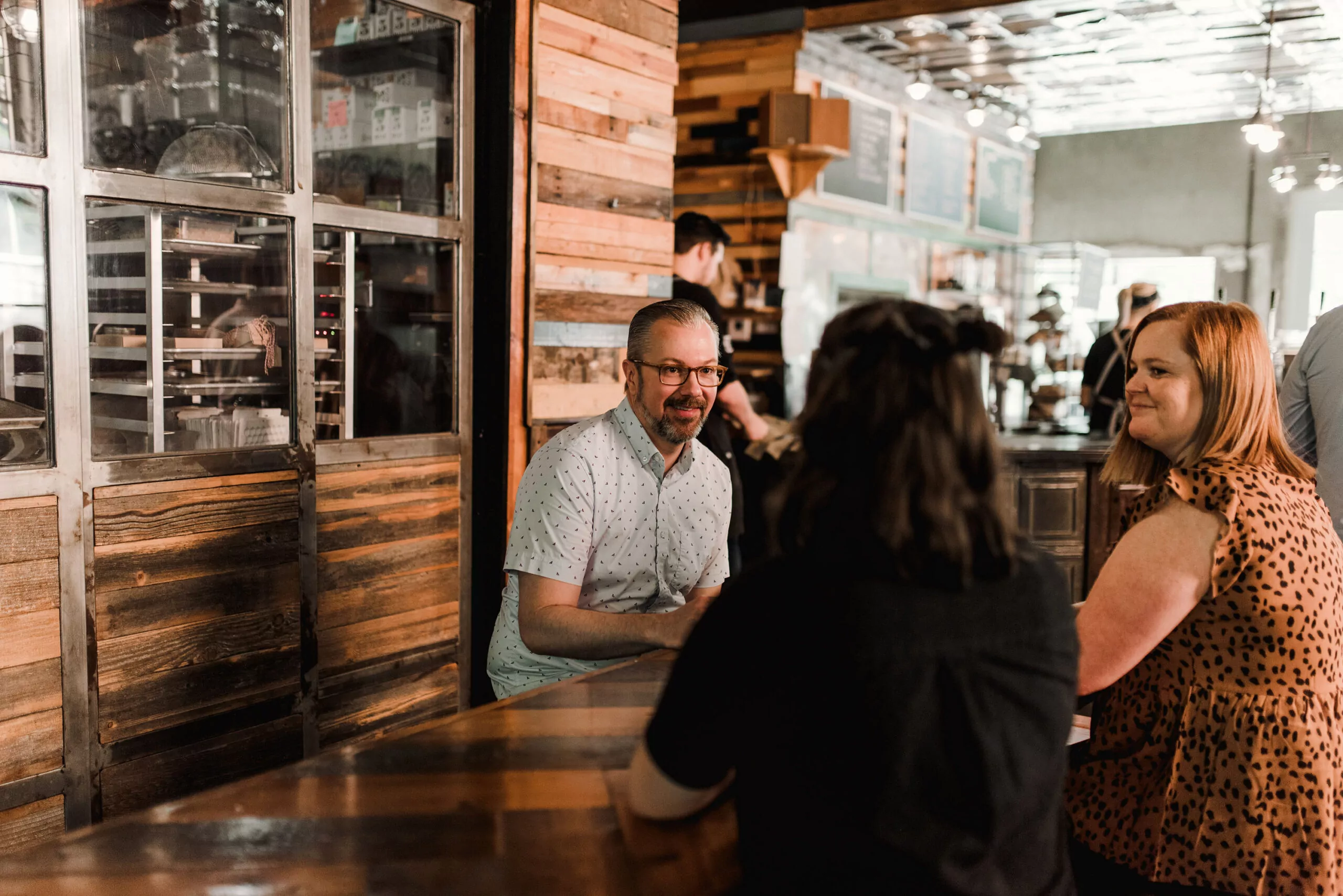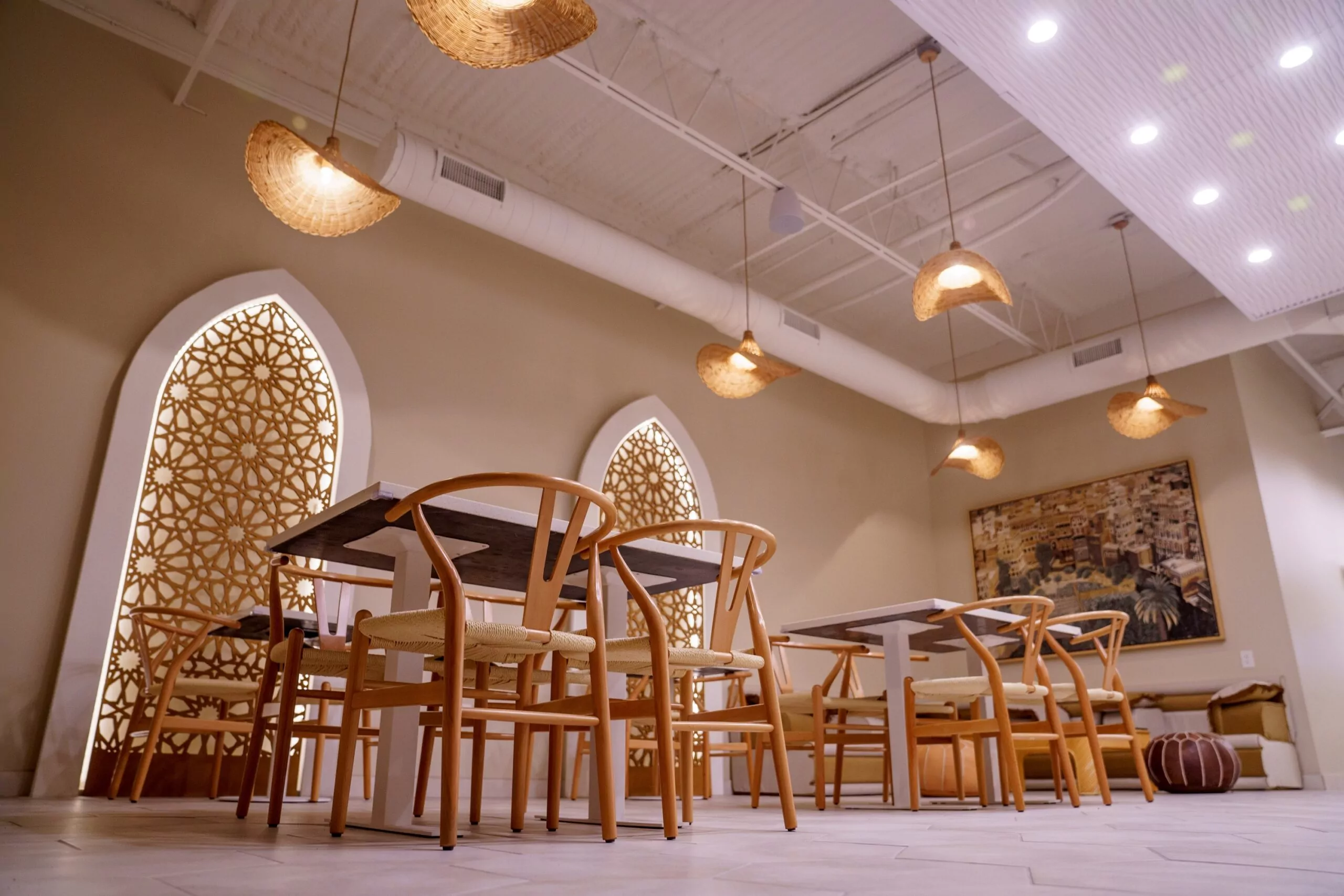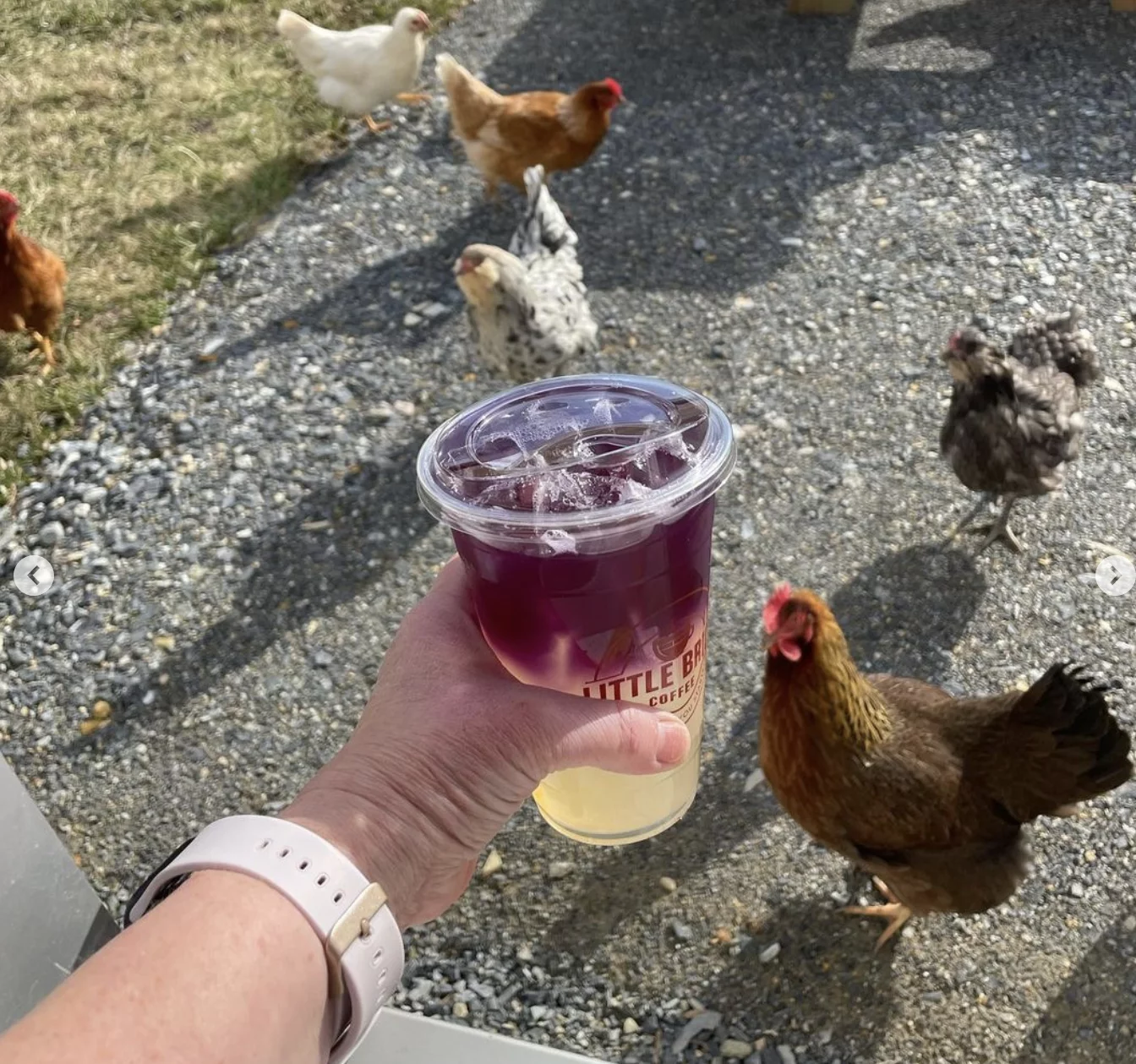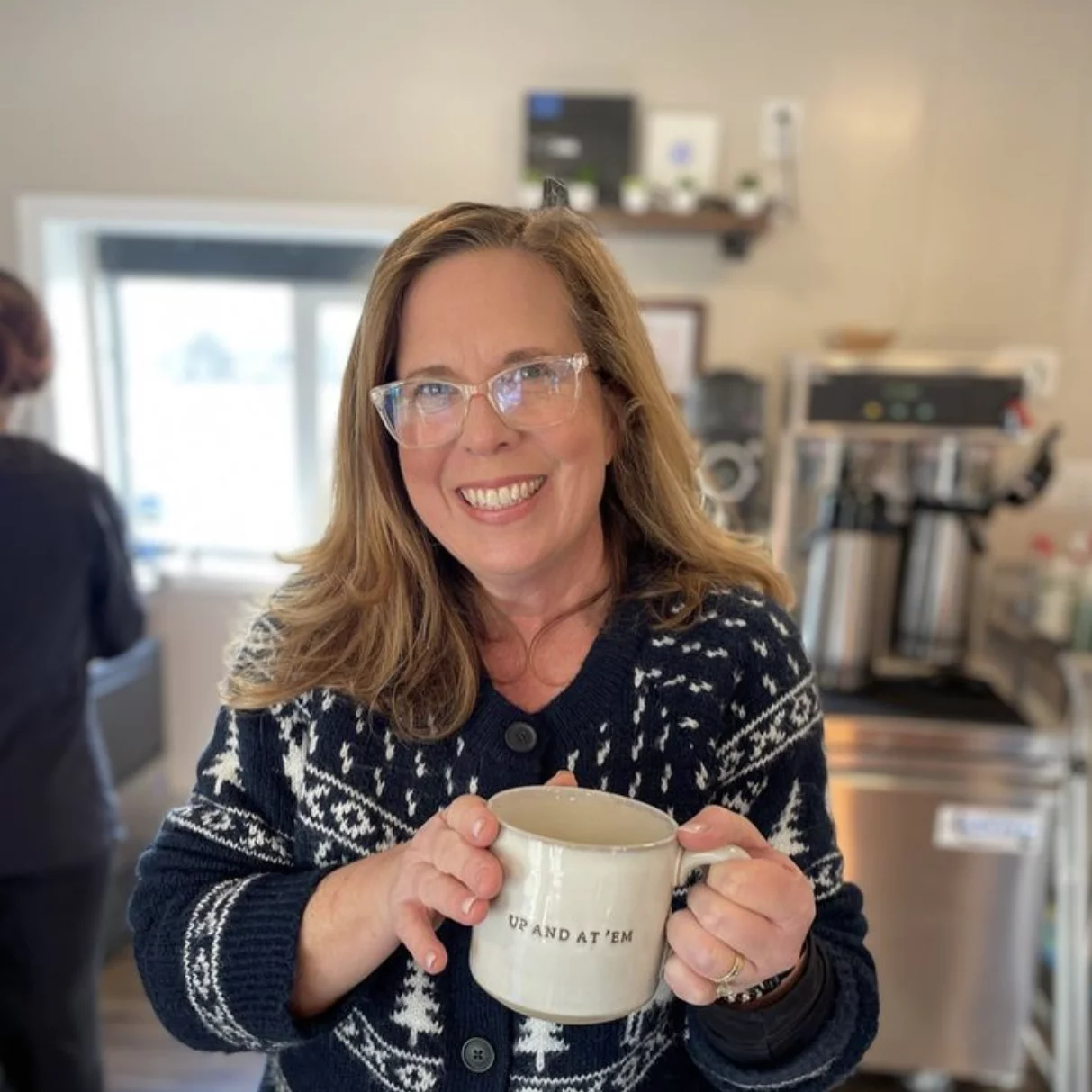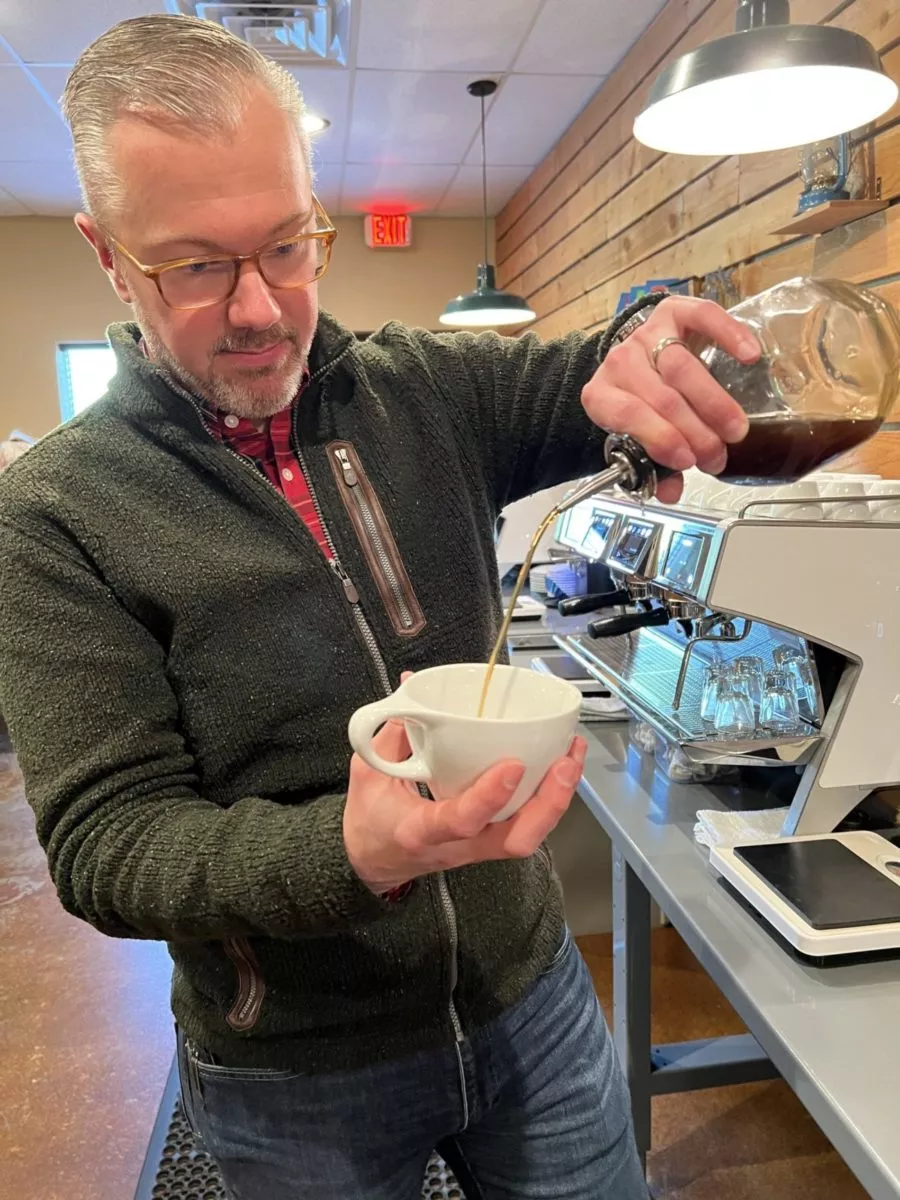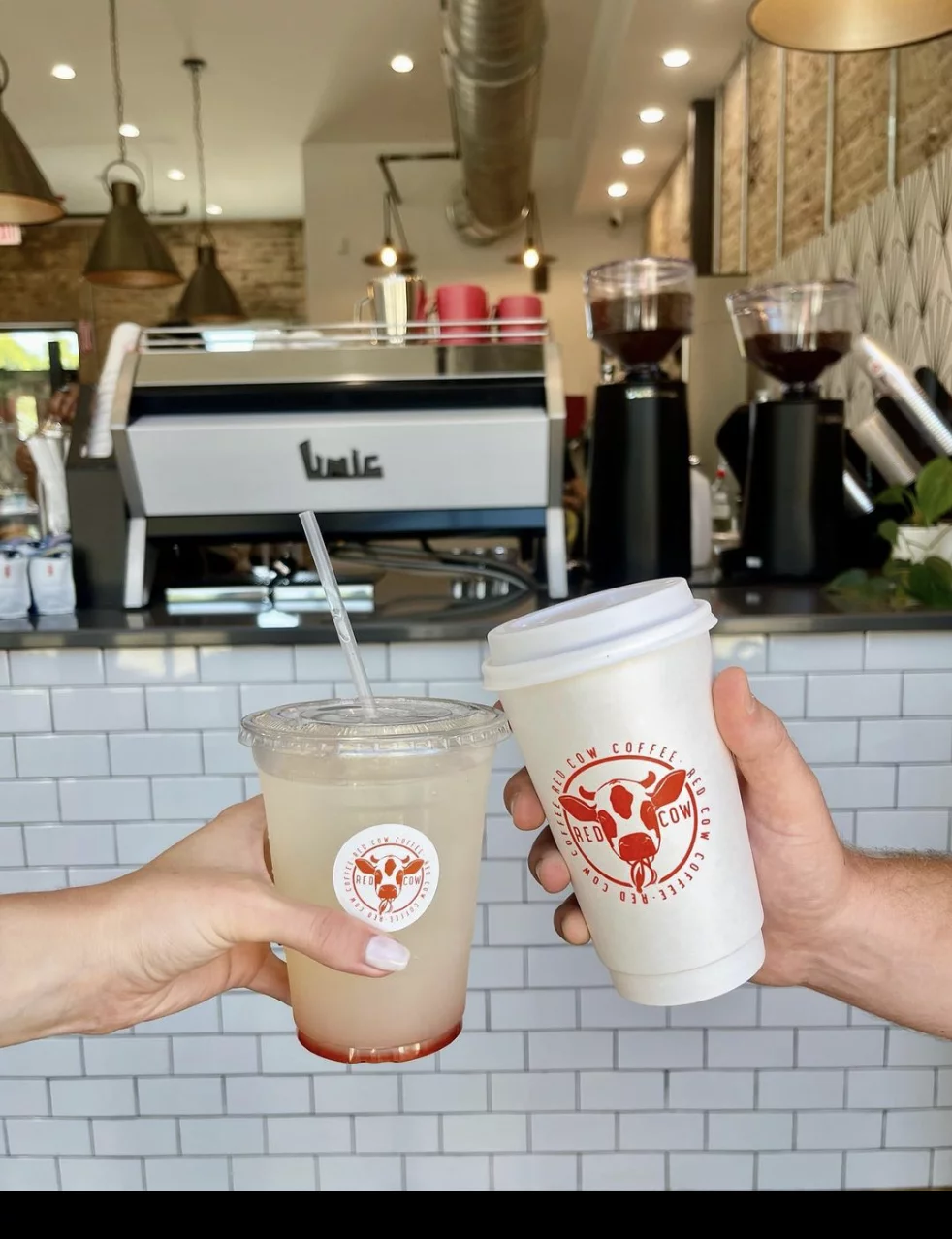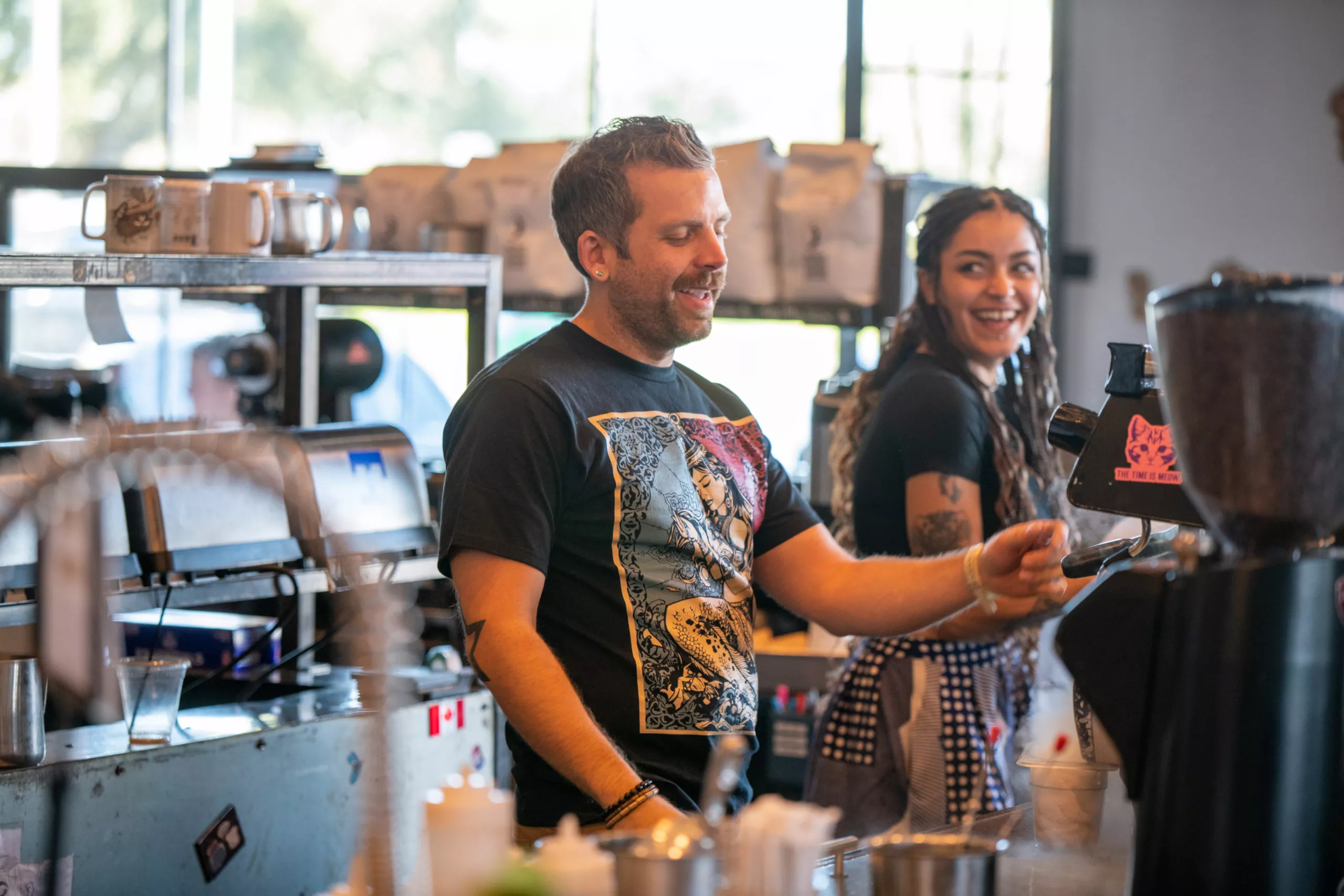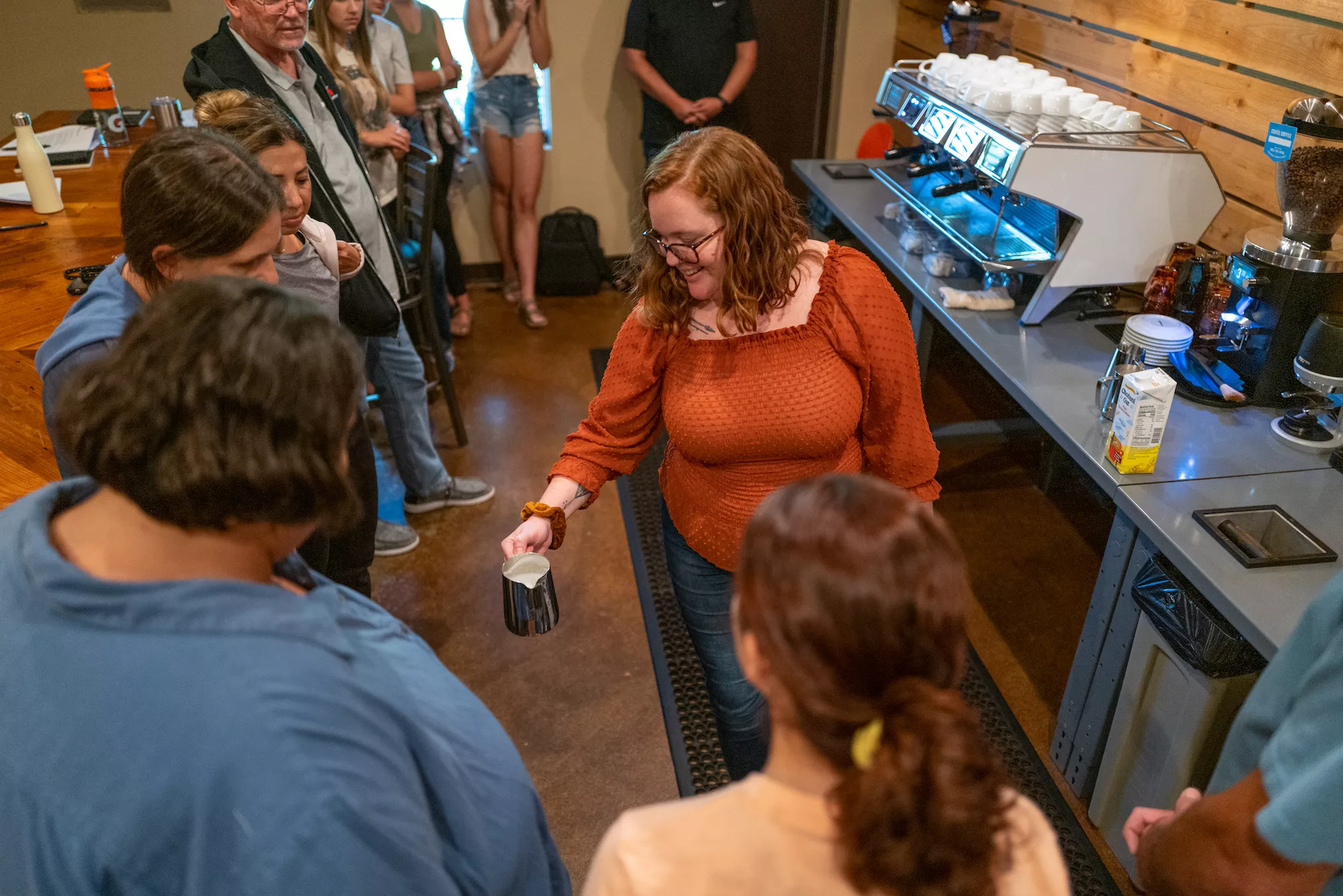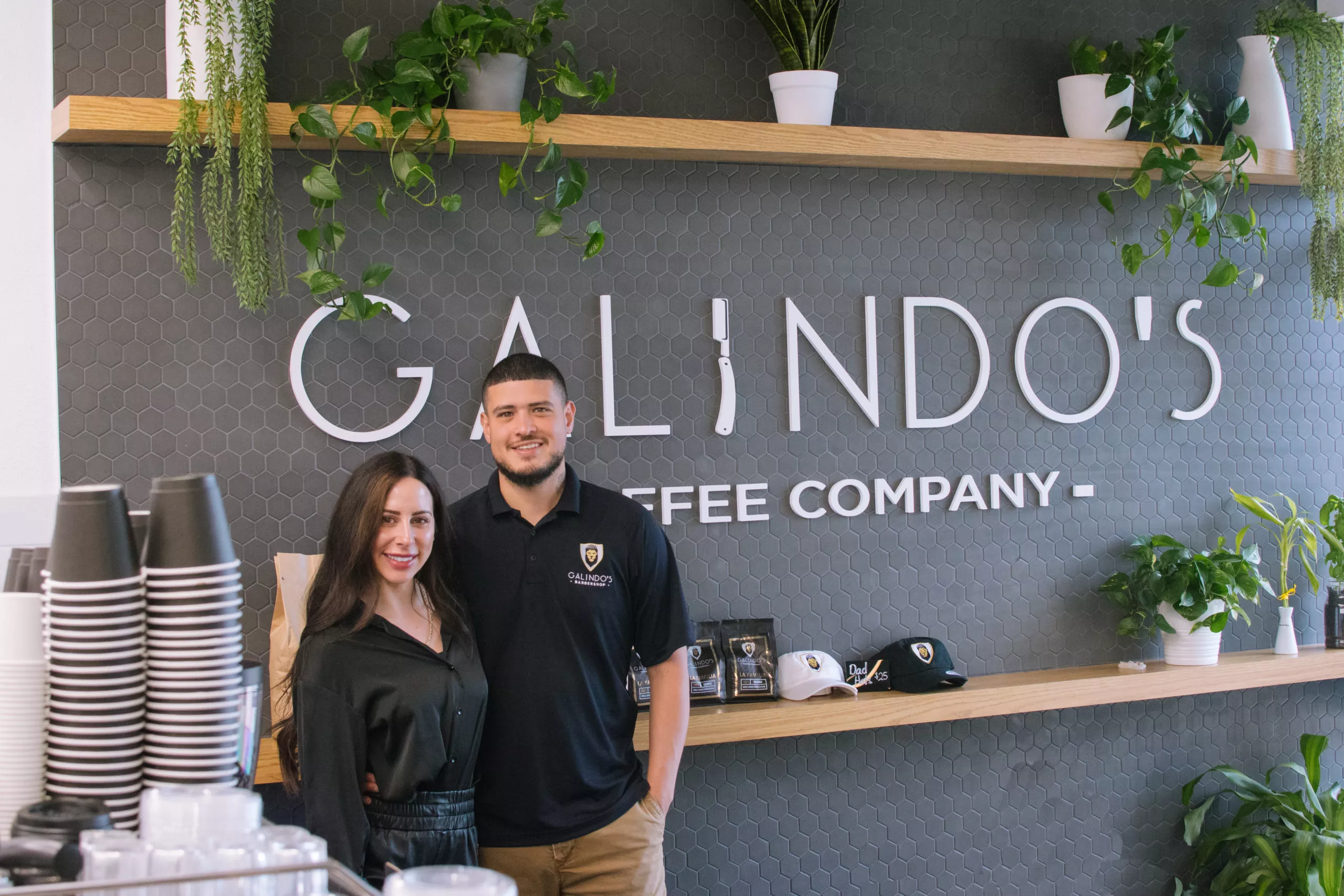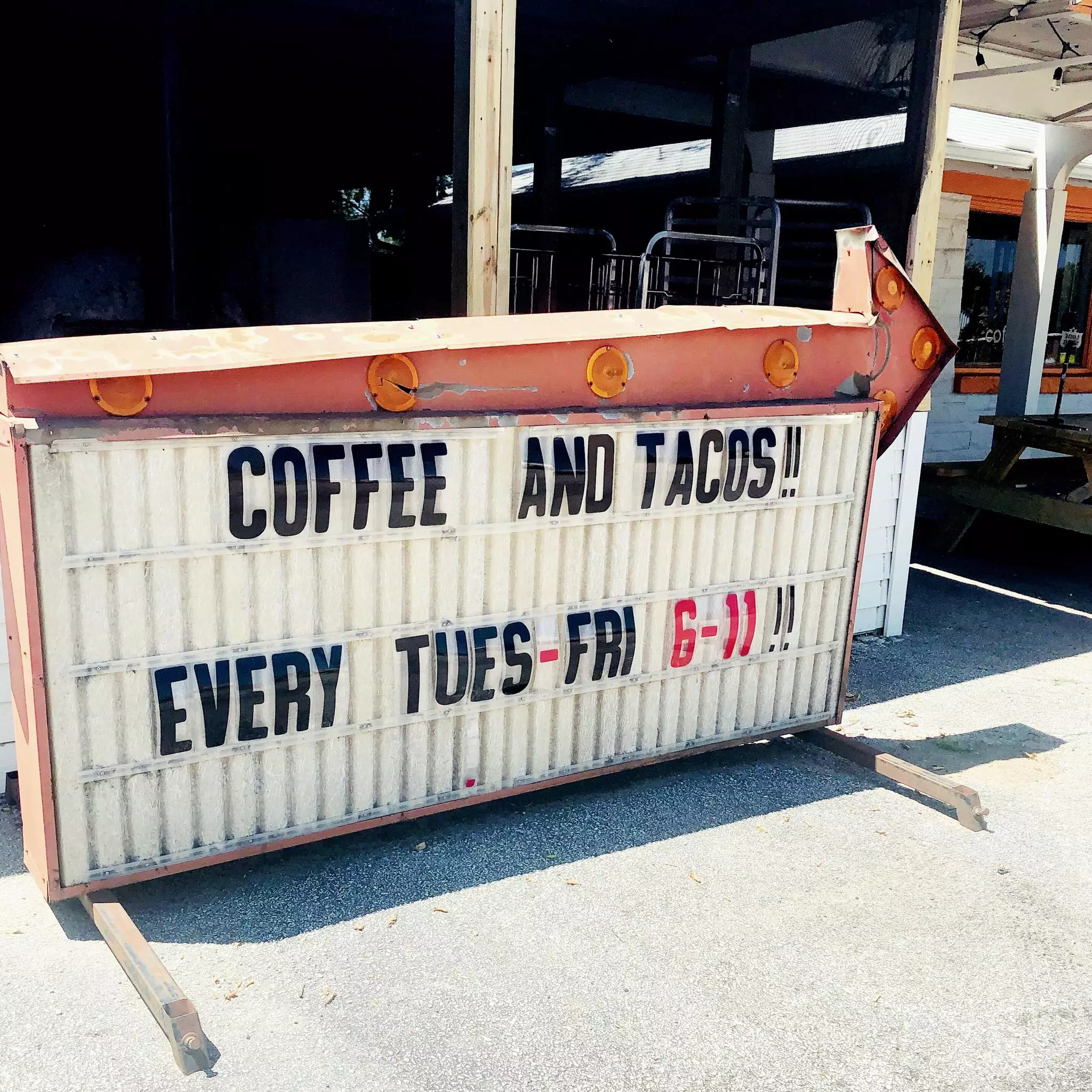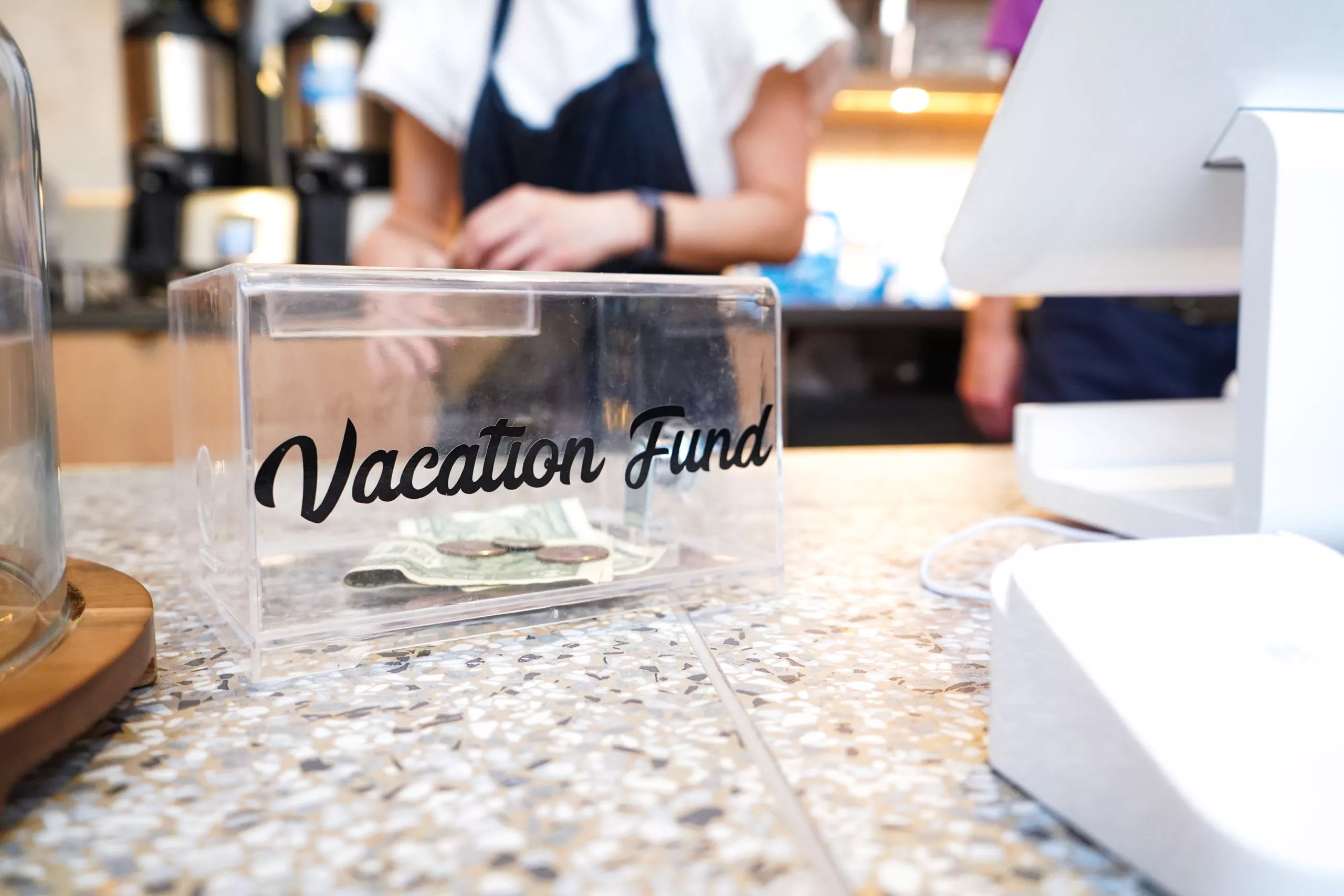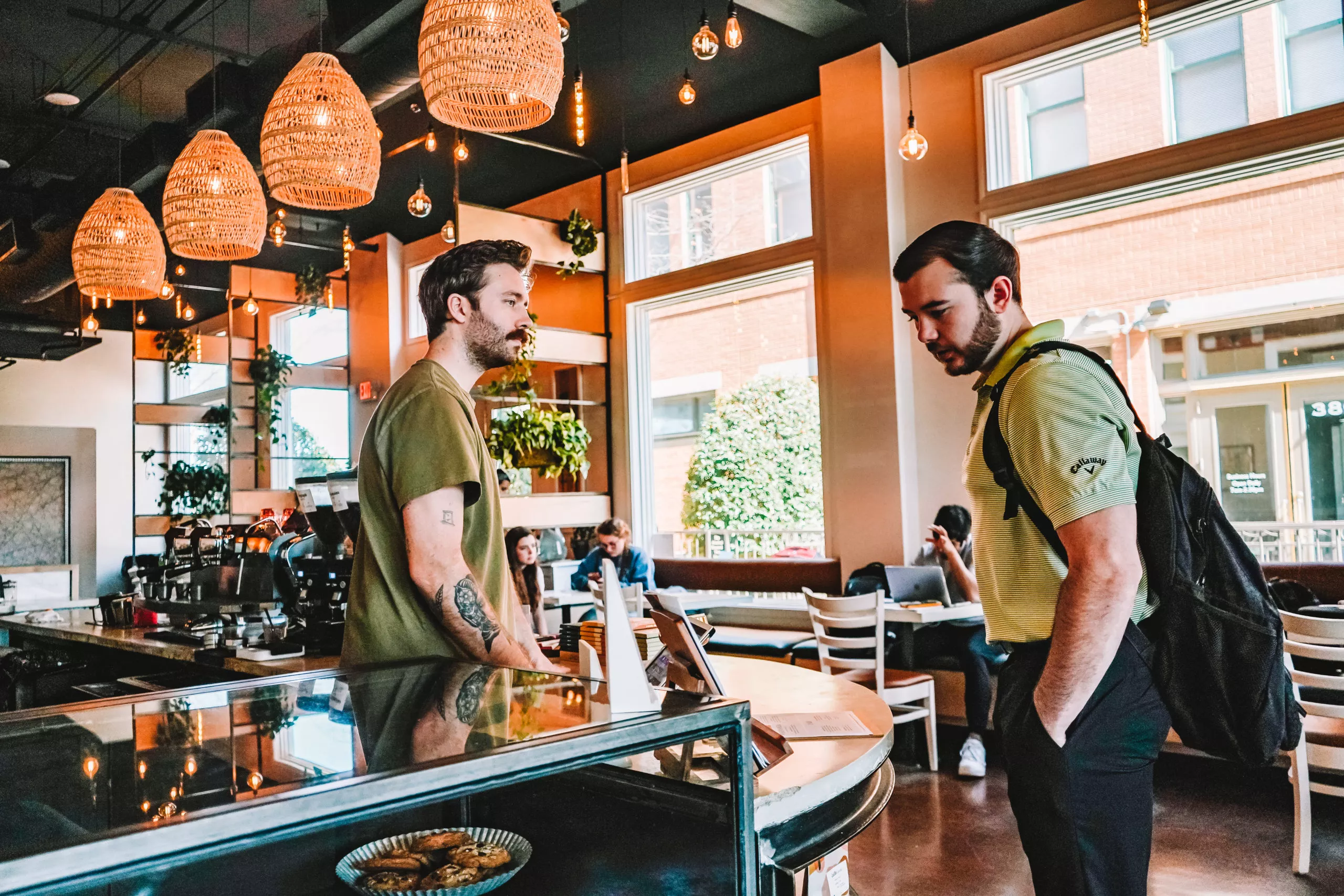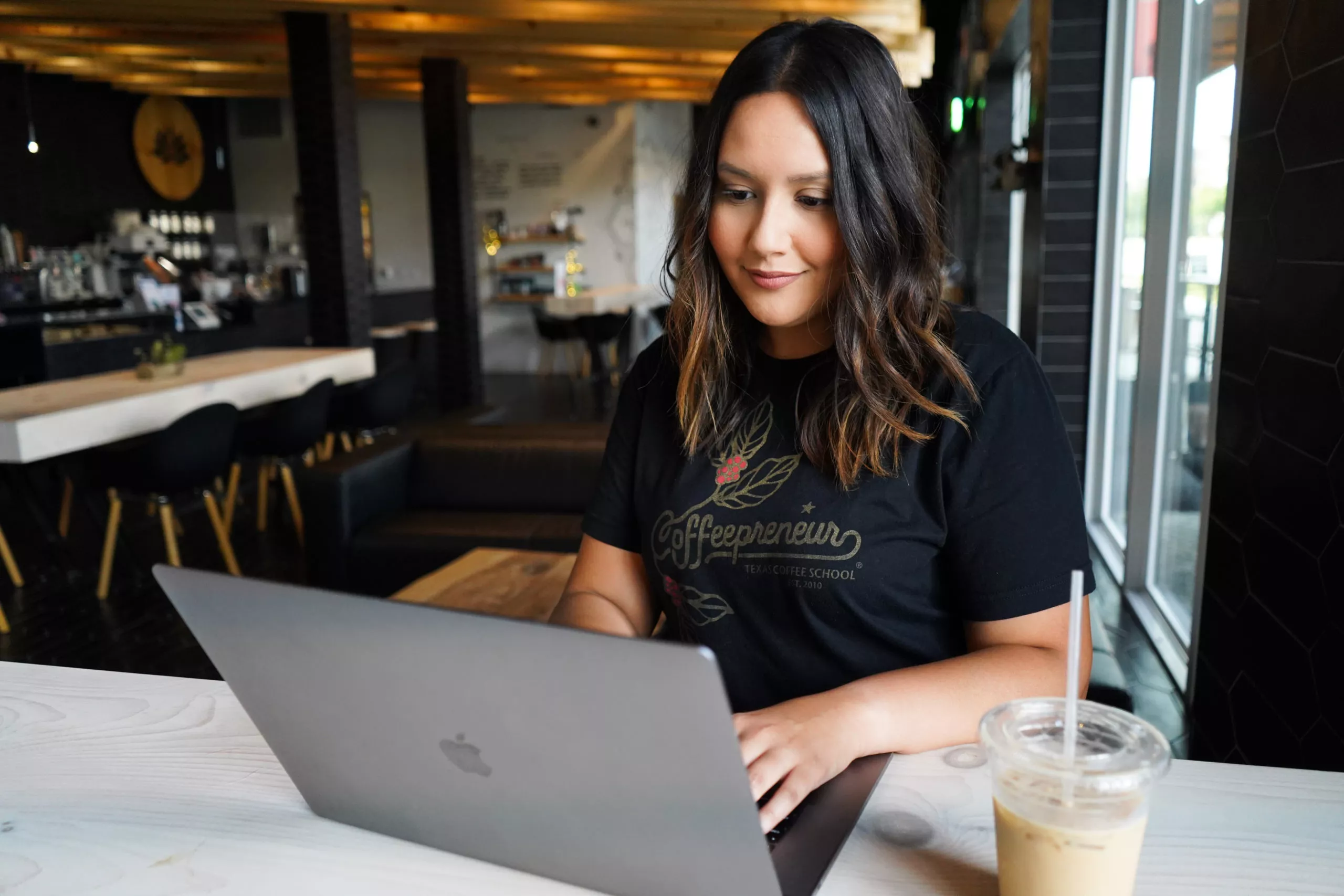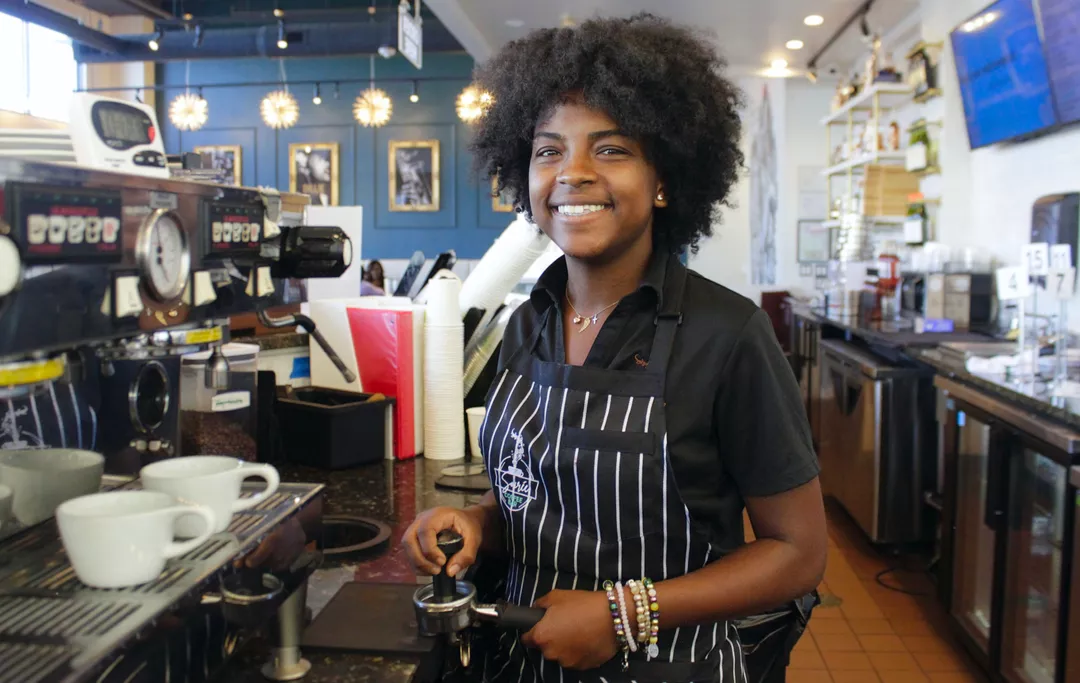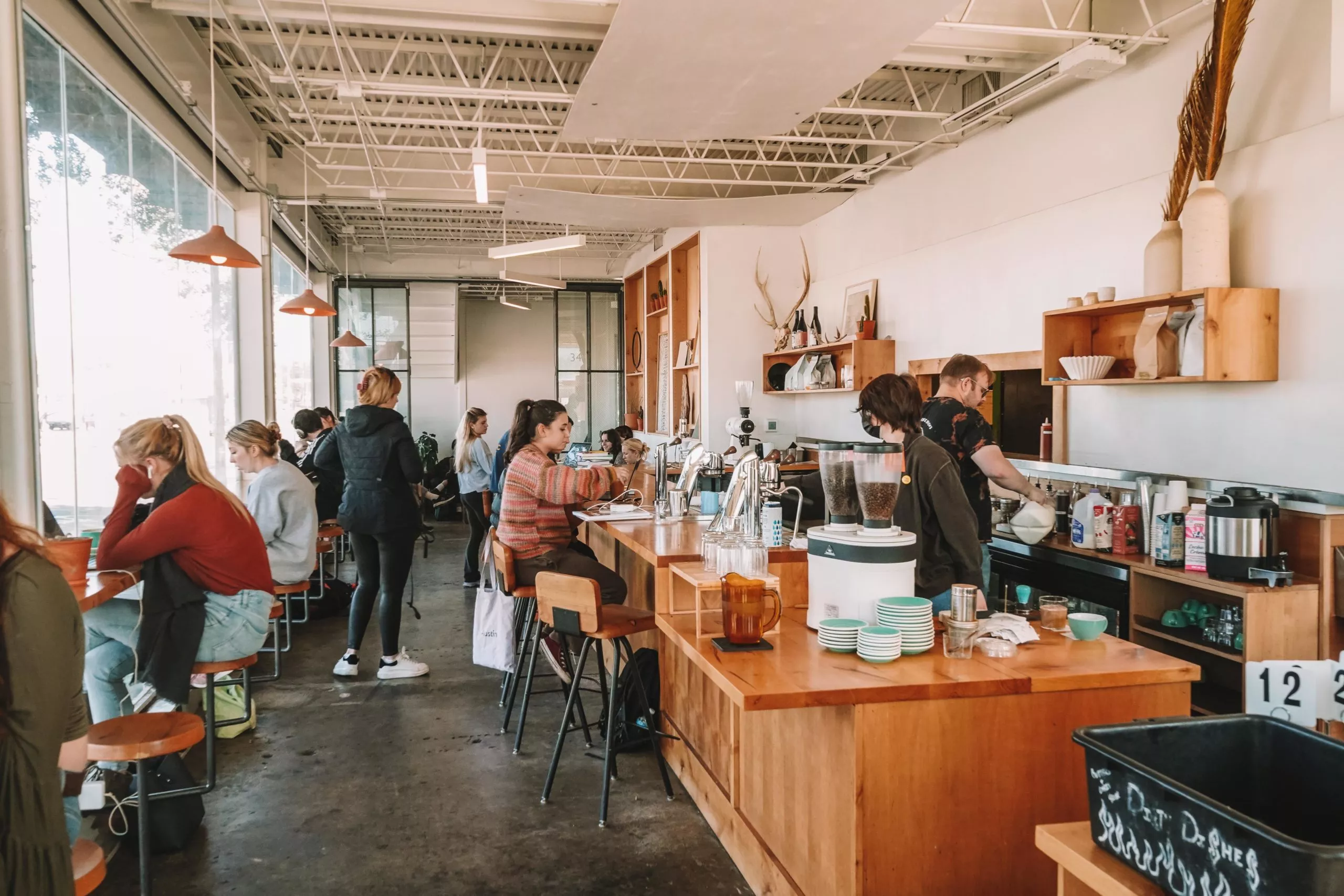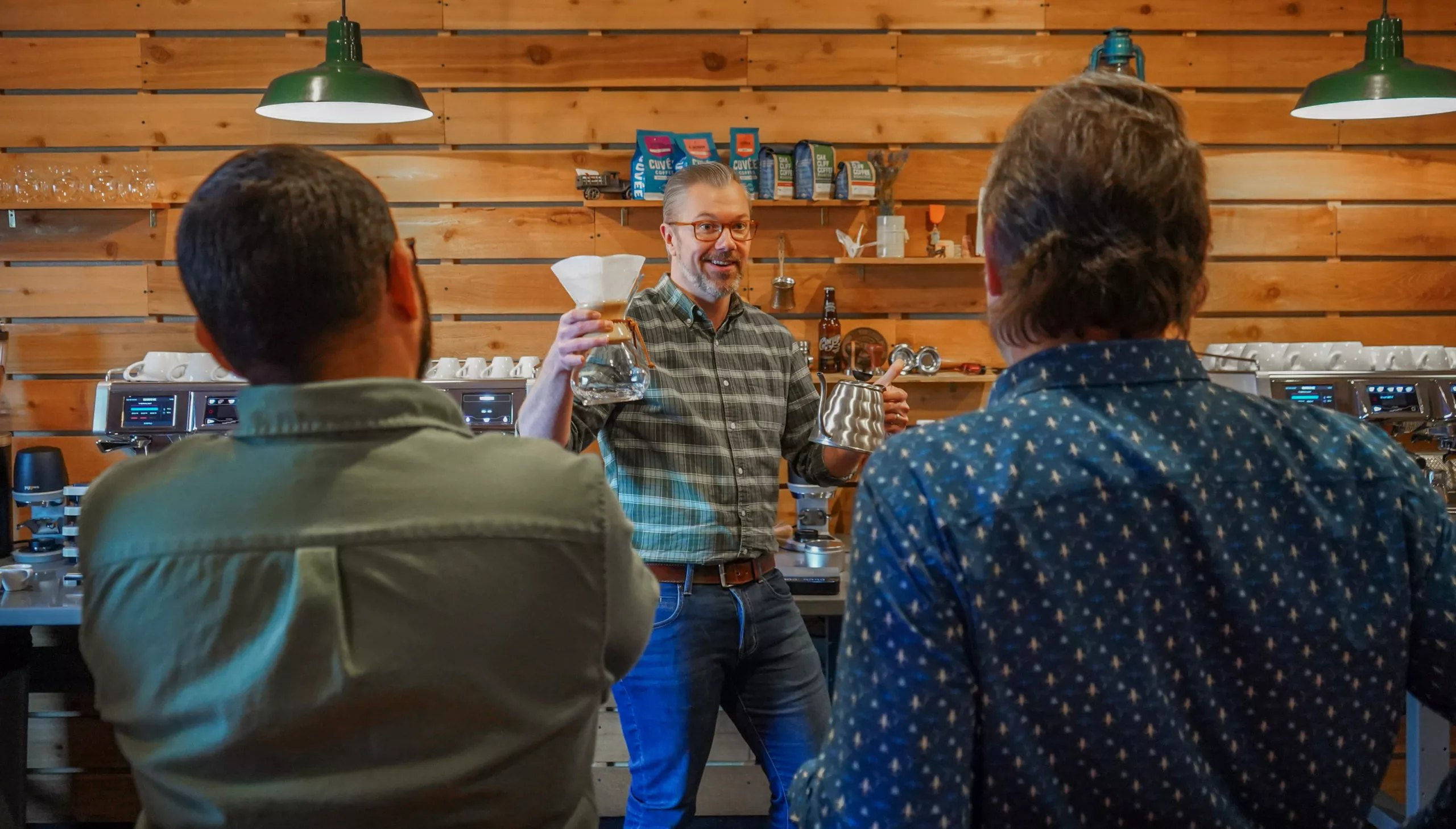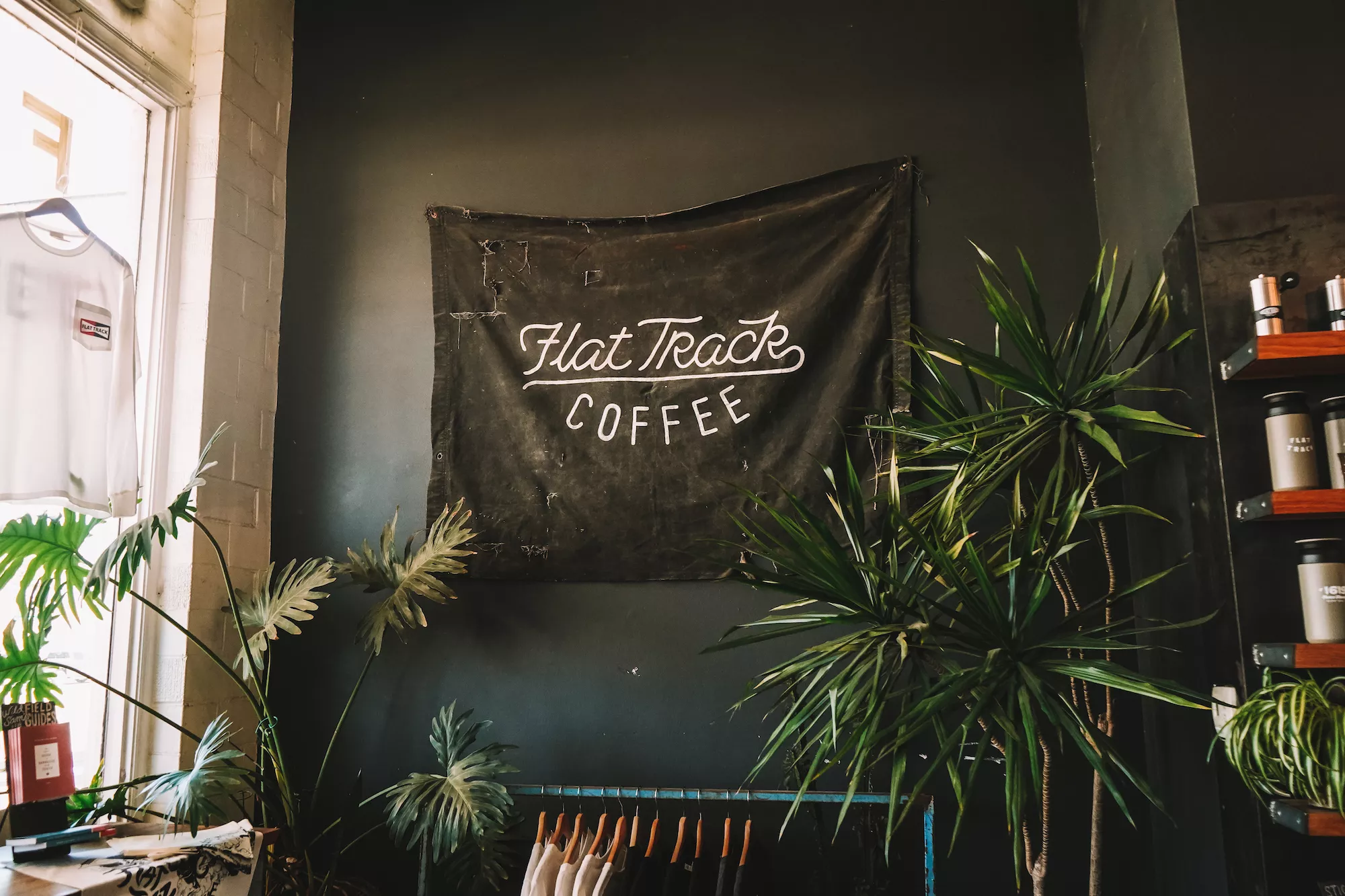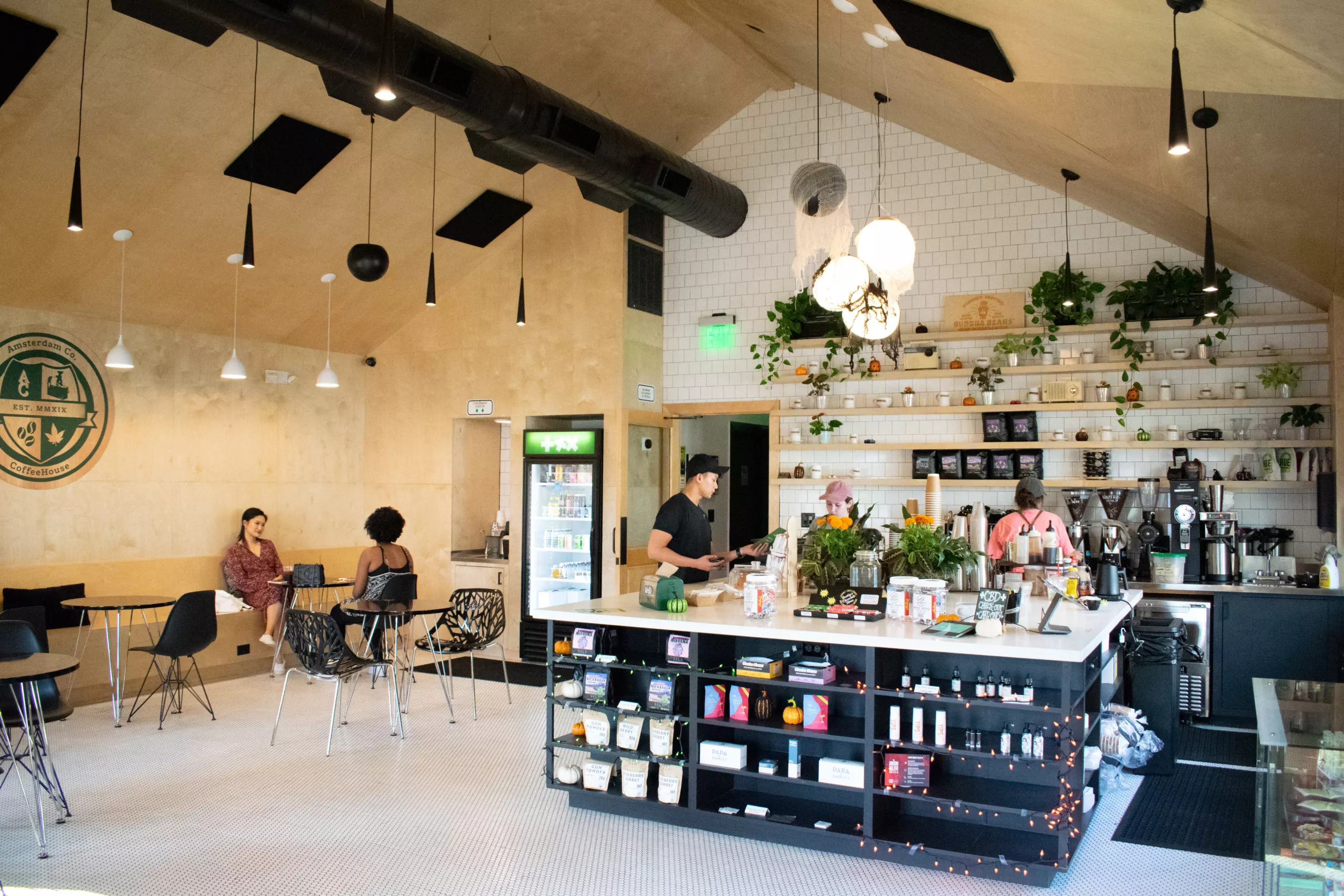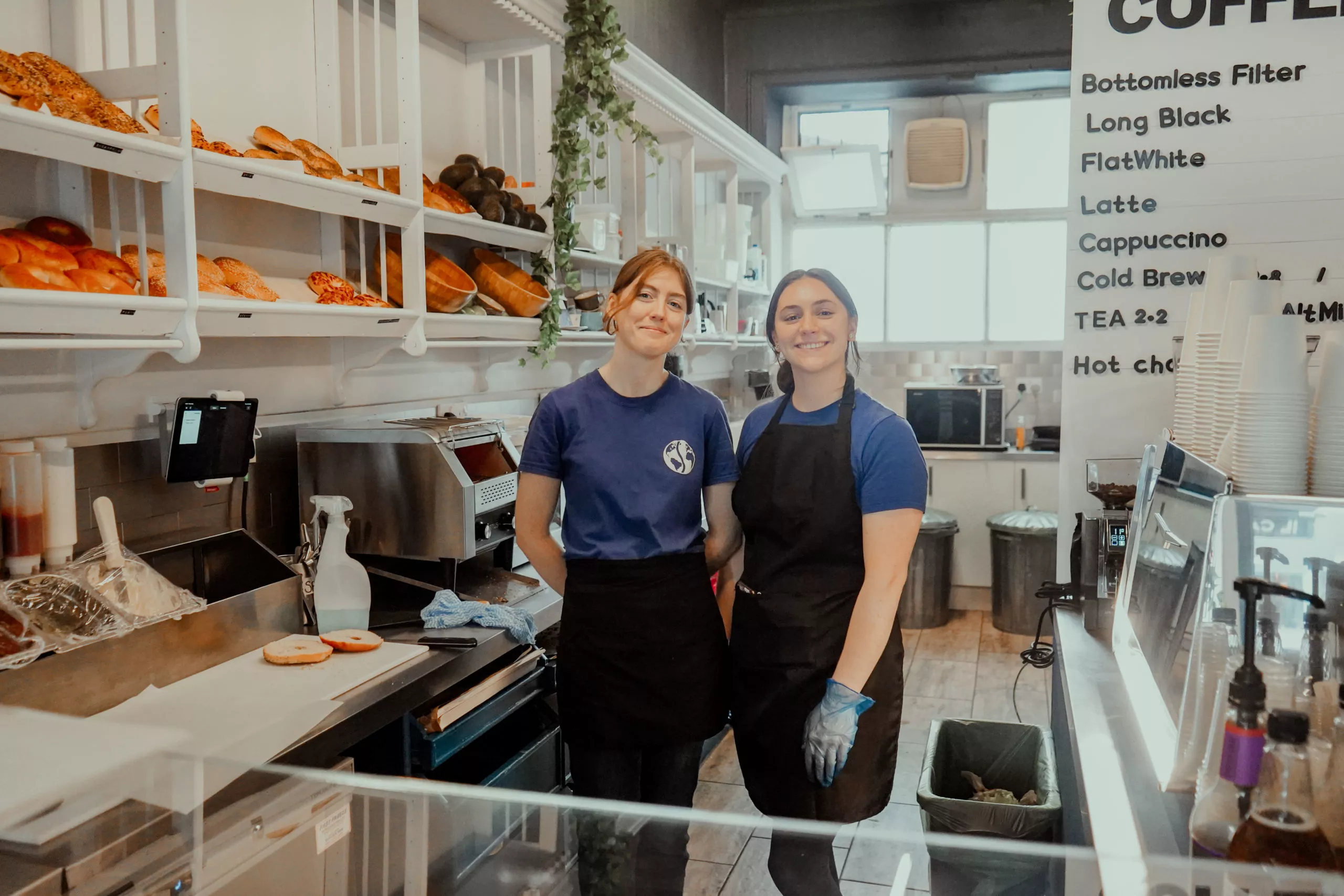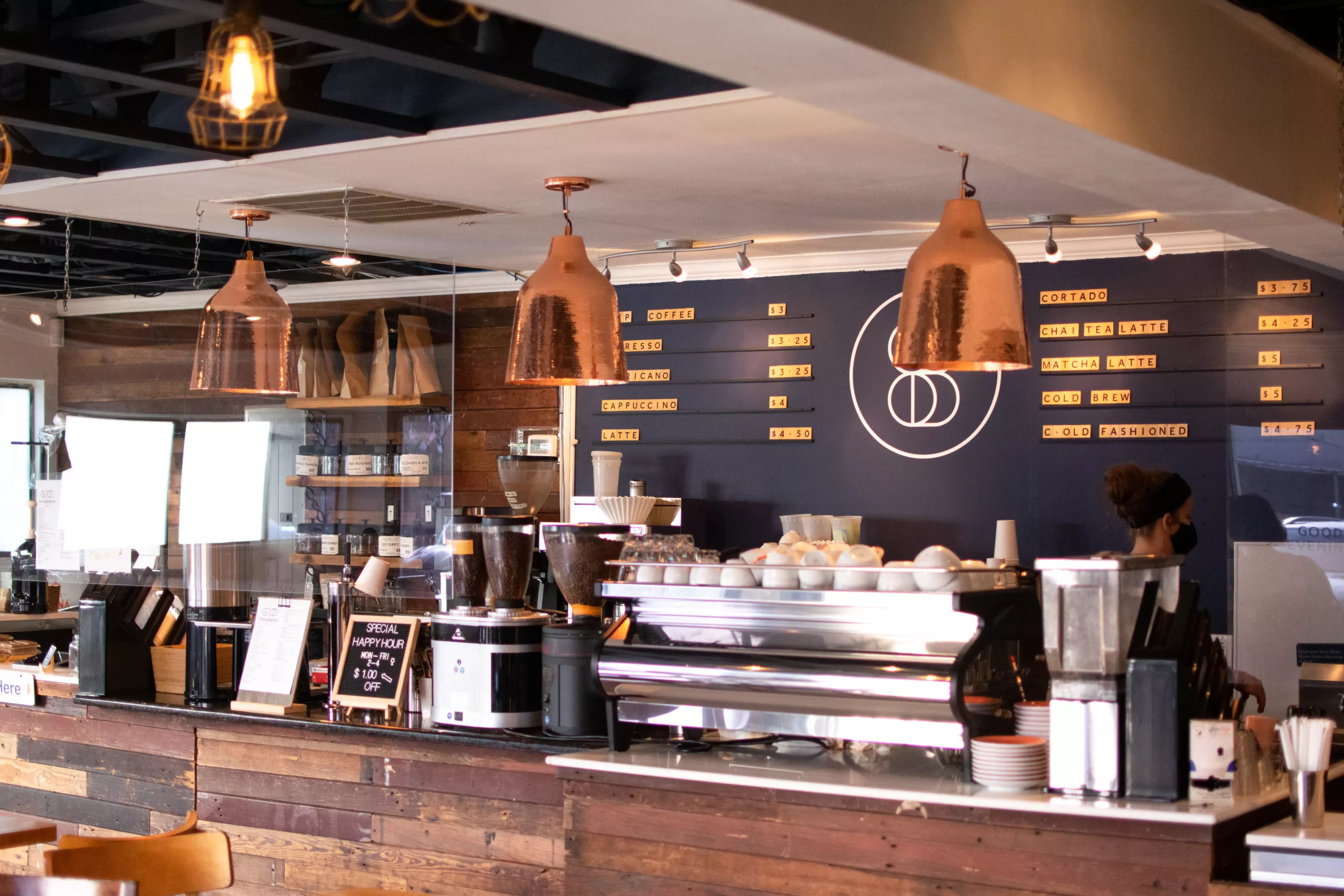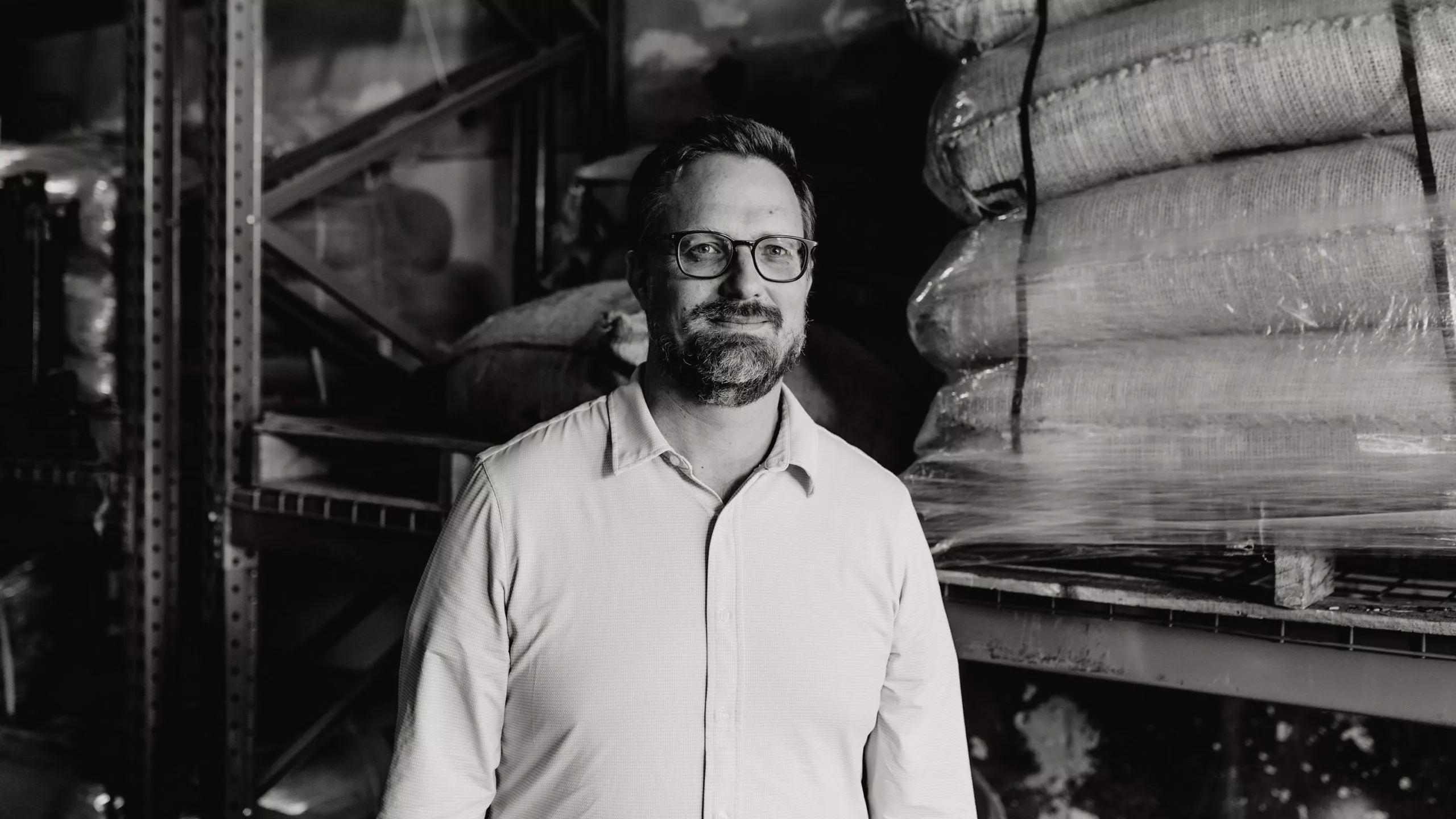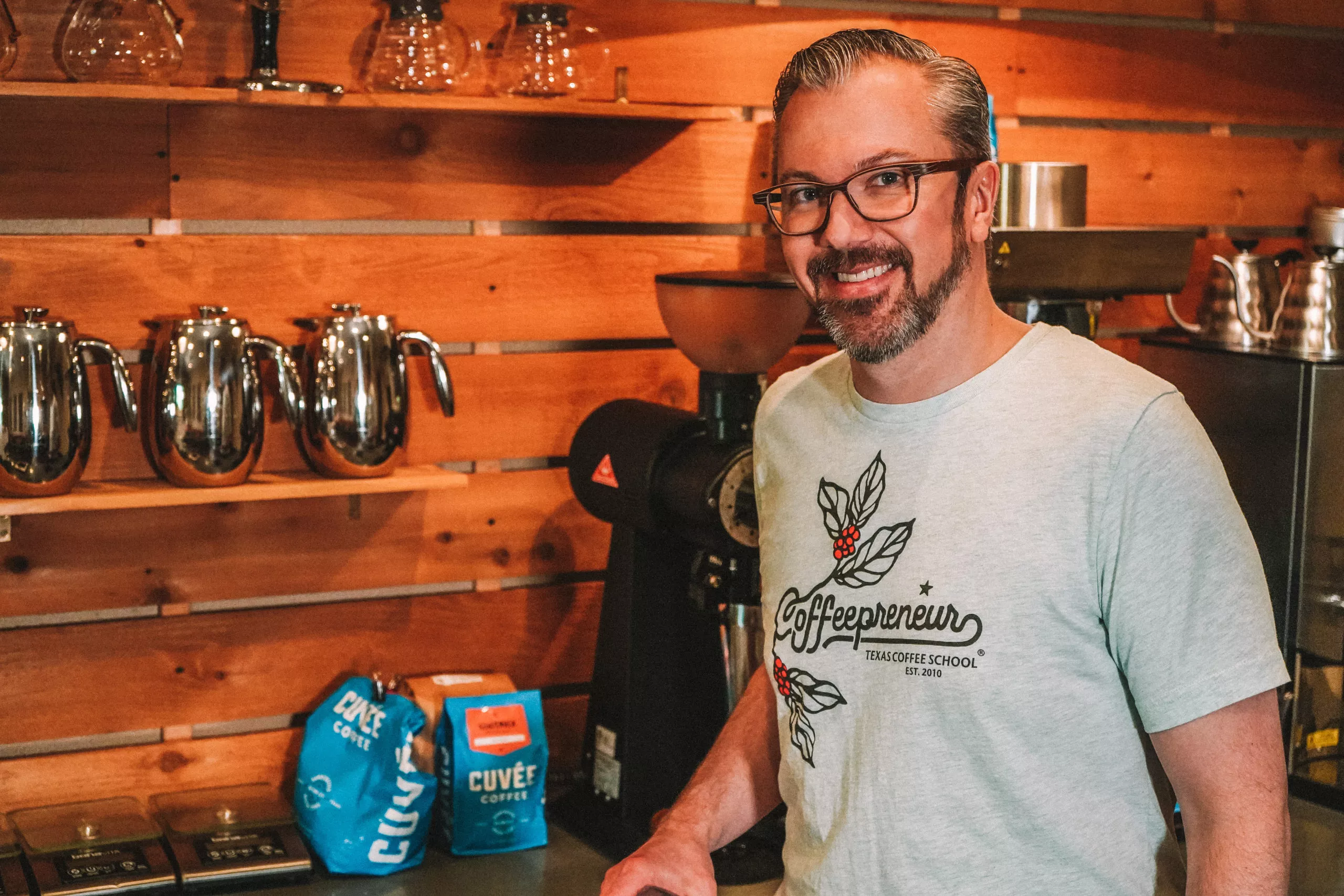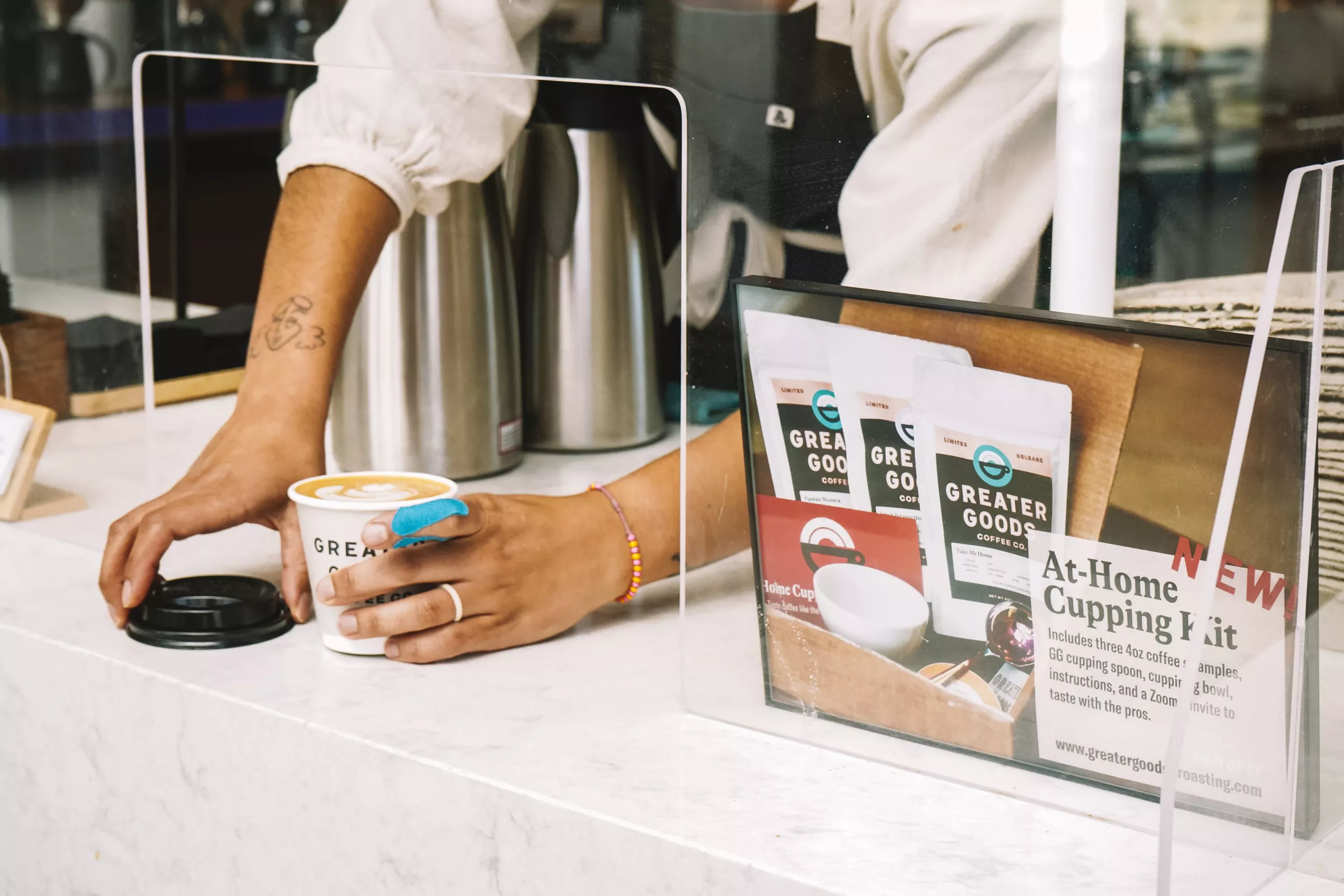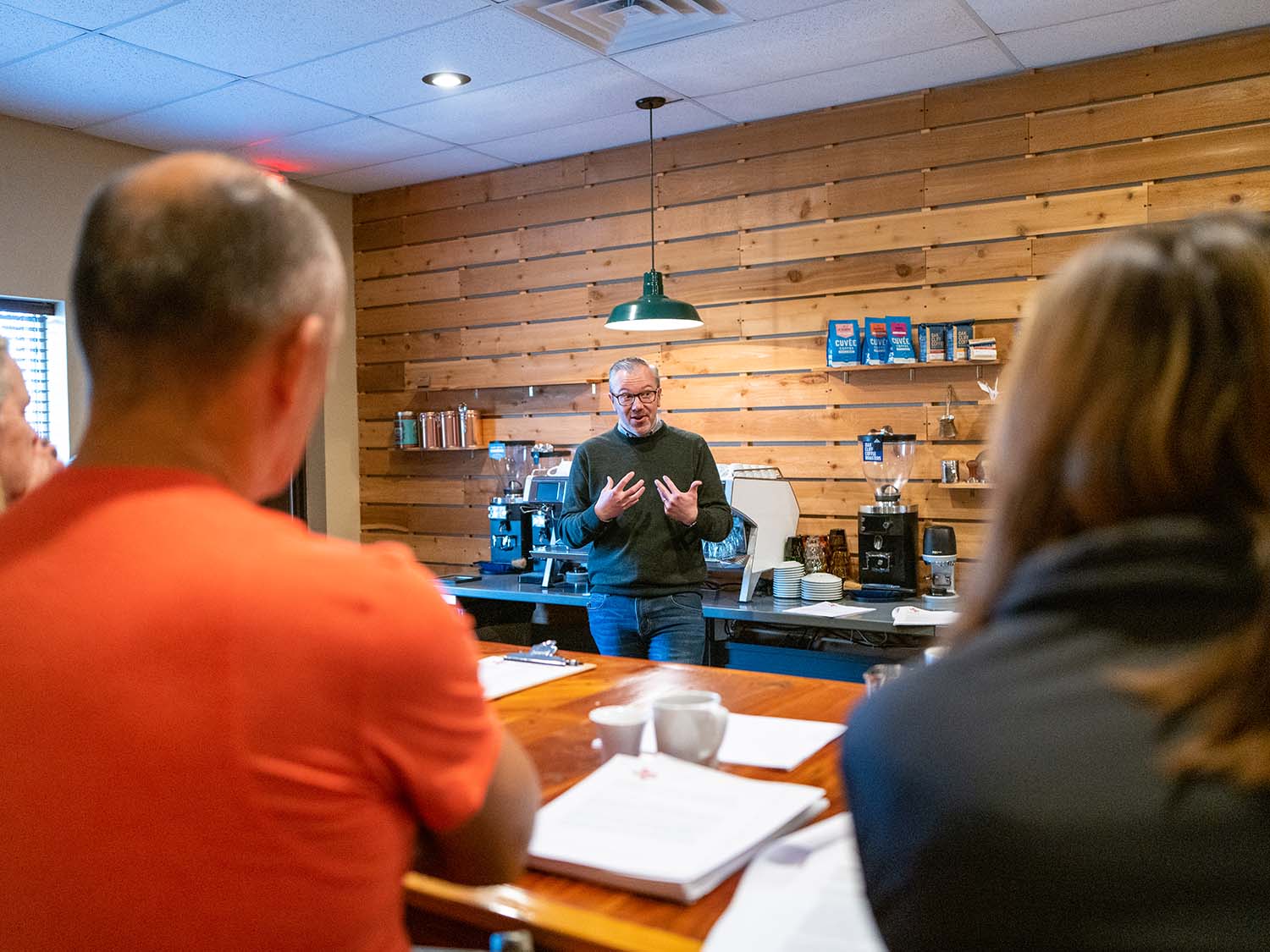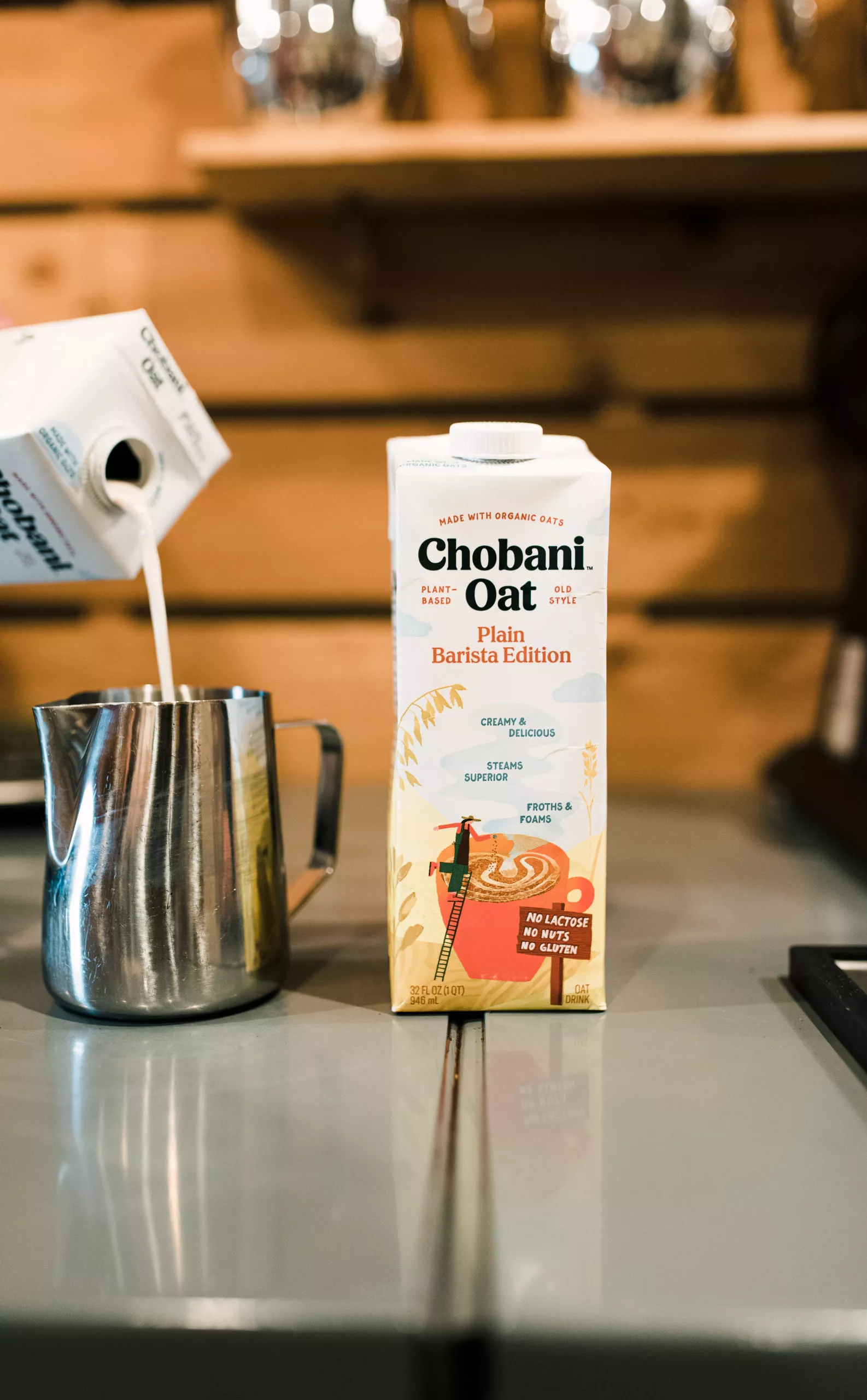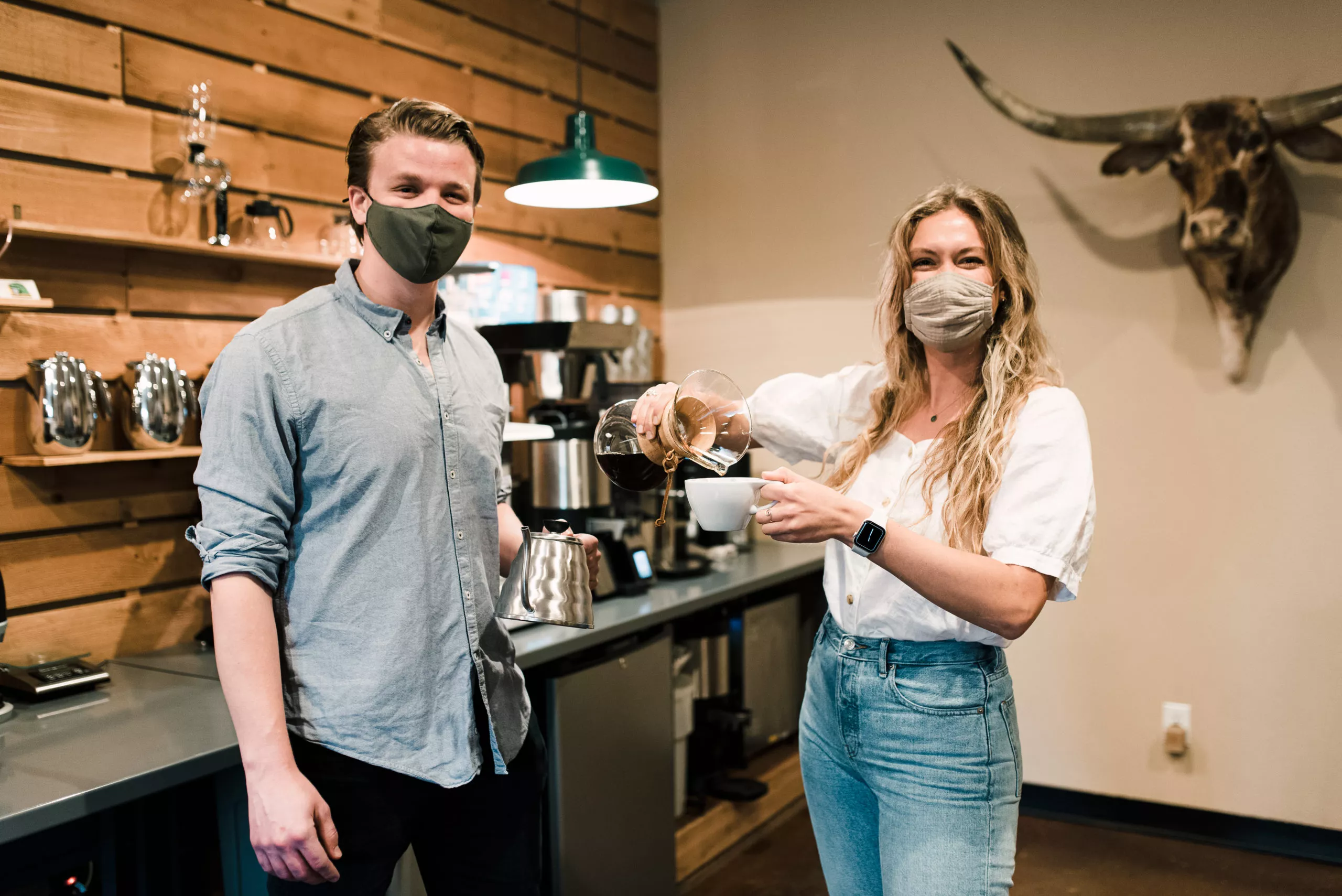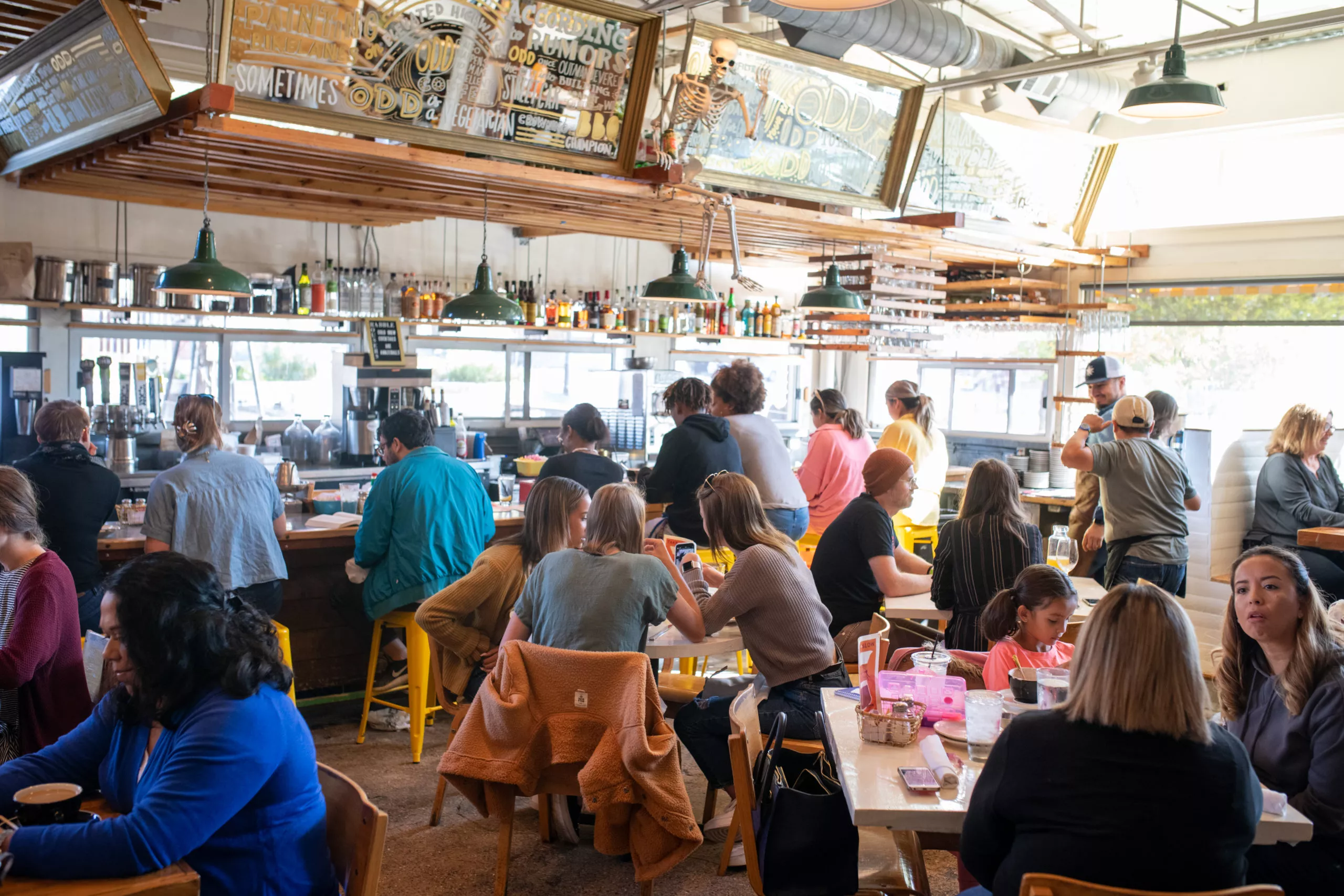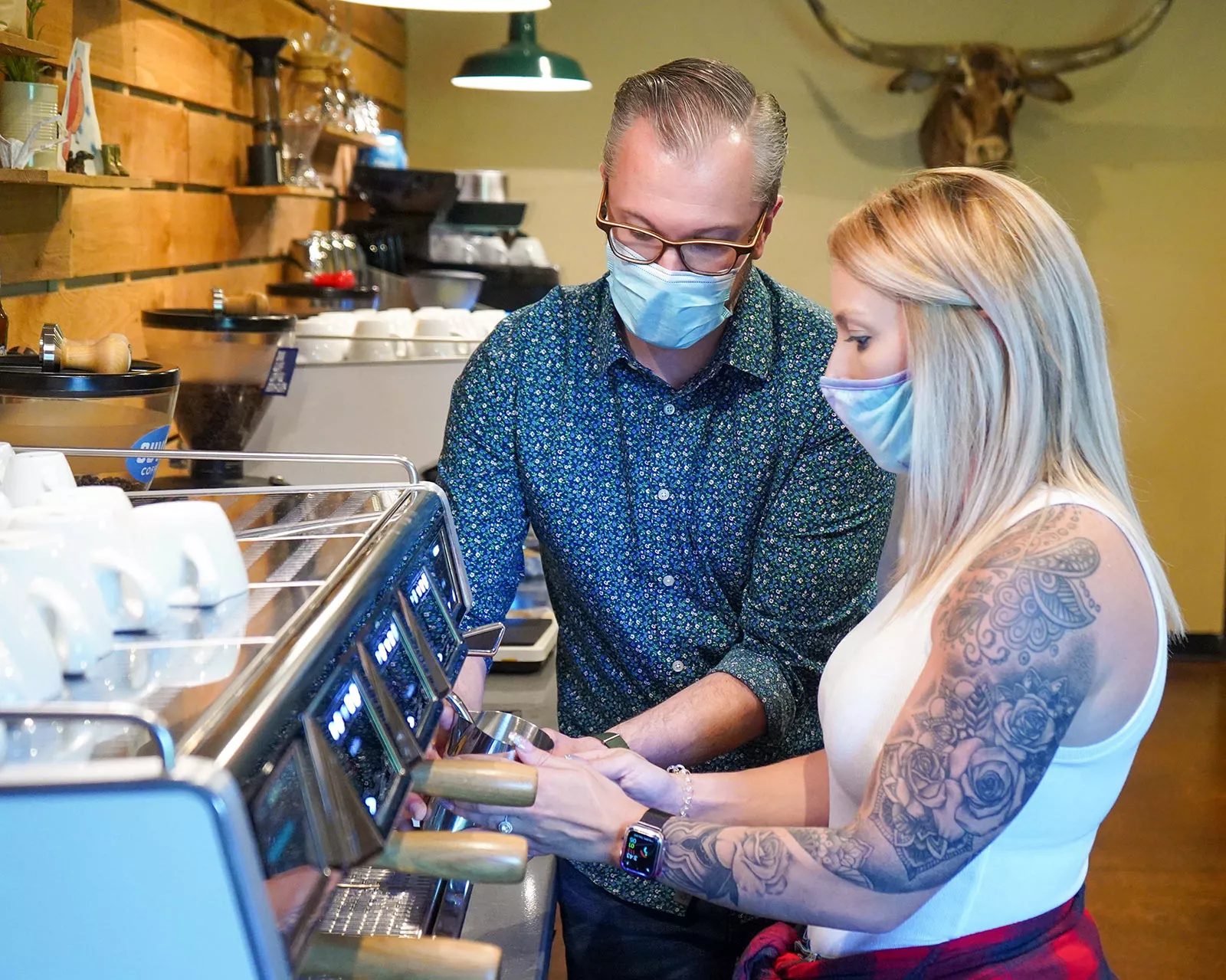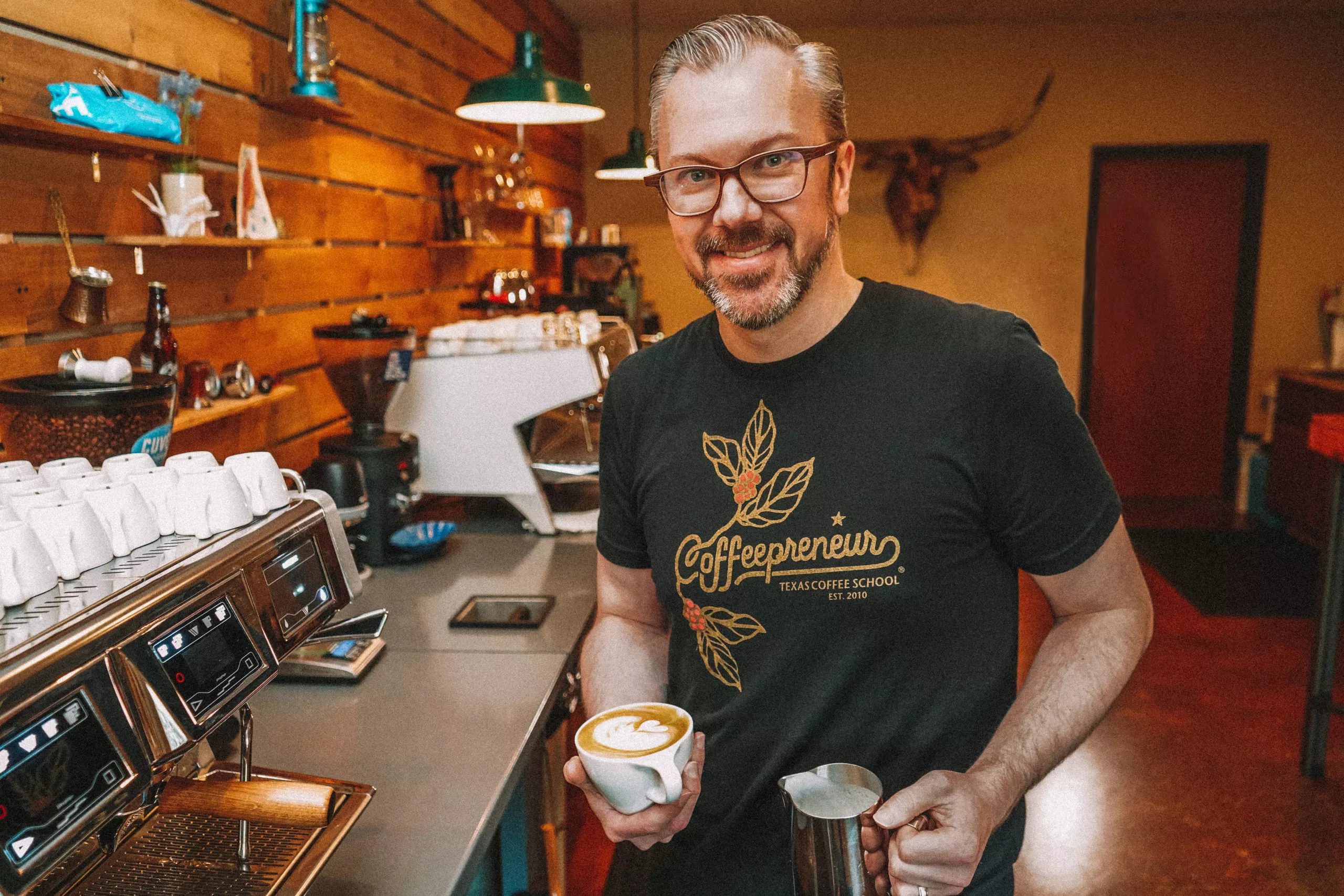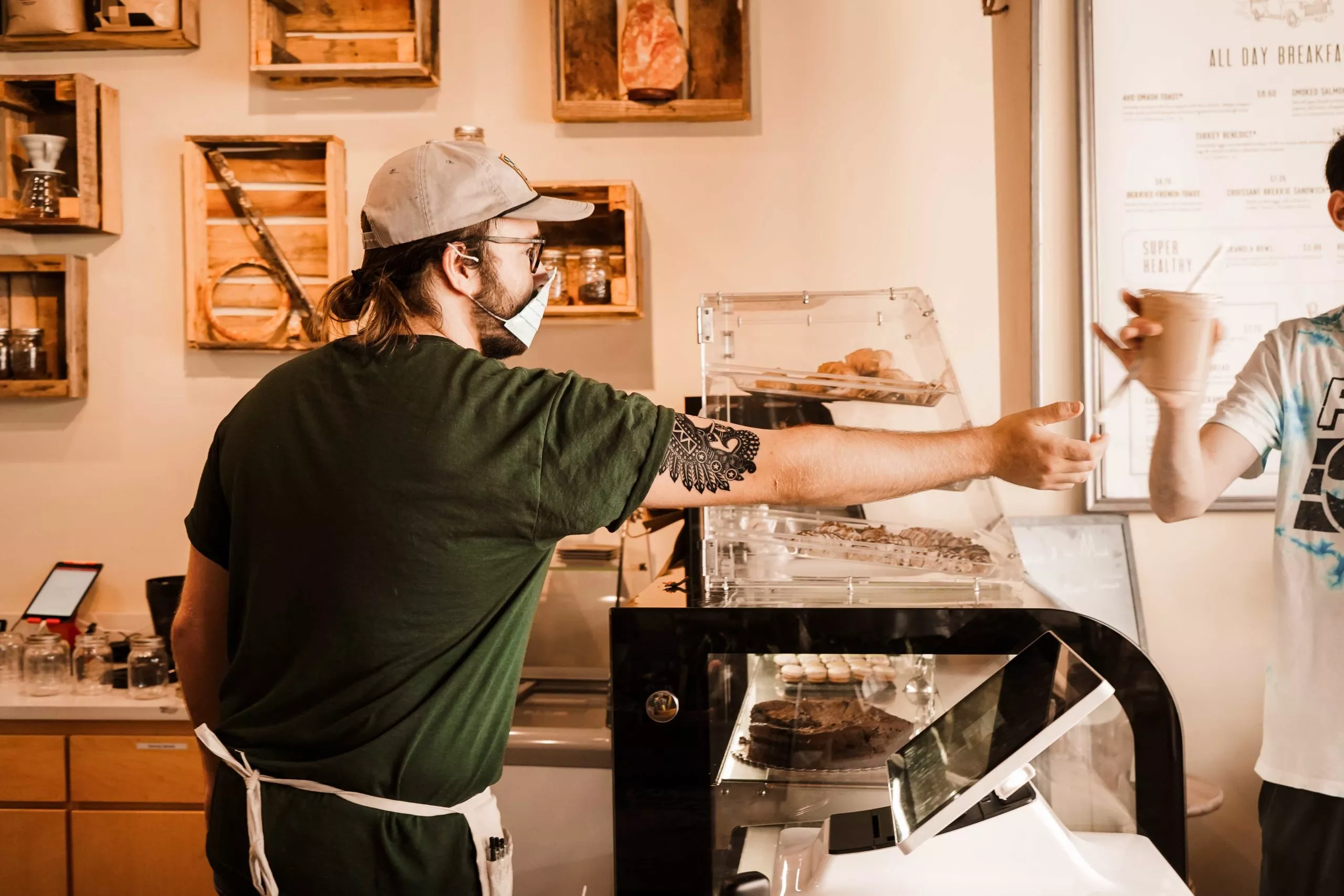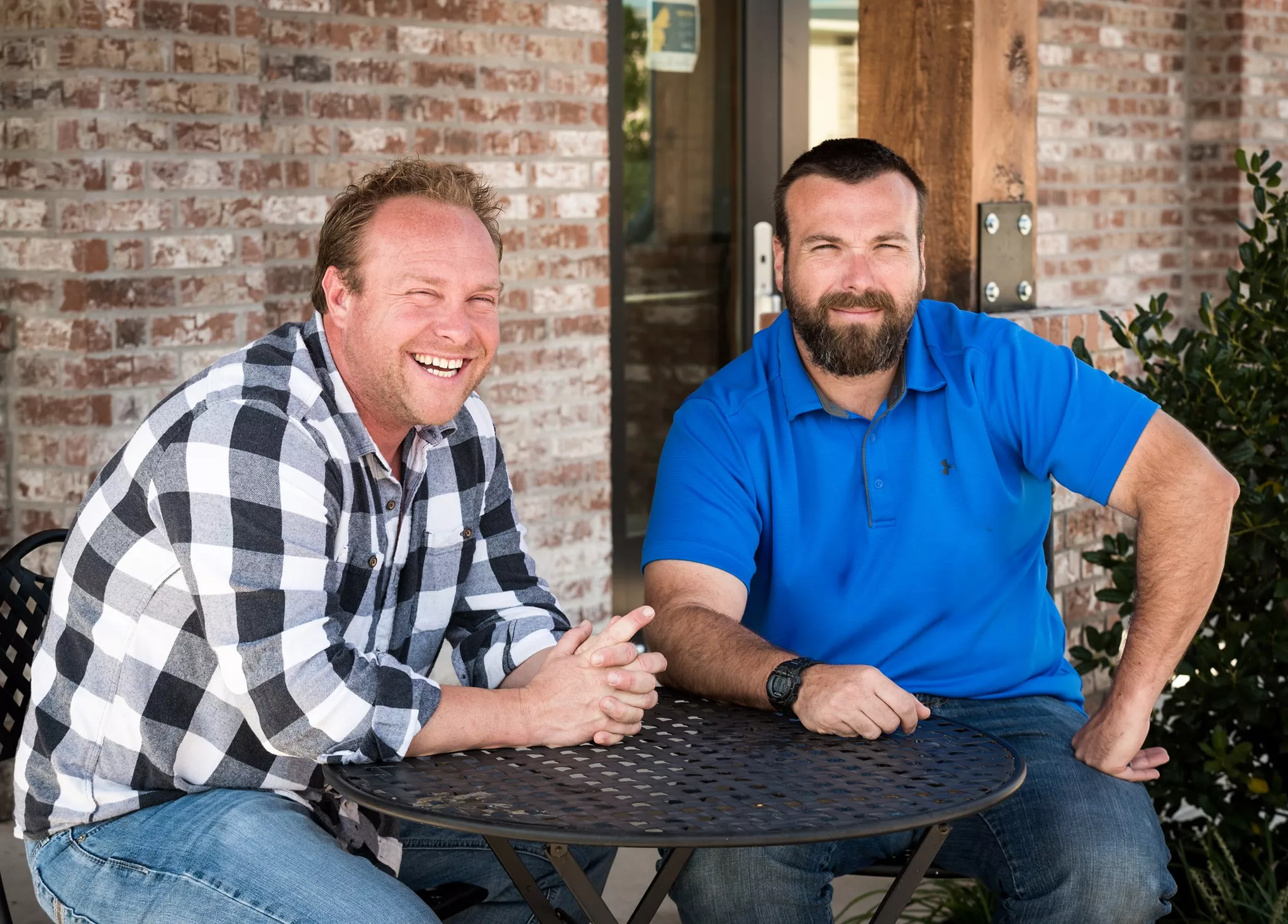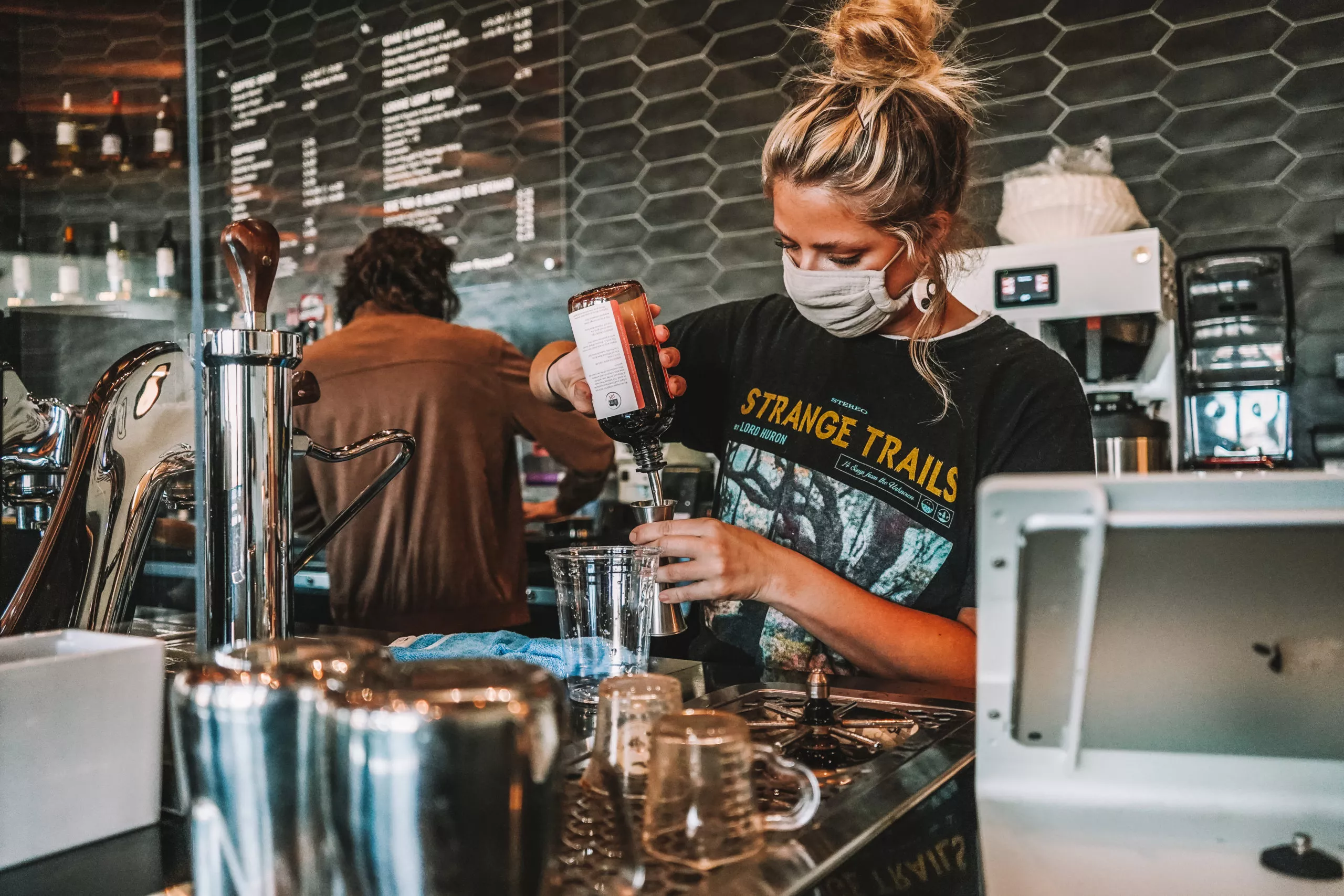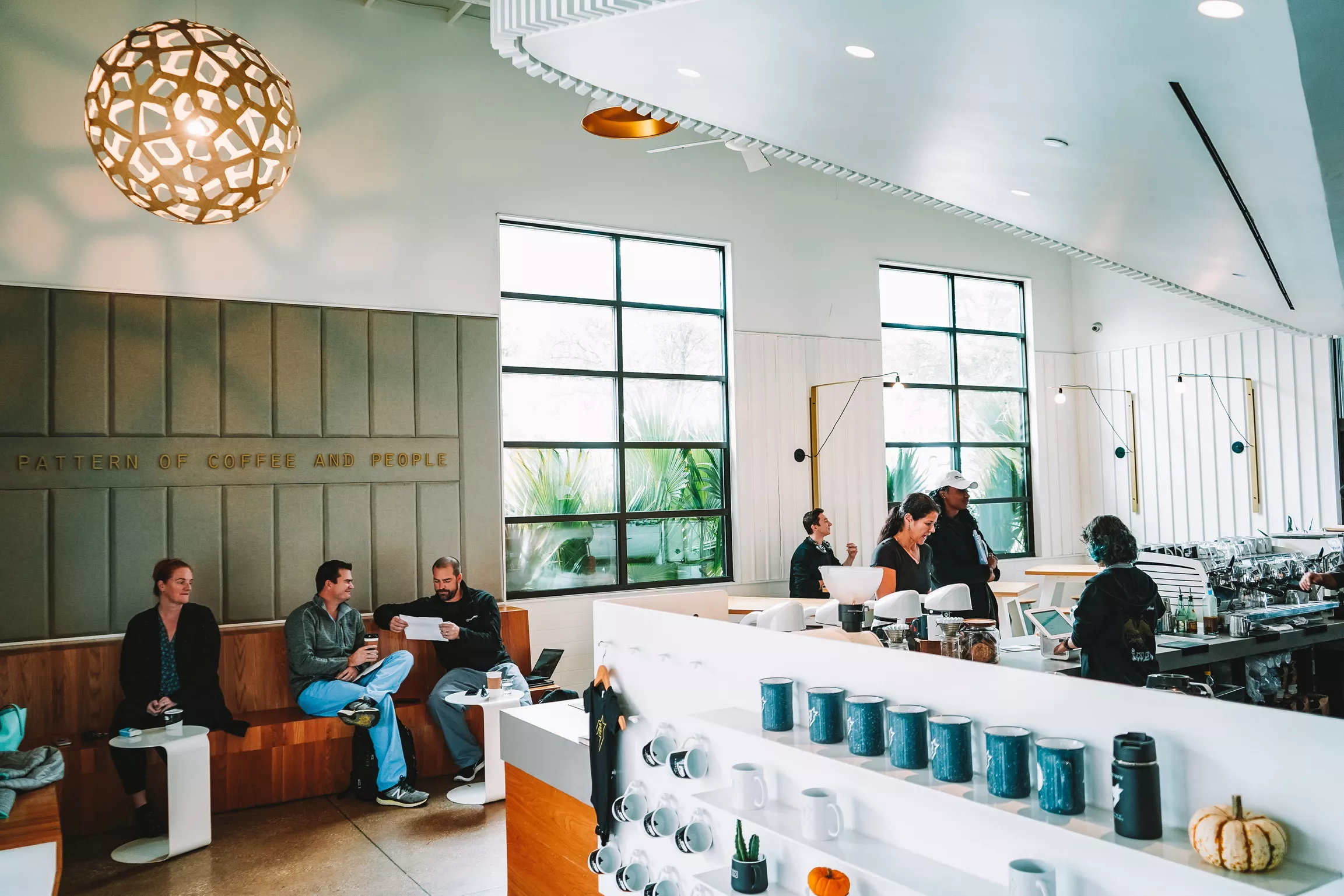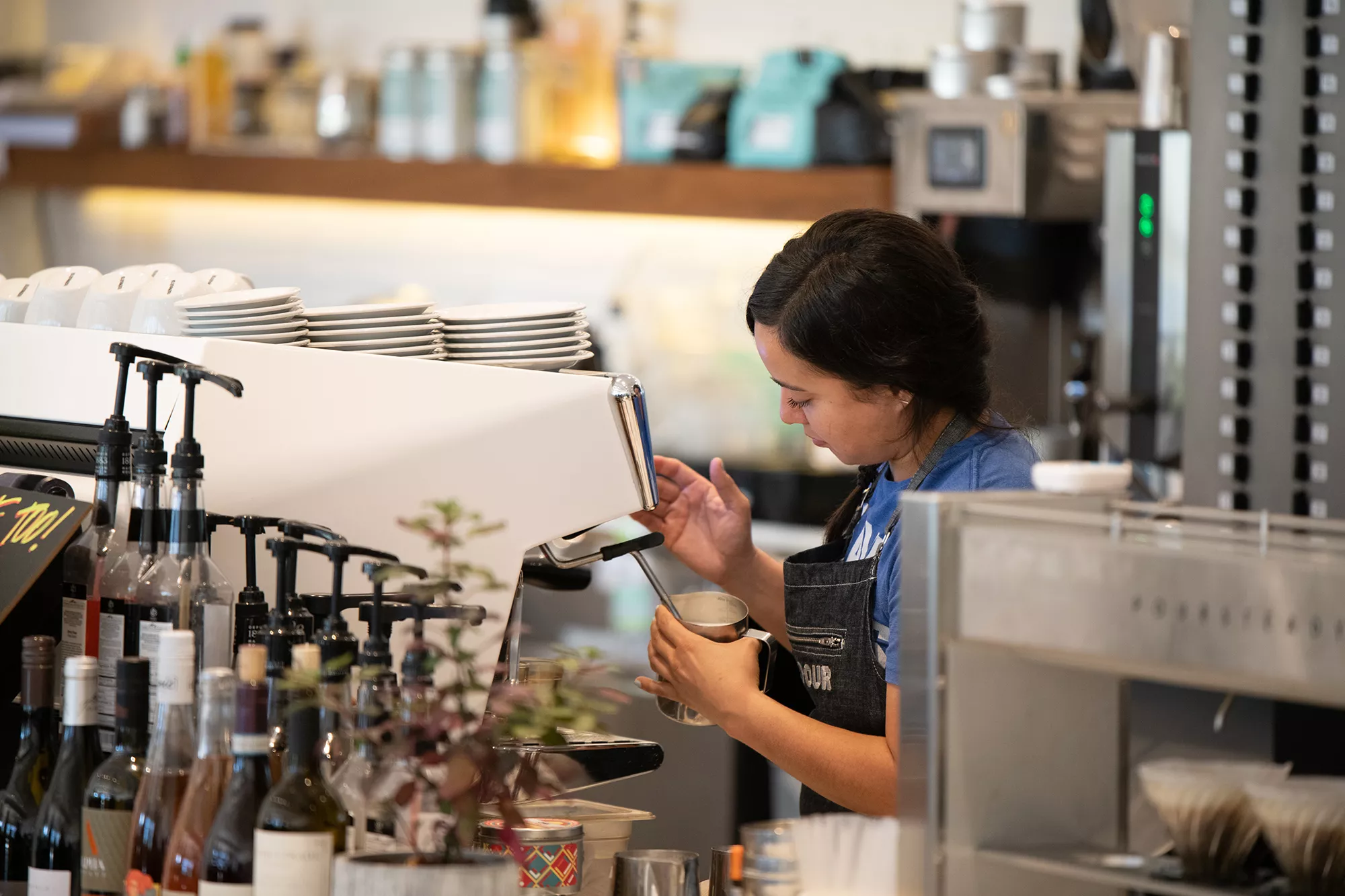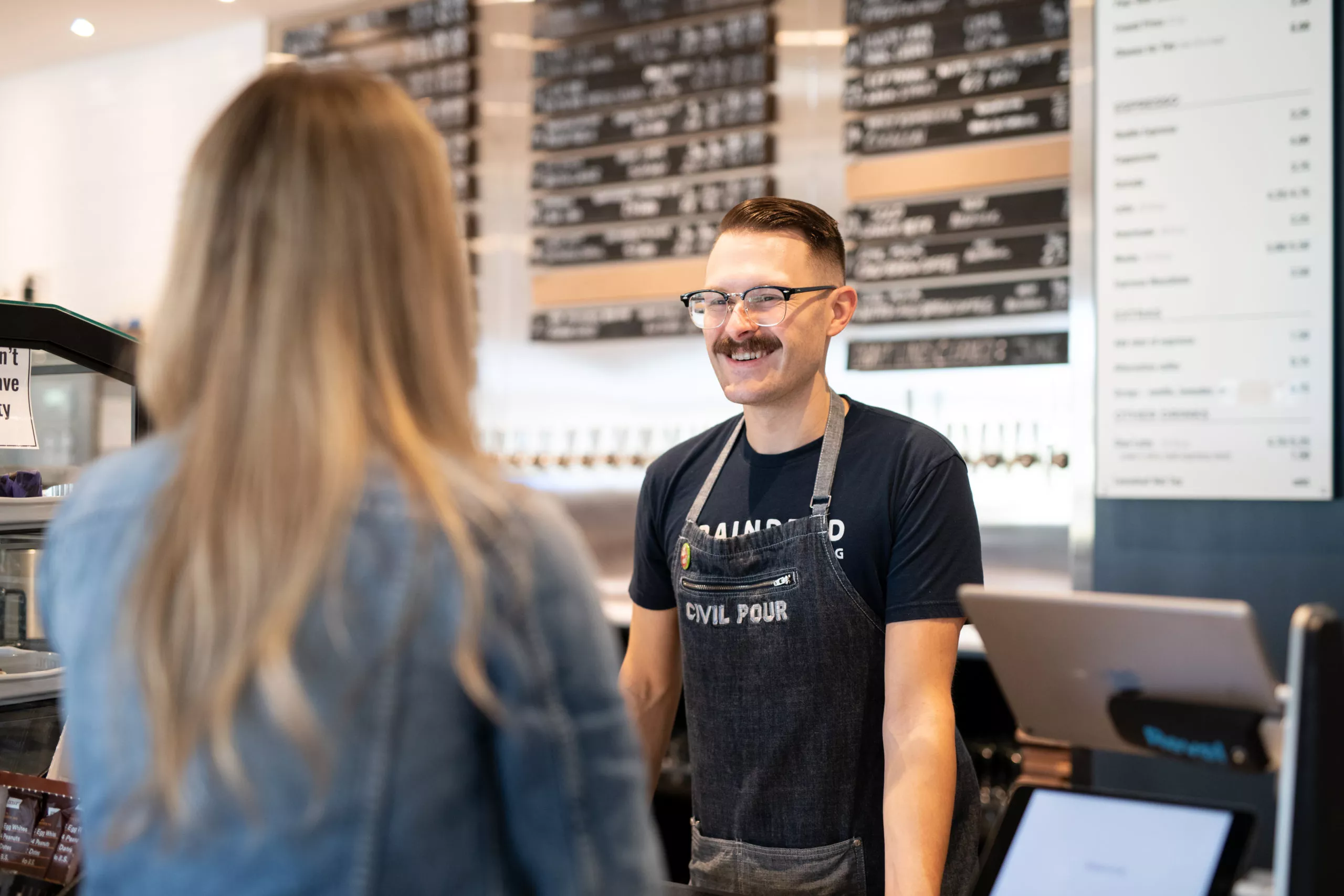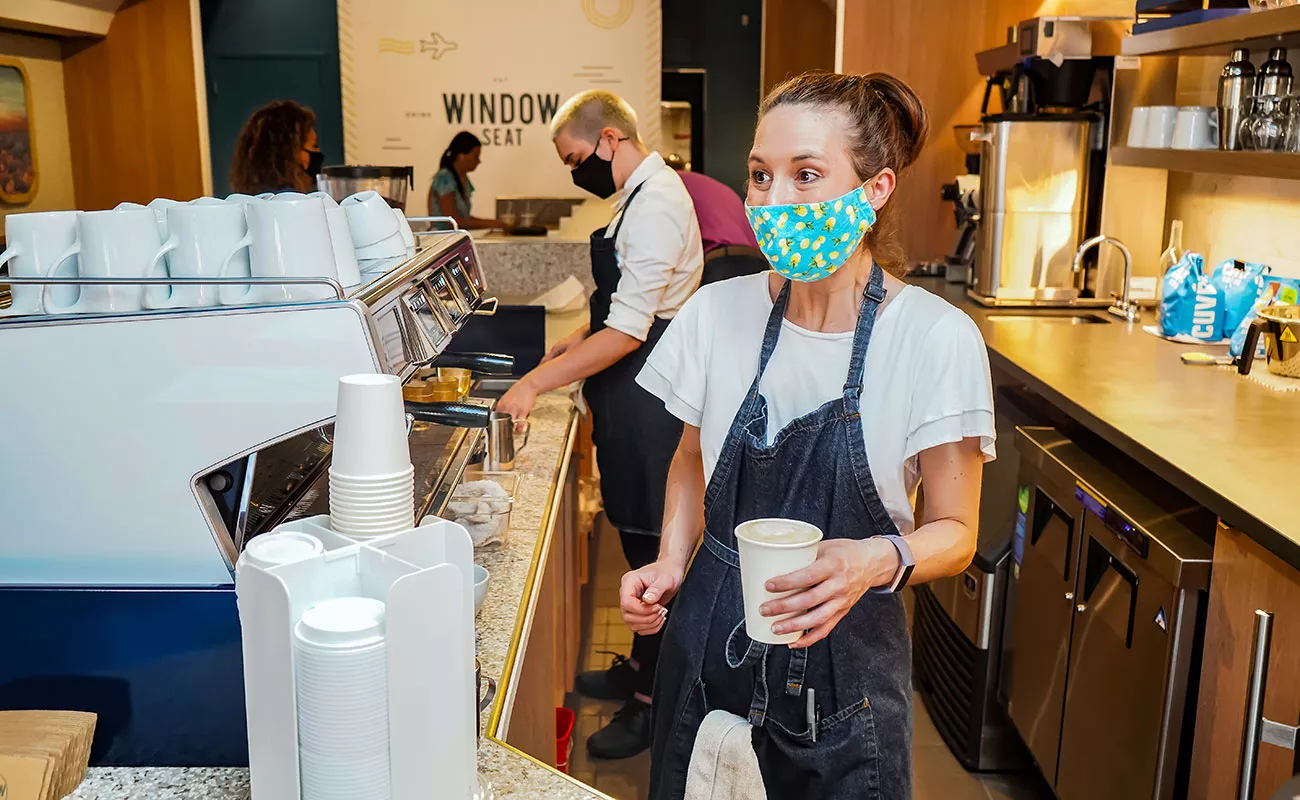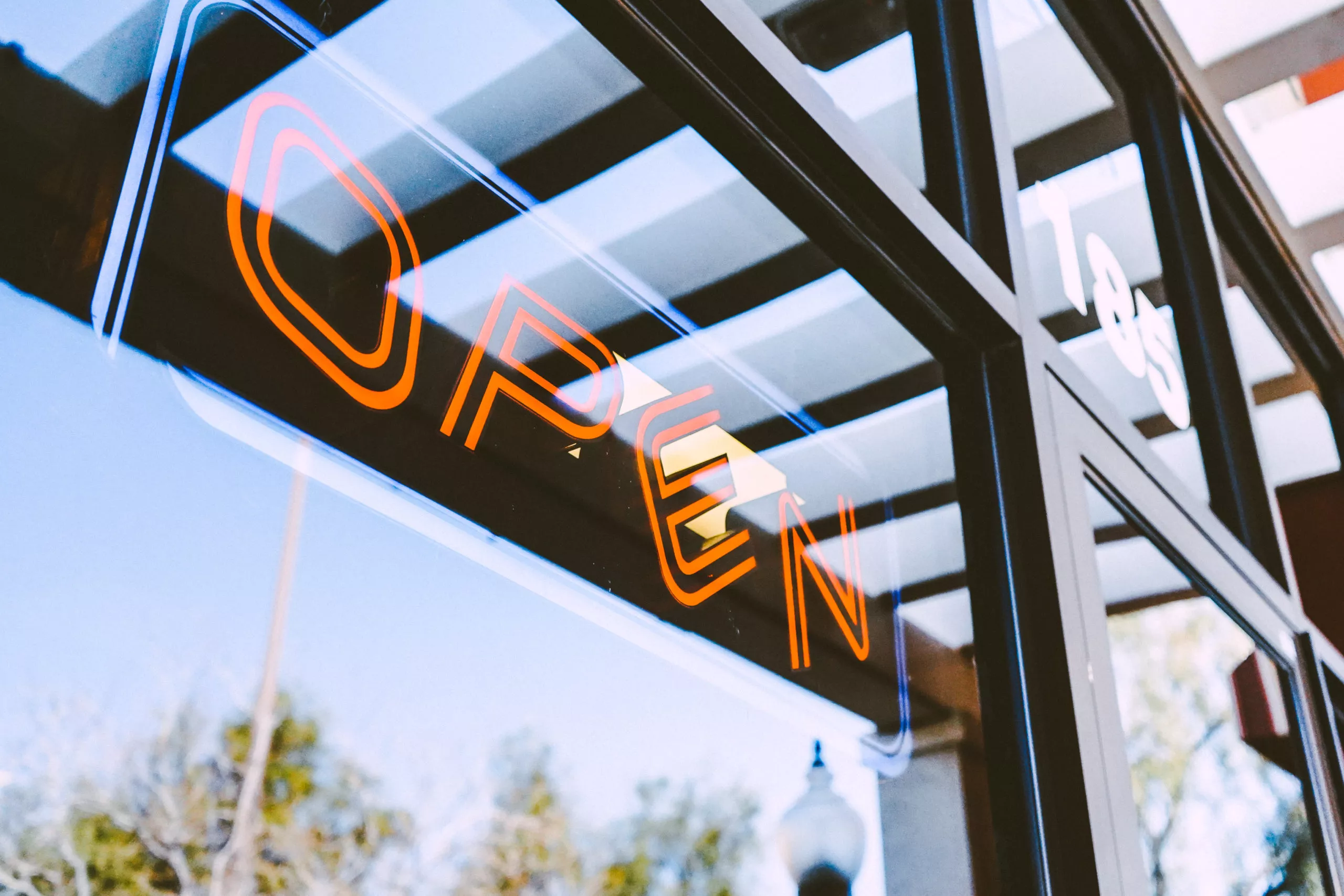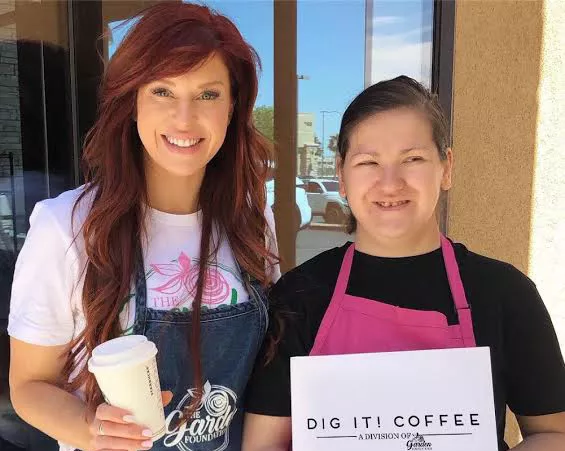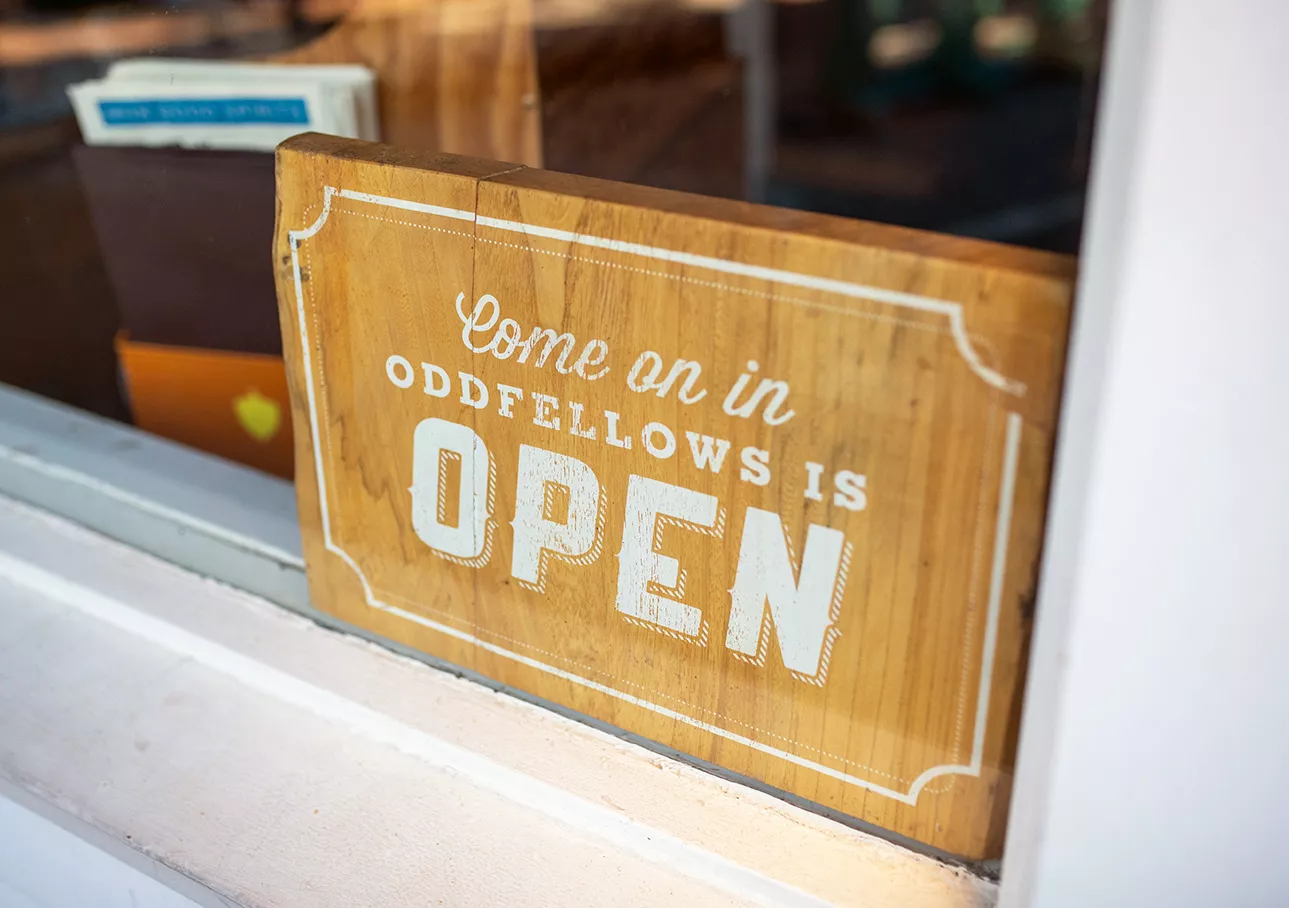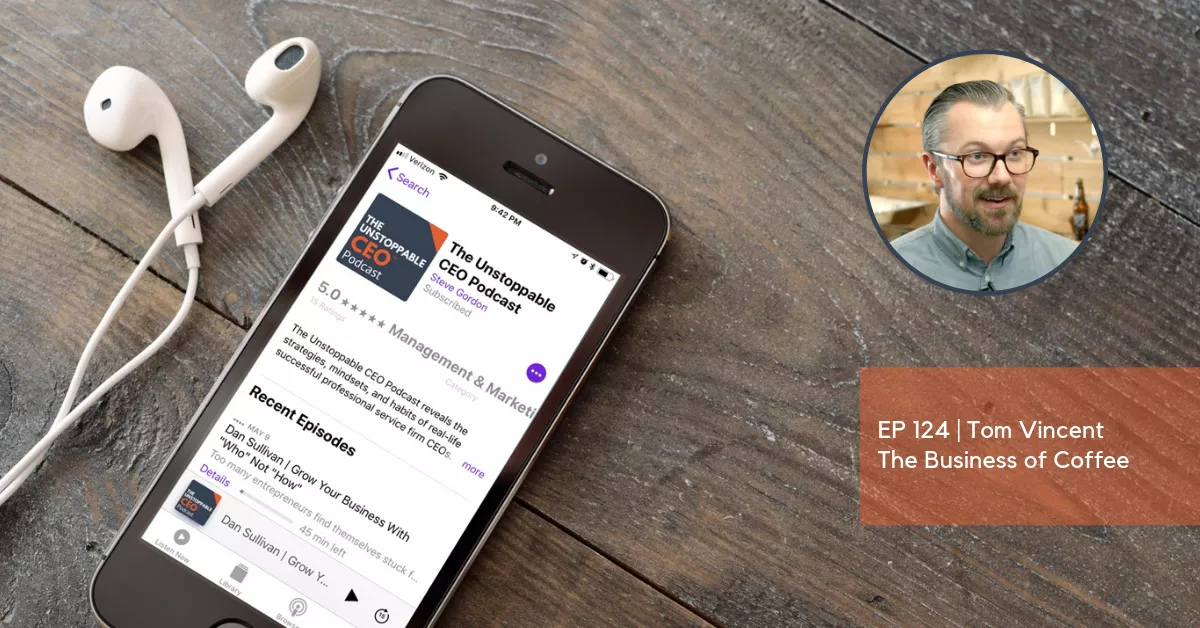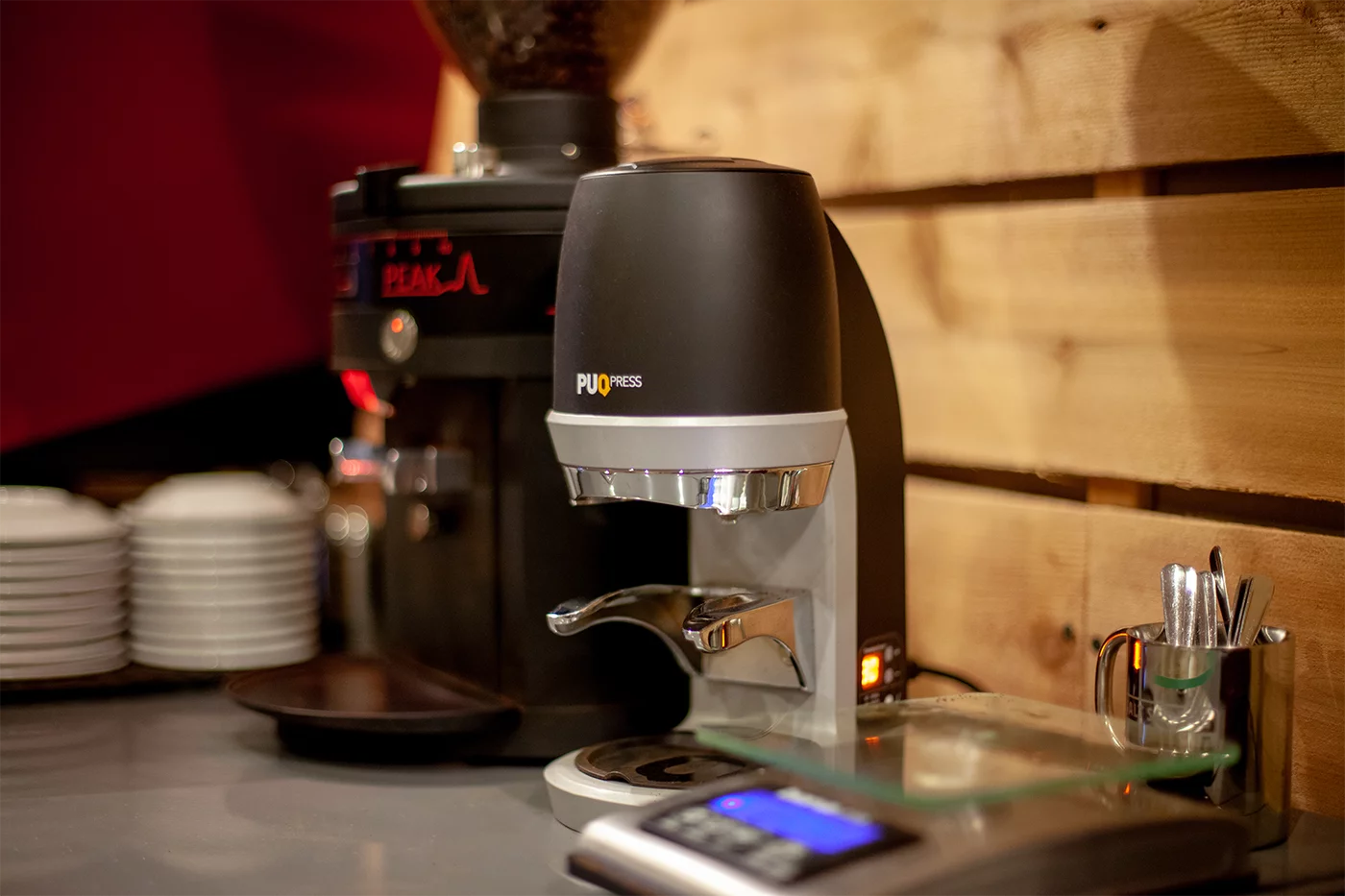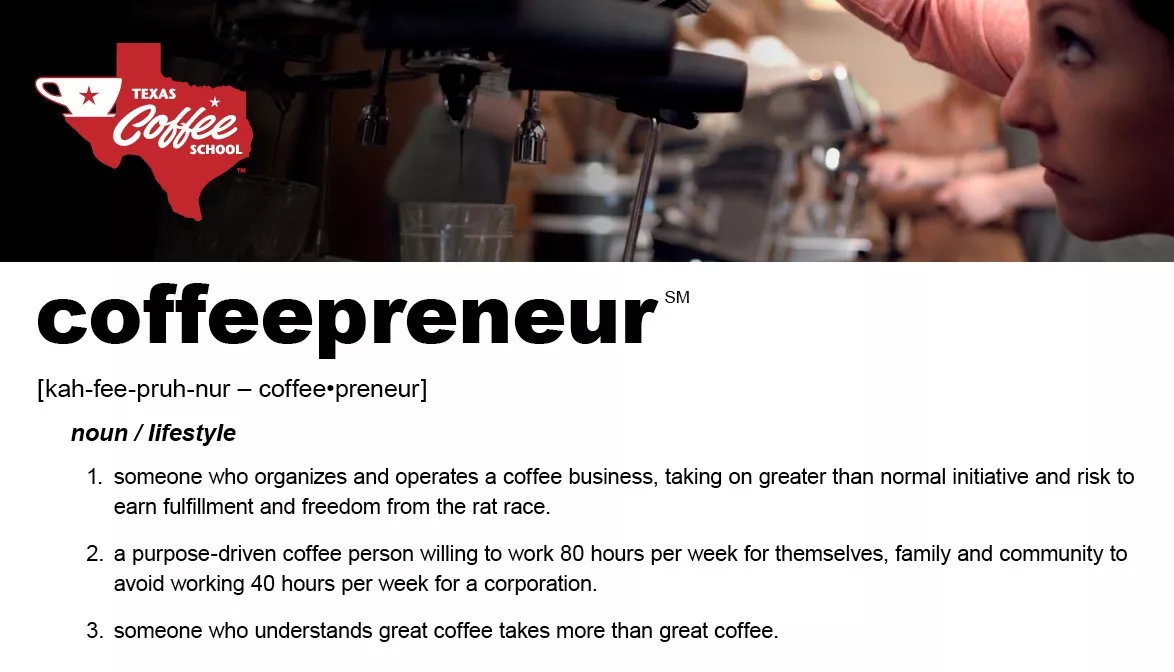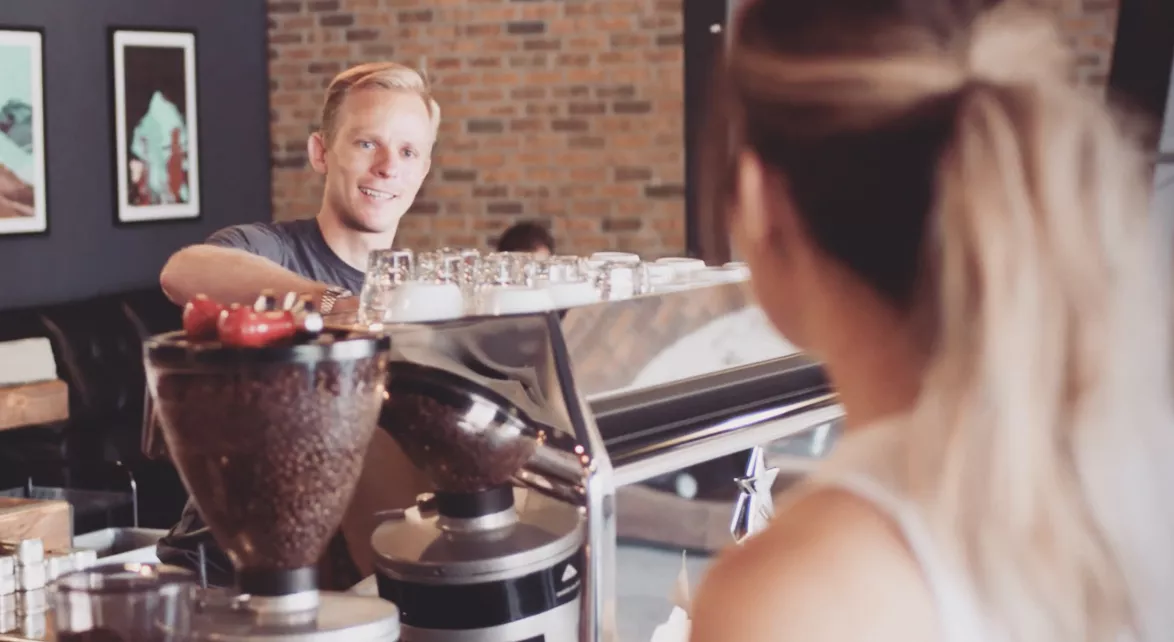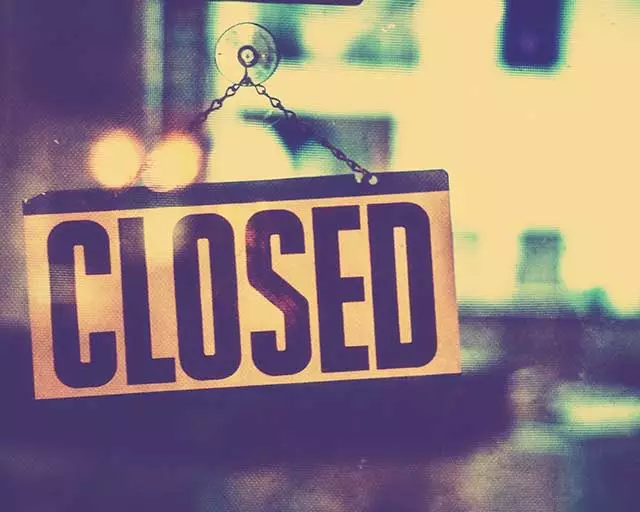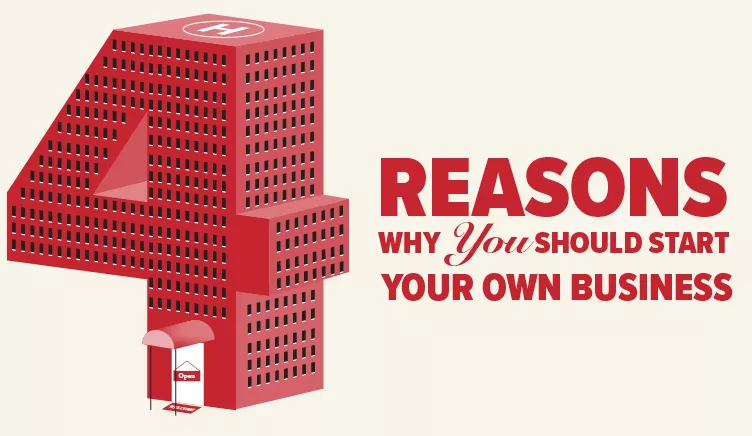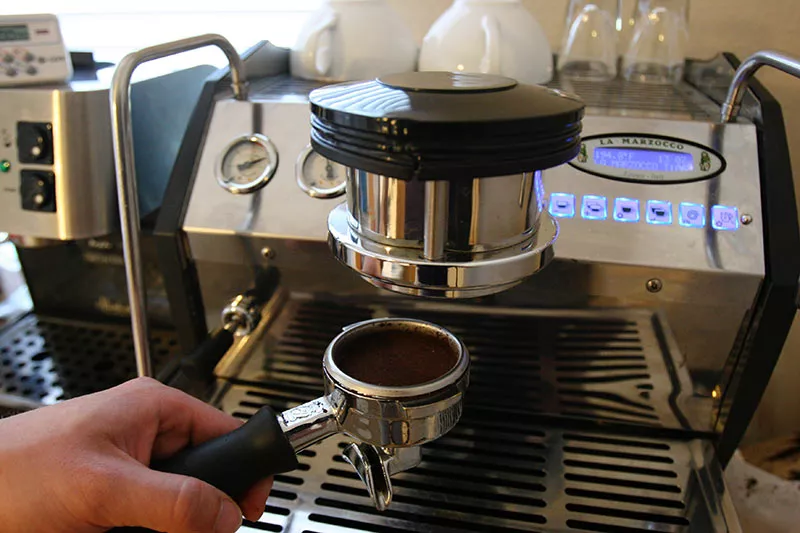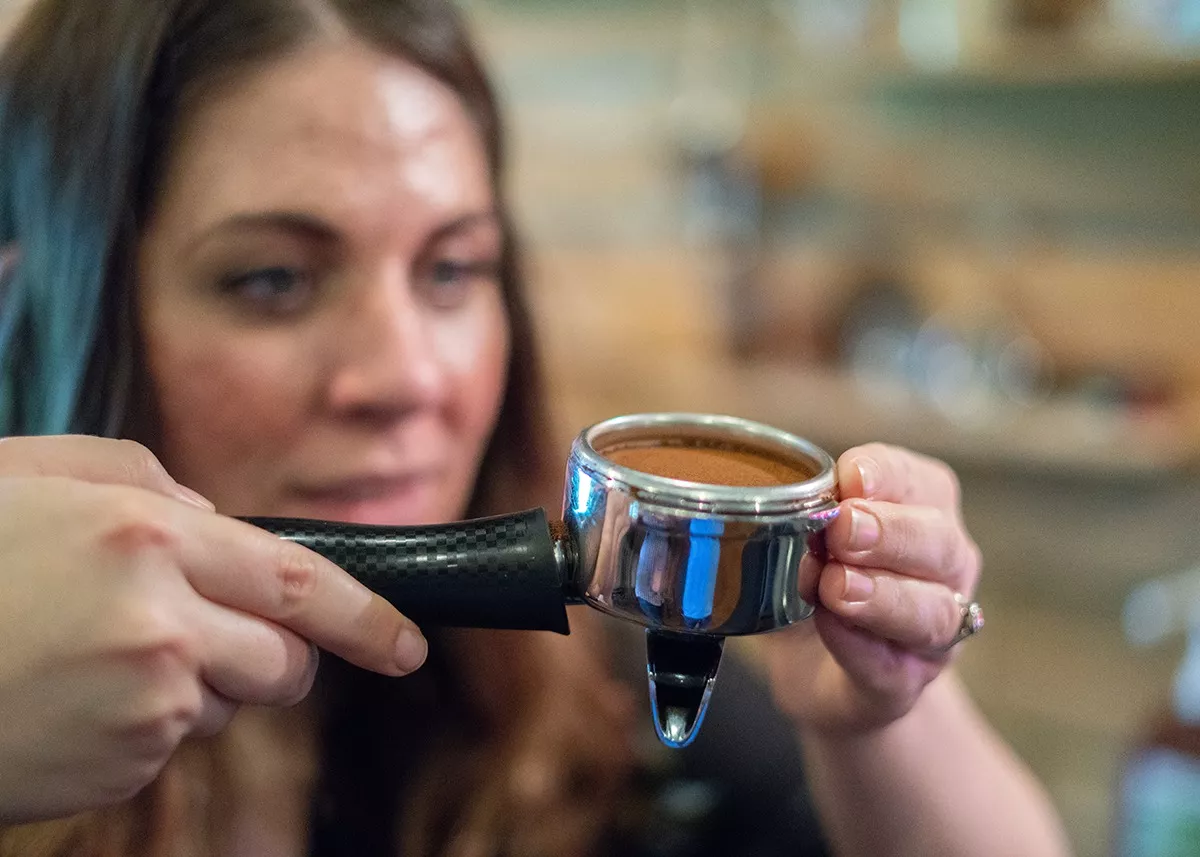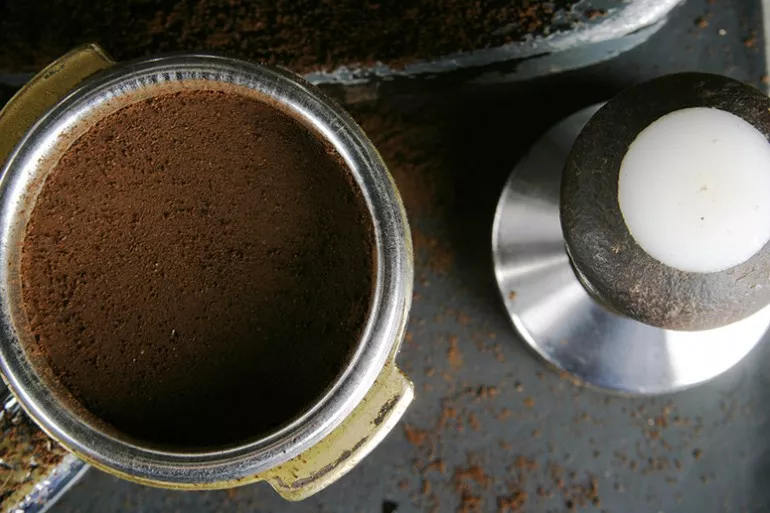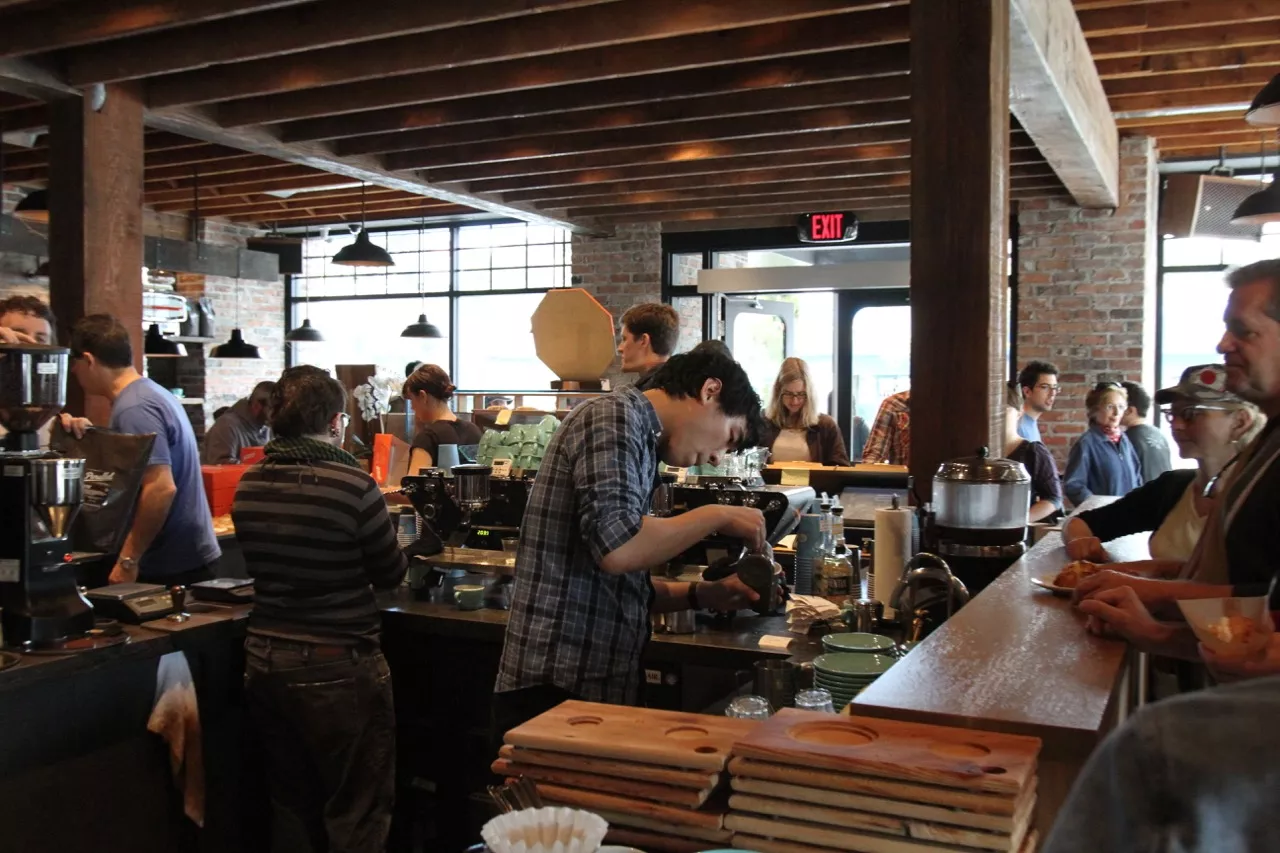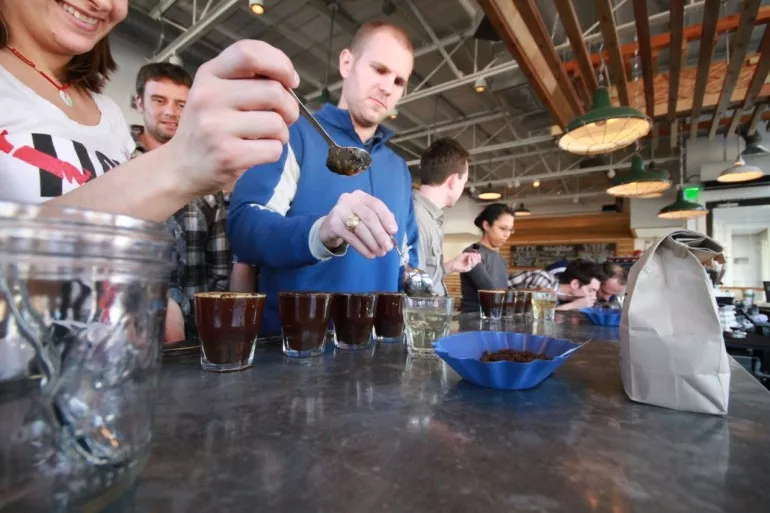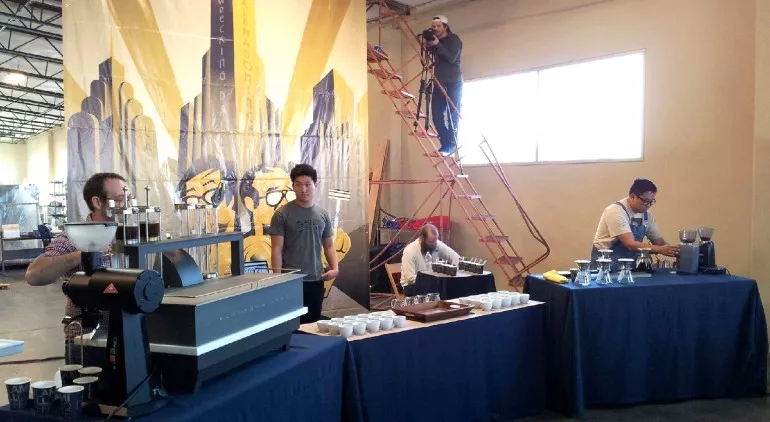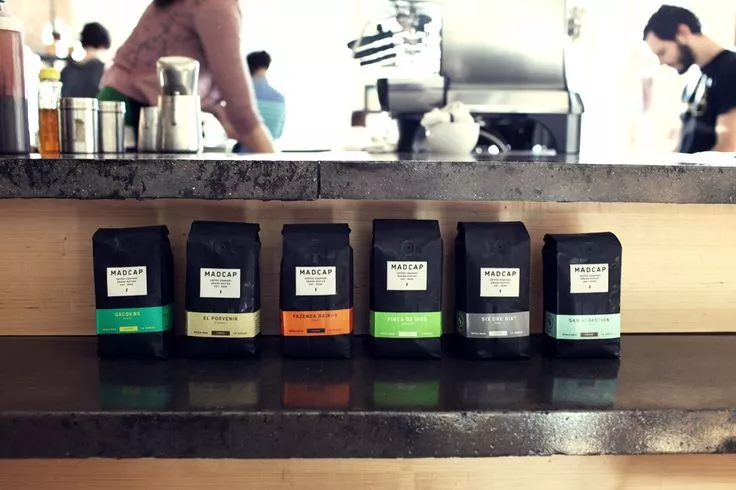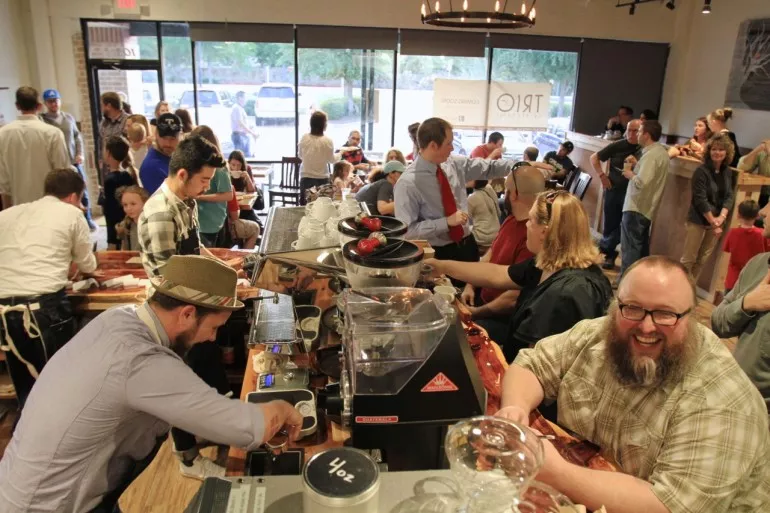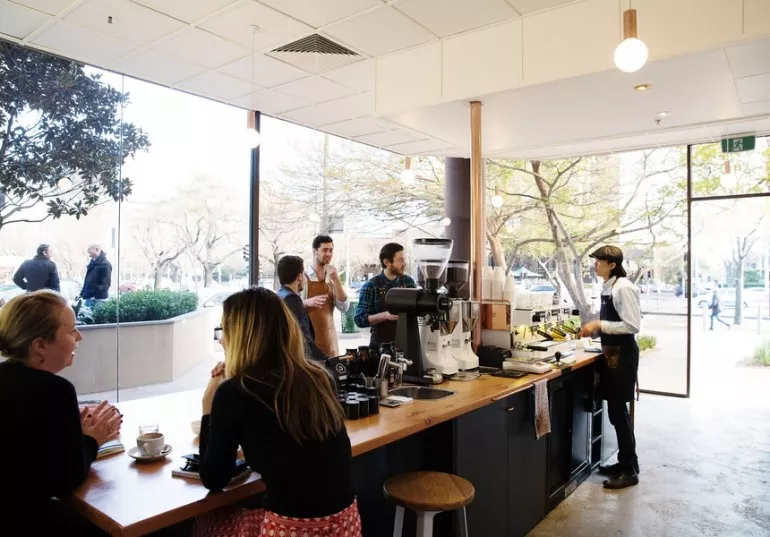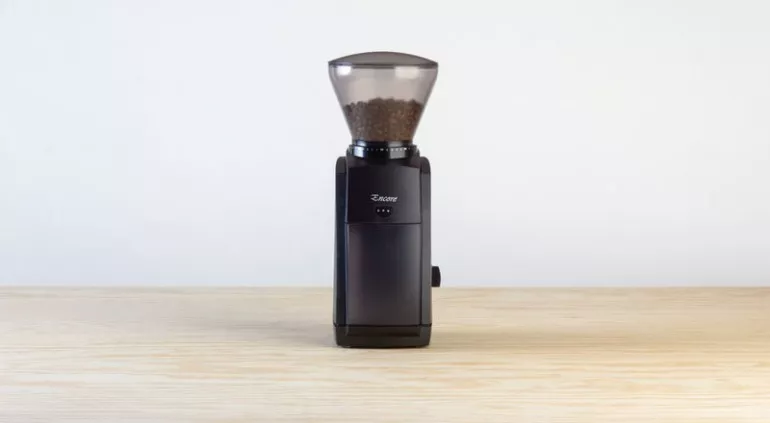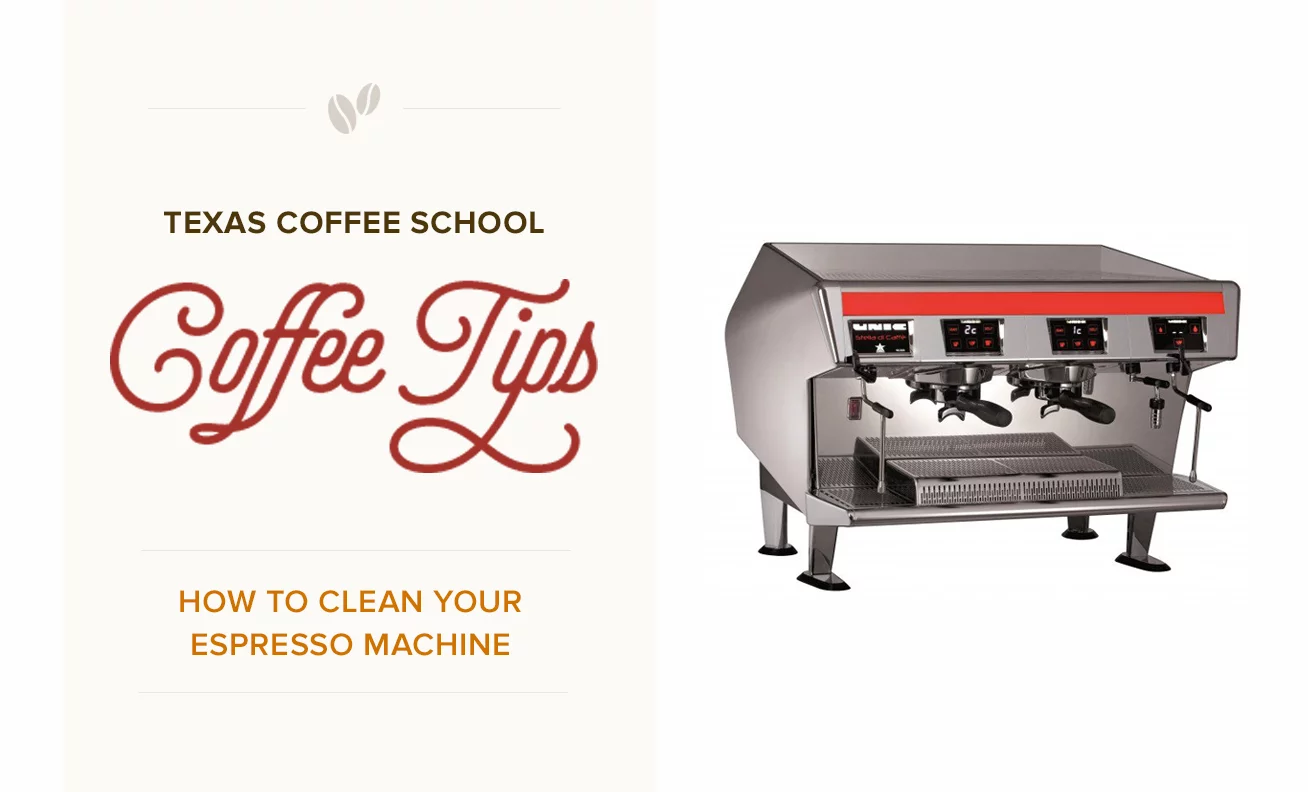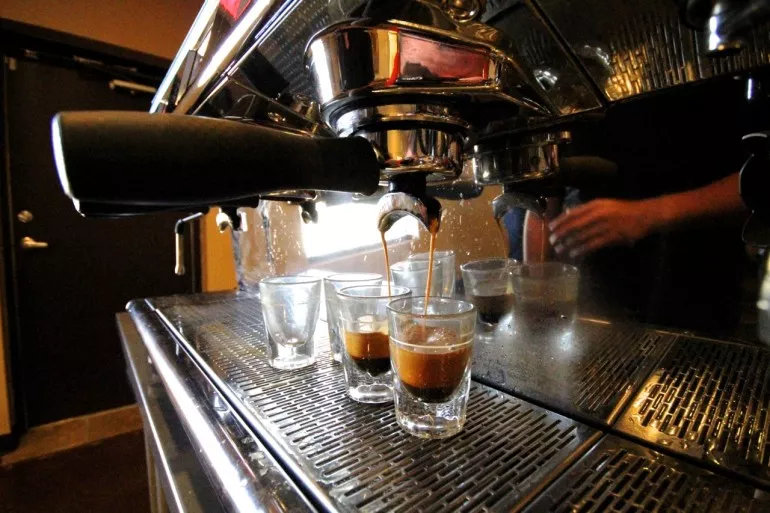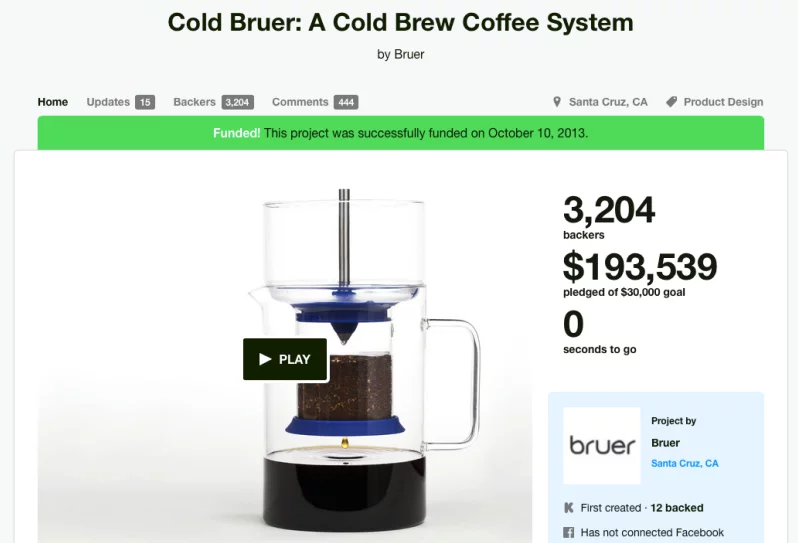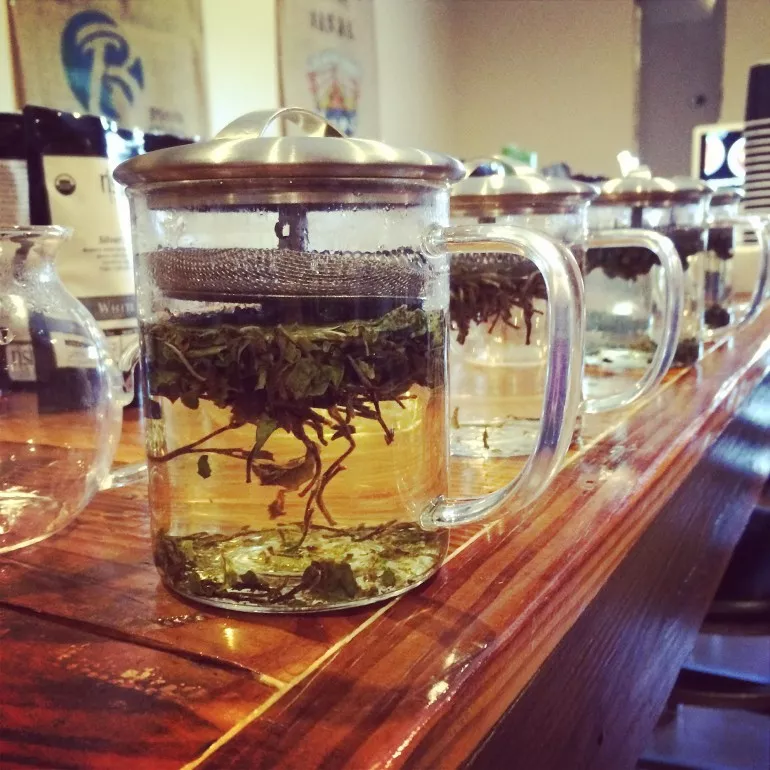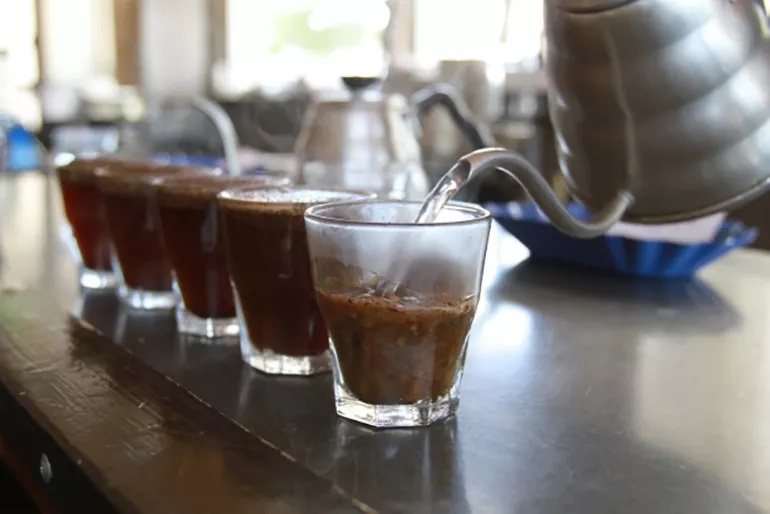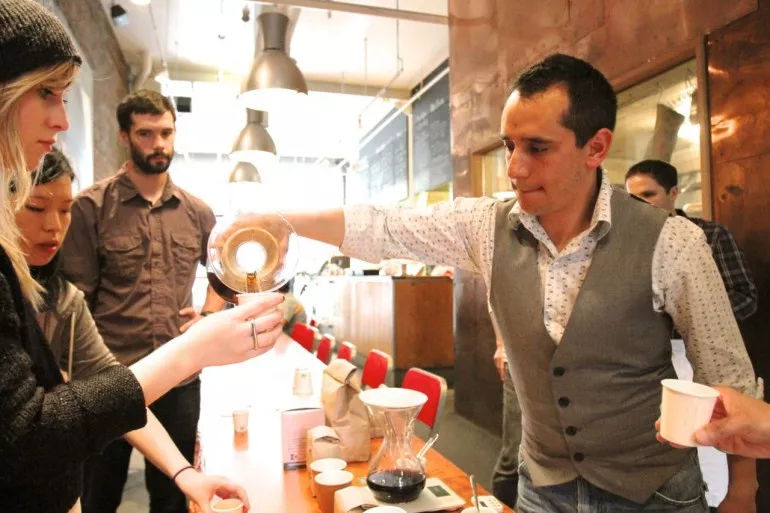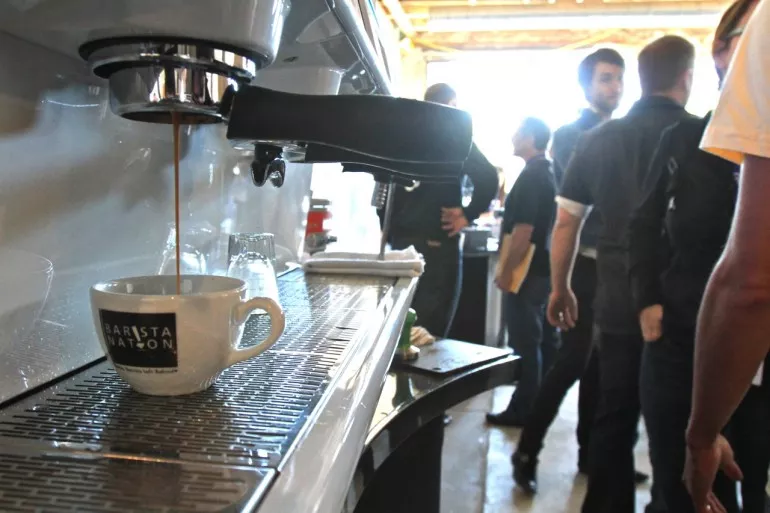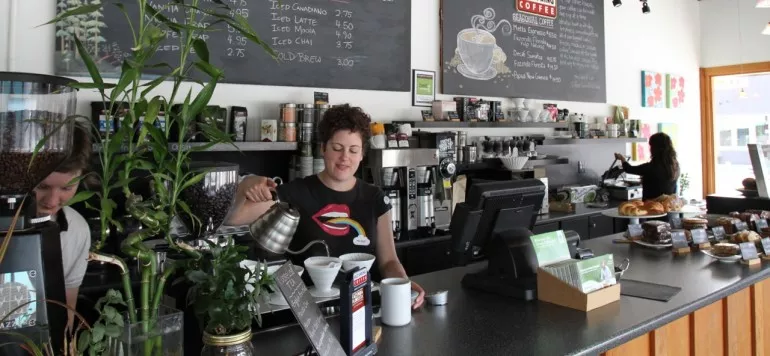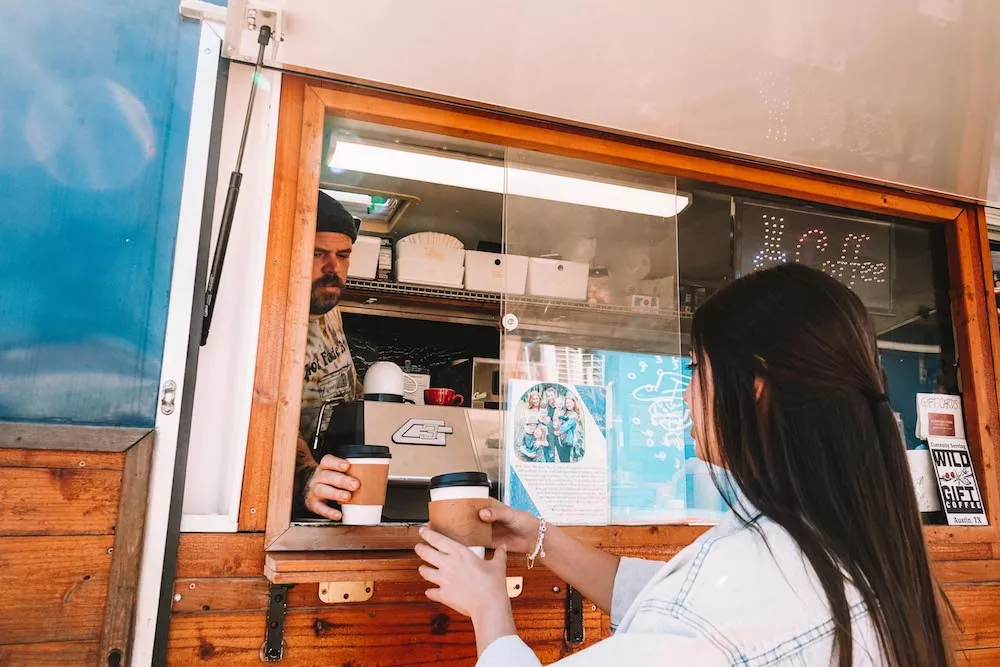
Should You Add a Coffee Program to Your Business?
Entrepreneurs know that every business starts with an innovative idea. Whether you offer one-of-a-kind ice cream flavors, the neighborhood’s freshest produce, tourist apparel, or even nonprofit services, the community needs your presence! But you can also add a coffee program to attract even more customers. And the best part is, you’re not starting from scratch. With a business plan, retail location, and target audience already in place, you can launch a coffee business in just a few months to welcome a new revenue stream.
There’s plenty to consider in starting a successful coffee shop. Read on to learn about what types of business should try serving coffee, the benefits of adding the service, and four important factors to consider.
What Types of Businesses Should Consider Serving Coffee and Espresso?
Certain types of businesses are more conducive to a coffee program than others. If you’re the owner of any of the following business types, the new source of revenue might be right for you:
- Seasonal businesses who want to also reach their customers during slow months. This includes snow cone, ice cream, and popsicle shops like Beanstalk Coffee and Sno. Opening a drive-thru coffee service at one location became so successful that Coffeepreneurs® Jennii and Adrian plan to roll it out to all of their existing snow cone locations.
- Restaurants, grocers, and retailers who want to attract customers to their store over a competitor with a cafe option. Because who doesn’t occasionally swing by Whole Foods for groceries and a drink from their full-service coffee bar?
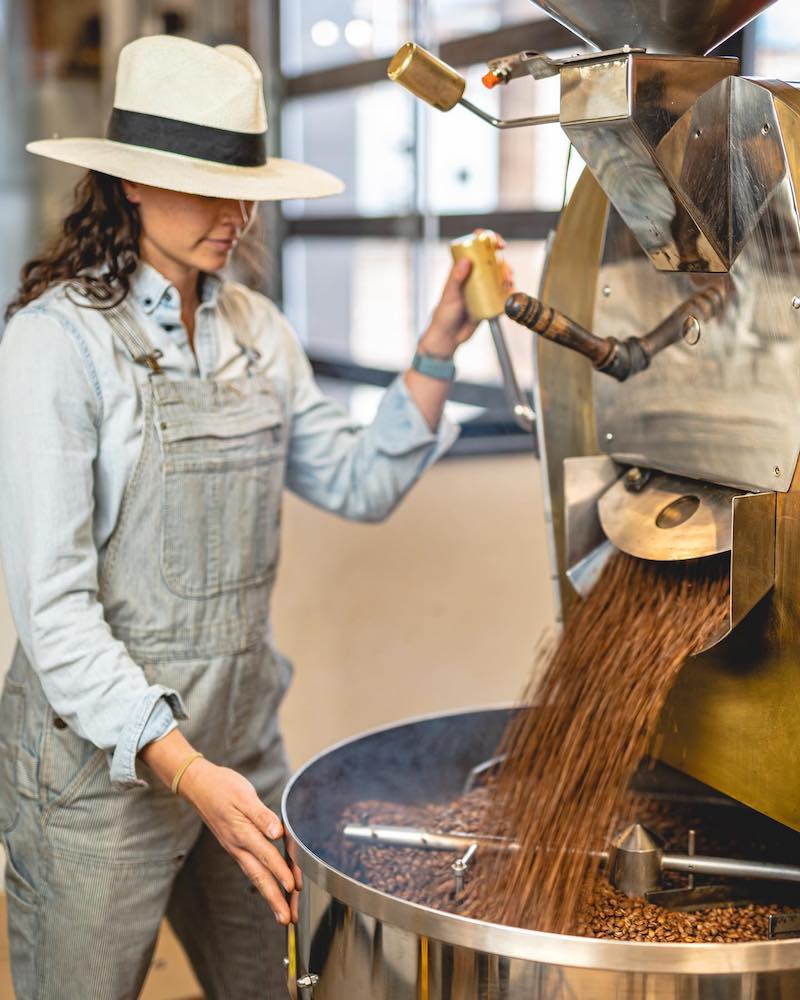
Source: Mango Tree Coffee Facebook
- Event spaces who want to serve coffee on-site to guests. This includes concert venues, churches, and office buildings.
- Businesses with nearby retail space who want to increase foot traffic. Pop’s Garage Fabrication, a motorcycle repair and fabrication shop, purchased the other half of their building when the previous retailer put it up for sale. Thus, Pop’s Coffee Company was born. The coffee shop now welcomes an average of 250 customers per day, 40% of whom then visit the motorcycle shop next door. The cafe also offers a food menu for hungry visitors.
- Nonprofits who want an additional fundraising source. Coffeepreneur® Marc of Mango Tree Coffee raises funds for a global nonprofit and sources coffee from expert farmers in developing countries around the world. Marc says, “People are excited to come to work every day because they are contributing to something that is greater than themselves. That’s a big piece of the culture of our nonprofit….Our story adds value: the fact that we’re giving away all our profits.”
The Benefits of an Additional Coffee Business
Generally speaking, the benefits of having multiple revenue streams are myriad. Amazon sells e-commerce, streaming services, and a cloud platform. Even niche businesses like coworking spaces and bookstores are now offering apparel, subscriptions, and in our case, coffee. The perks of incorporating coffee services into your business include:
- Attracting a larger customer base. The overlap between your original target audience and the coffee-drinker audience is your sweet spot. When a customer chooses your business over a competitor because they can also buy a high quality coffee drink, you win.
- Generating revenue. More items sold = more revenue. (As long as your menu pricing is right and you’ve run the numbers to project profitability.) The prices on your menu should not be arbitrary. Are you charging based on what you think customers will buy or what competitors charge? Or, have you calculated the cost of each item and factored in a specific percentage of profit margin? (We recommend the latter.)
- Extending hours seasonally or throughout the day. If you typically serve an evening crowd, selling coffee means you can open your doors earlier in the day. And if your original product lends itself to seasonal sales (think cold treats, holiday decor, or tourism), a coffee program allows you to stay open all year round.
4 Considerations for Adding a Coffee Business
Before you go out and buy an espresso machine this afternoon, there are a few factors to consider for your success.
First, serving coffee needs to enhance your existing brand. Your coffee brand can’t be all things to all people–and it doesn’t have to be. Instead, consider your “why” behind starting the business. Does selling coffee align with your core values? Will your target audience resonate with the service?
Second, preparing coffee and espresso drinks requires trained staff. Your coffee shop only has one opportunity to make a great first impression with customers. And most of that responsibility will fall on your baristas, their customer interactions, and their ability to make great drinks consistently and efficiently. You’ll need barista training. Learn how to find the best barista courses and factor the education expenses into your budget.
Third, a coffee program needs to actually be profitable for your existing business! Consider the cost of buildout, equipment, ongoing inventory, and hiring and educating employees (see above). Be smart in setting your menu pricing, but also do the research to make sure your bottom line stays in the black and doesn’t negatively affect your original business.
Lastly, determine the business structure of your new coffee shop or program. Does it complement your existing business and operate under the same brand? Or does the program have its own name, business entity, website, and social media presence? There are several arrangements that can work, but do your homework on which structure is best for the business.
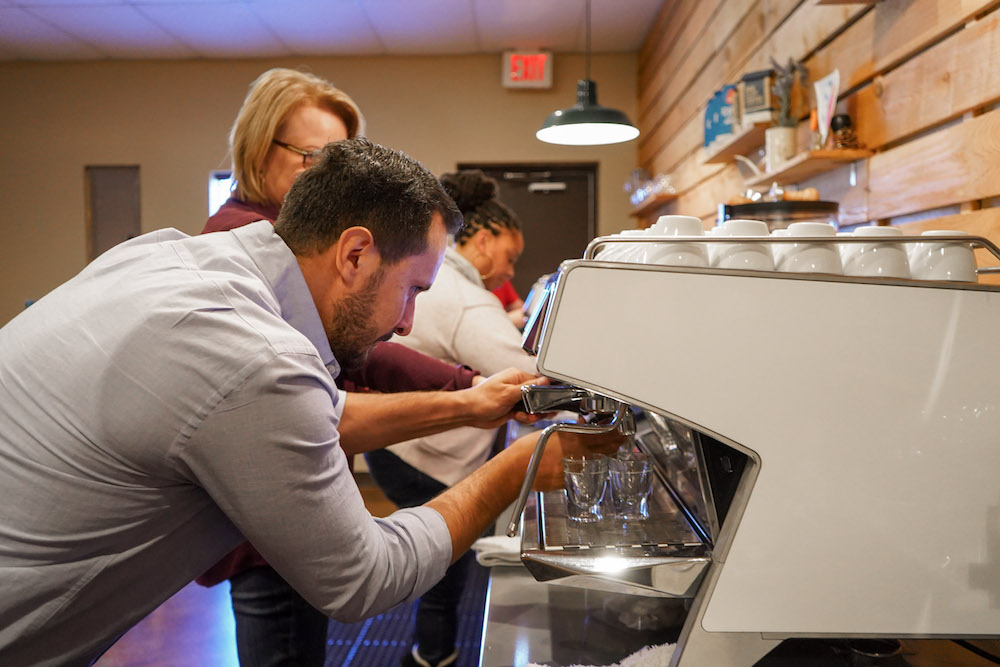
If you’re convinced that a new coffee program is just what your business needs, then let’s get brewing! Texas Coffee School can teach you the ins and outs of launching a coffee business in just three days. Join us for an upcoming 3-Day Coffee Business Master Class to get you on your feet so you can be up and running this year.
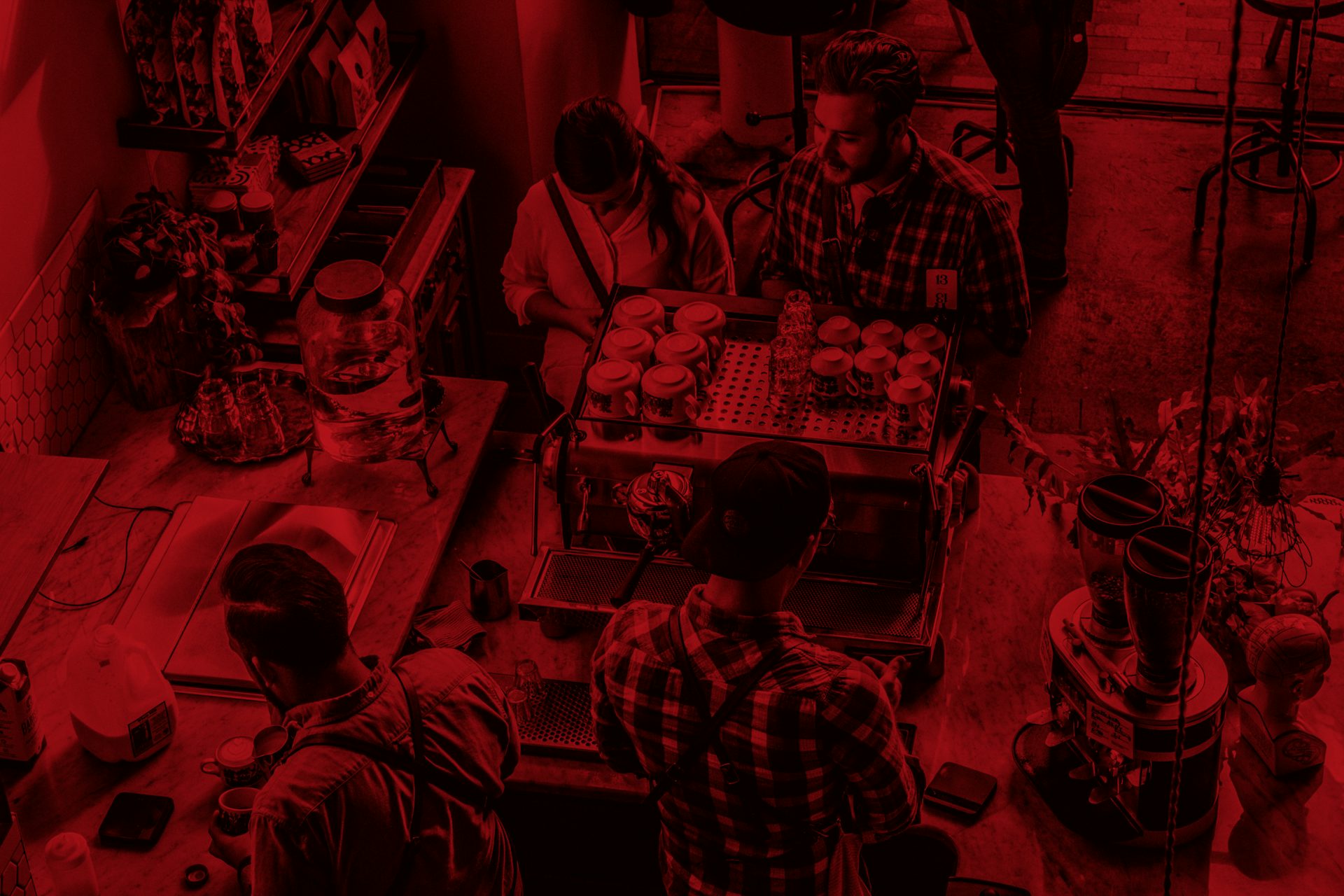
Register for a Coffee Class
The Best Coffee Training Available
We’ve helped hundreds of students successfully launch their own coffee shop businesses. Join us in our 5-Star Rated Coffee Classes, whether you’re an aspiring entrepreneur looking to open a coffee shop, a manager, a barista or home enthusiast looking to sharpen your skills.


